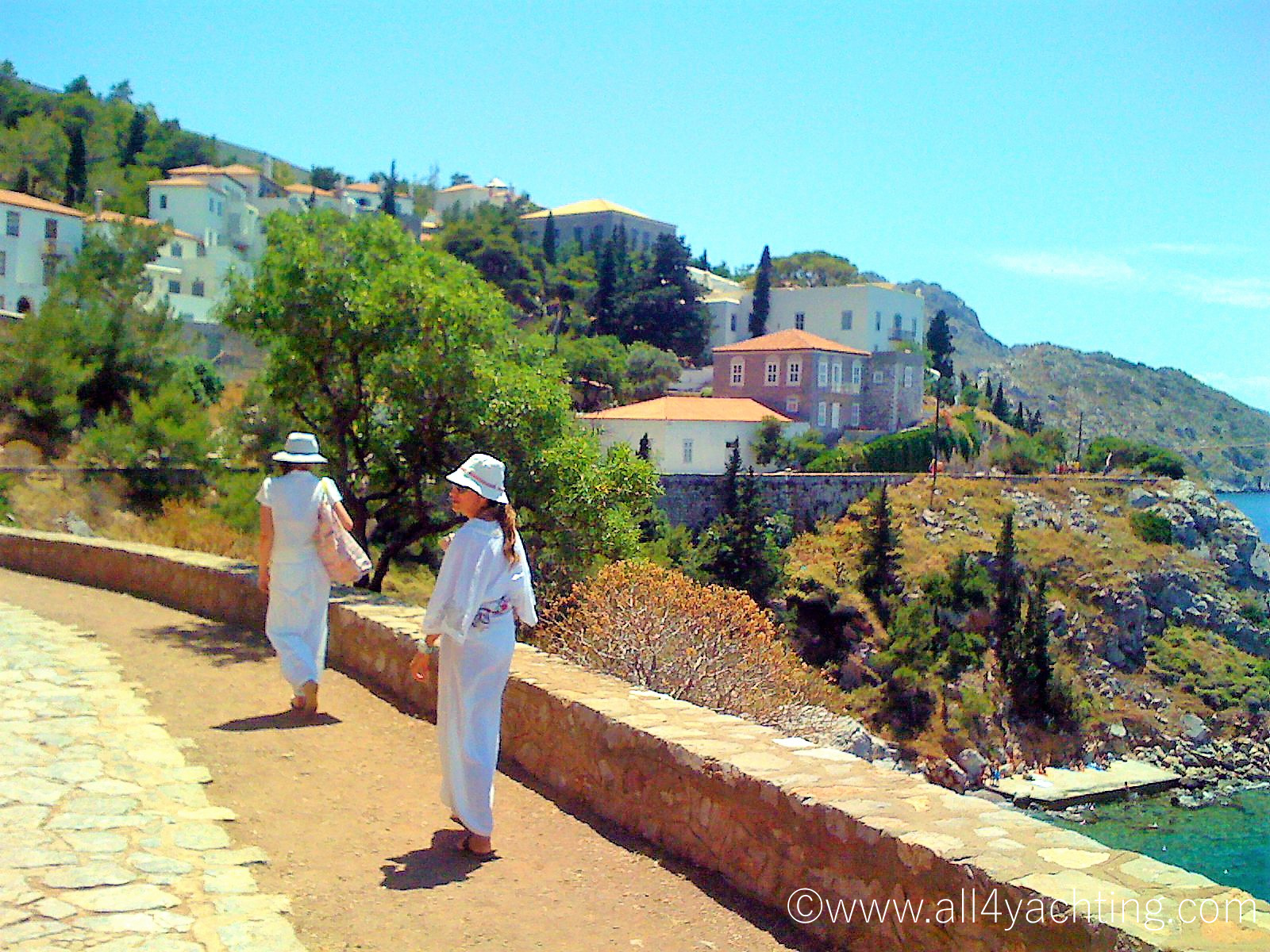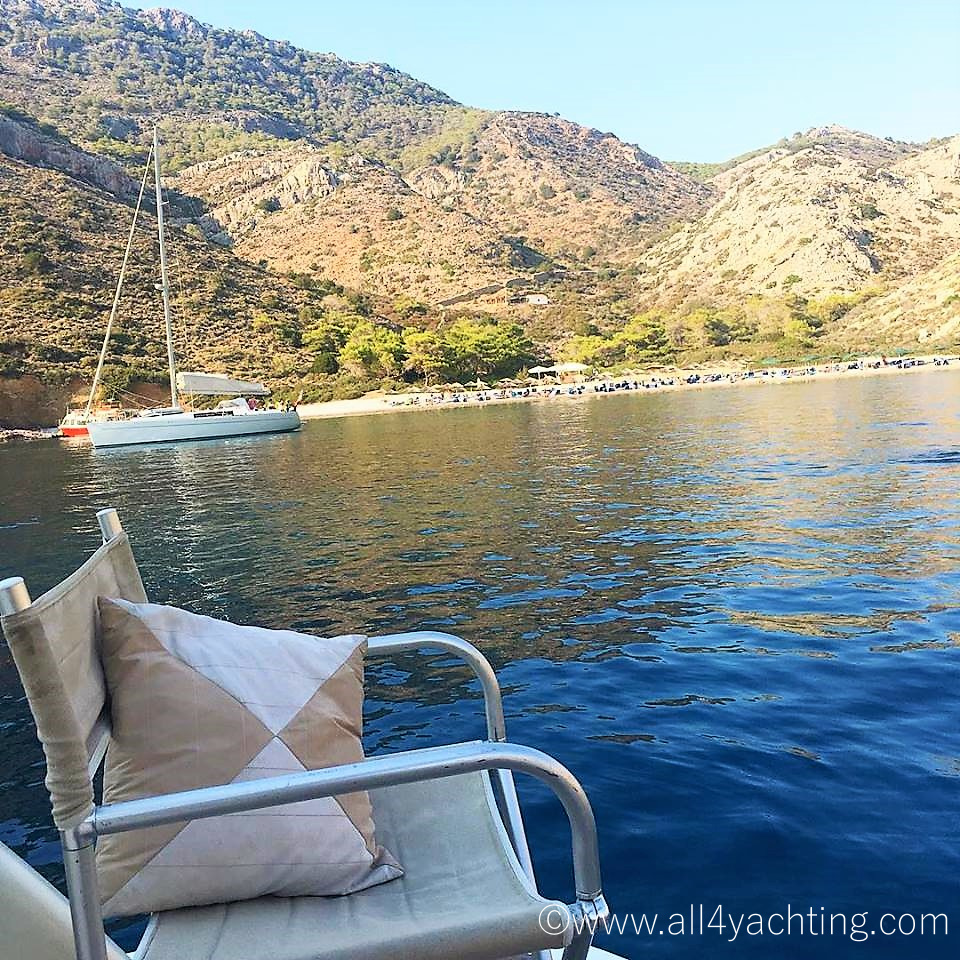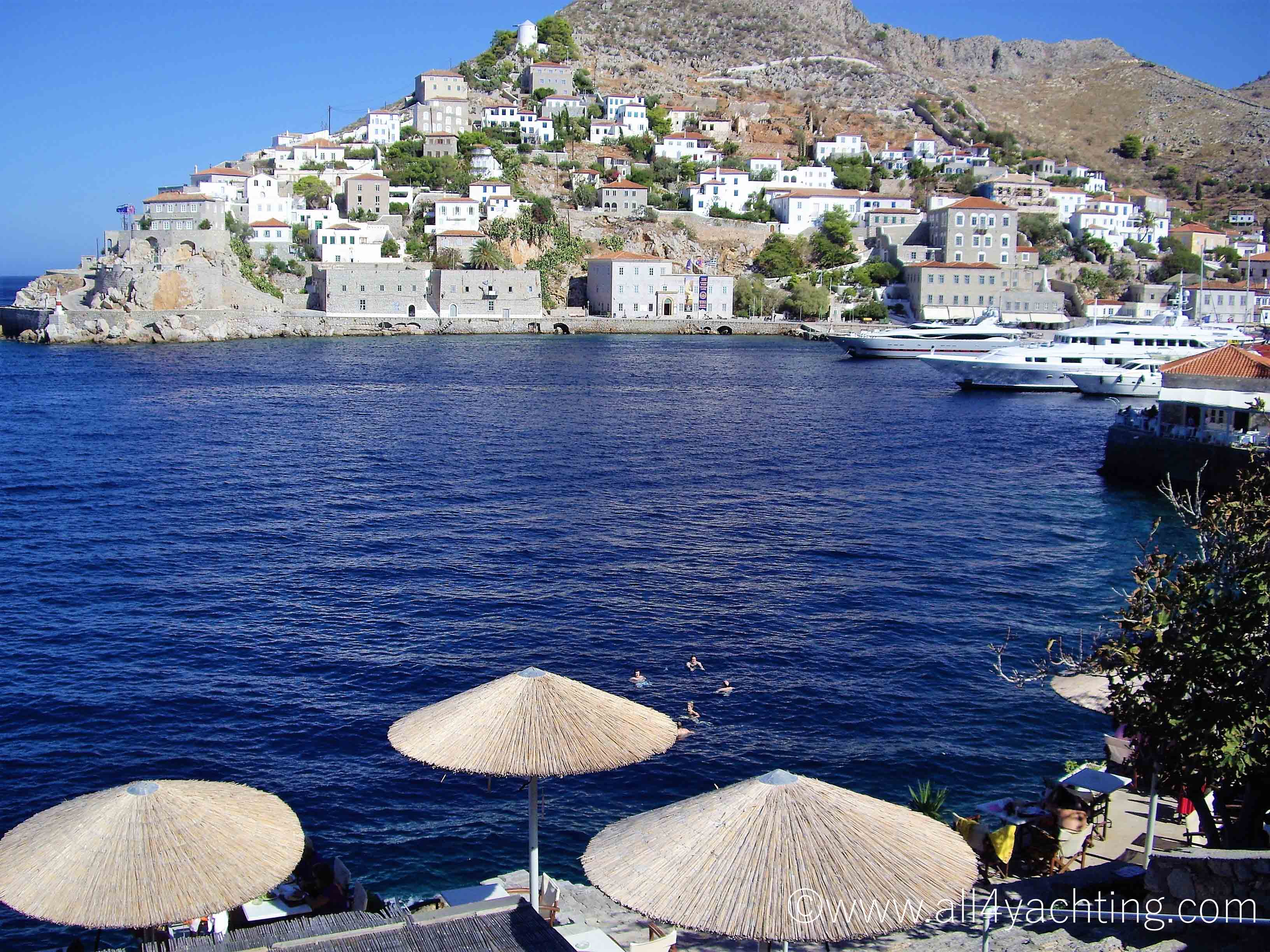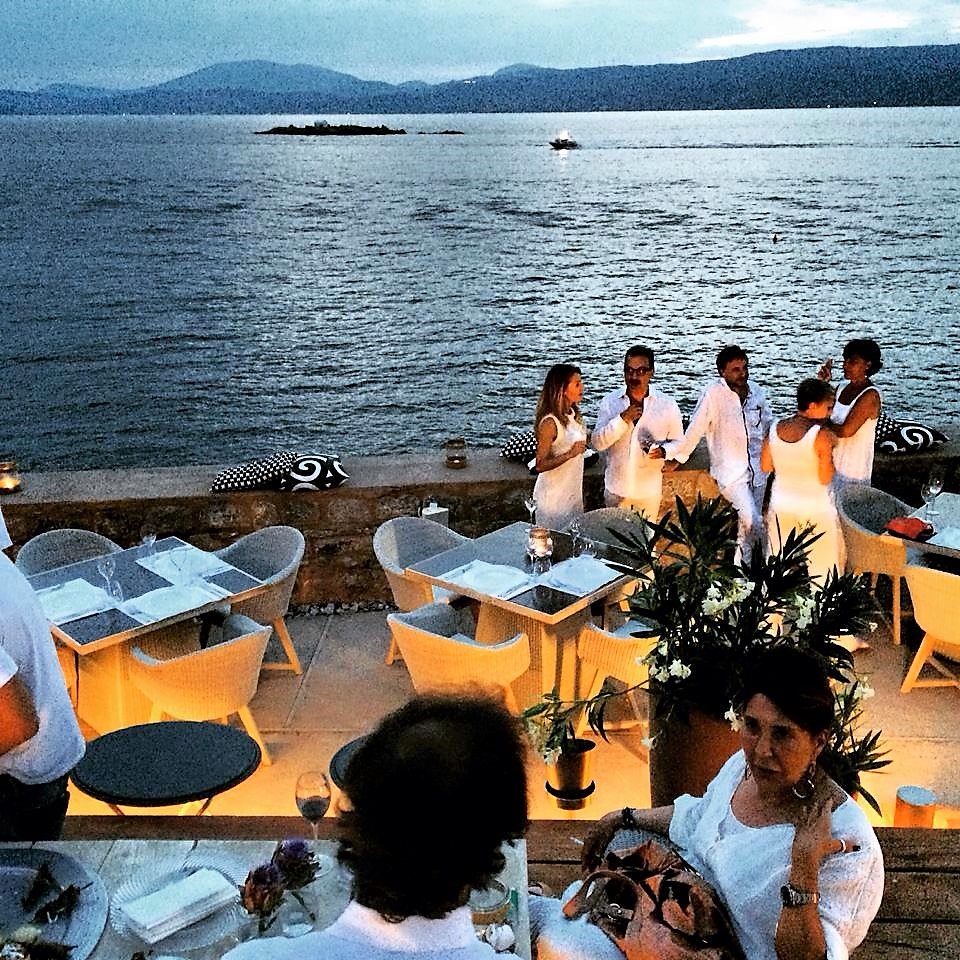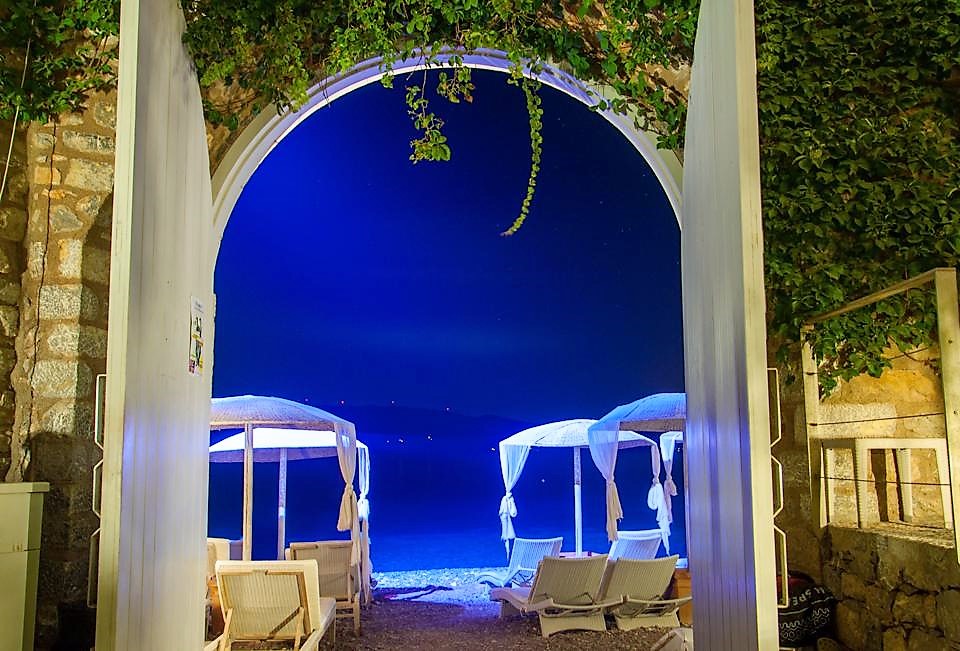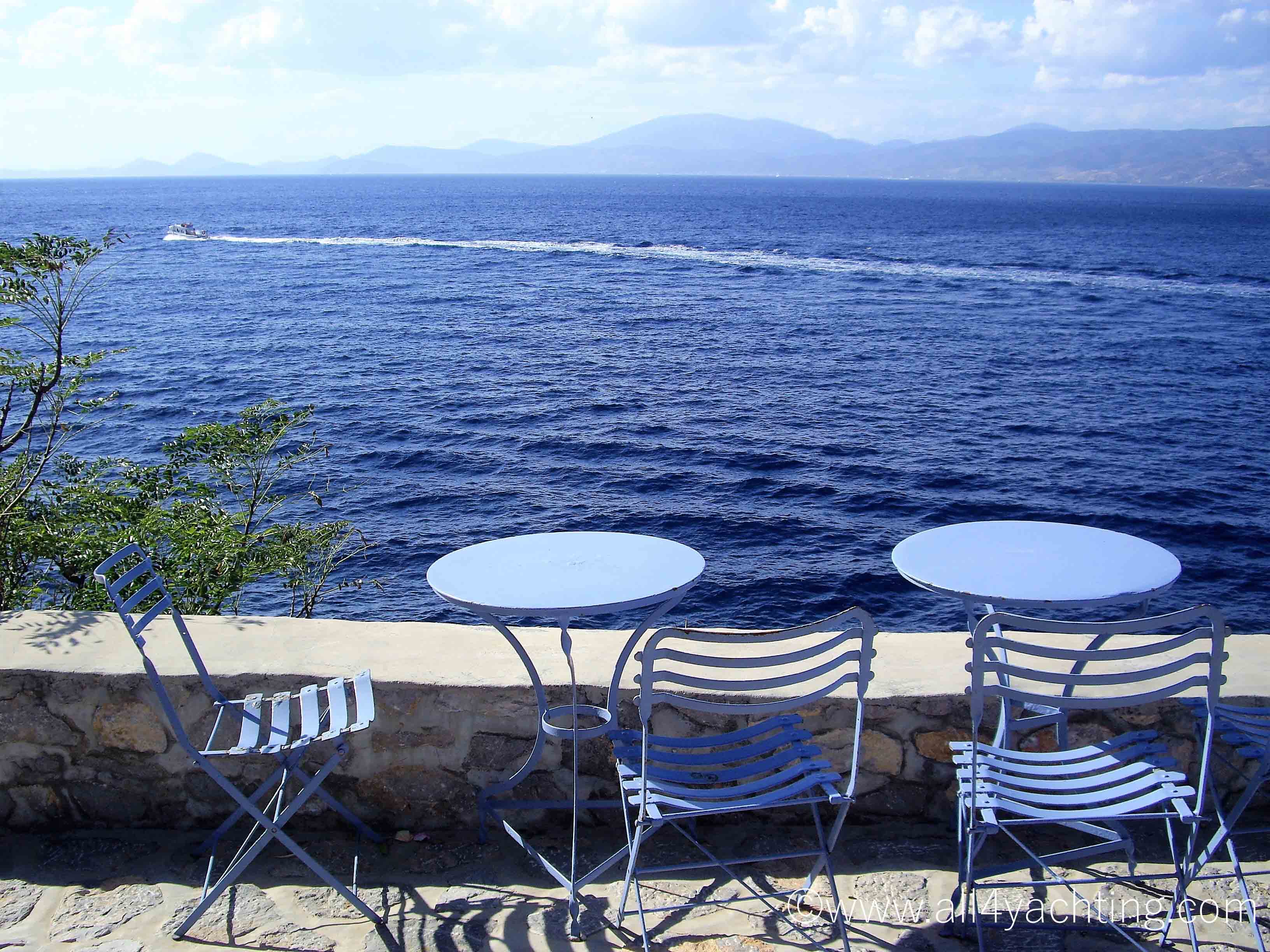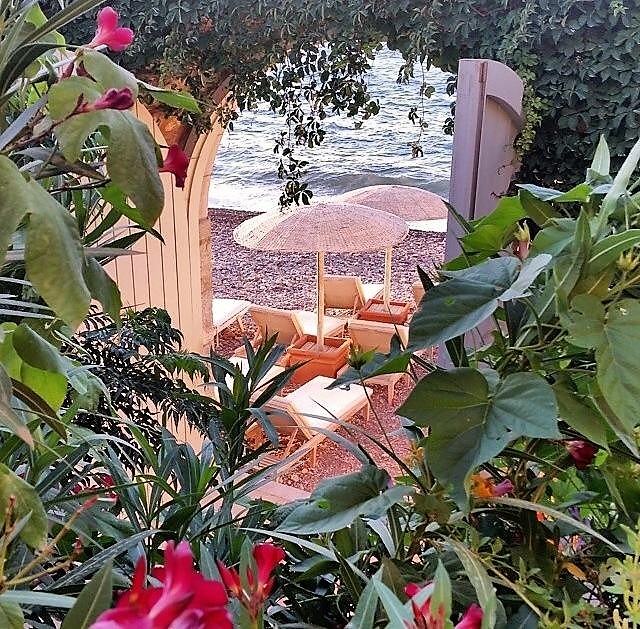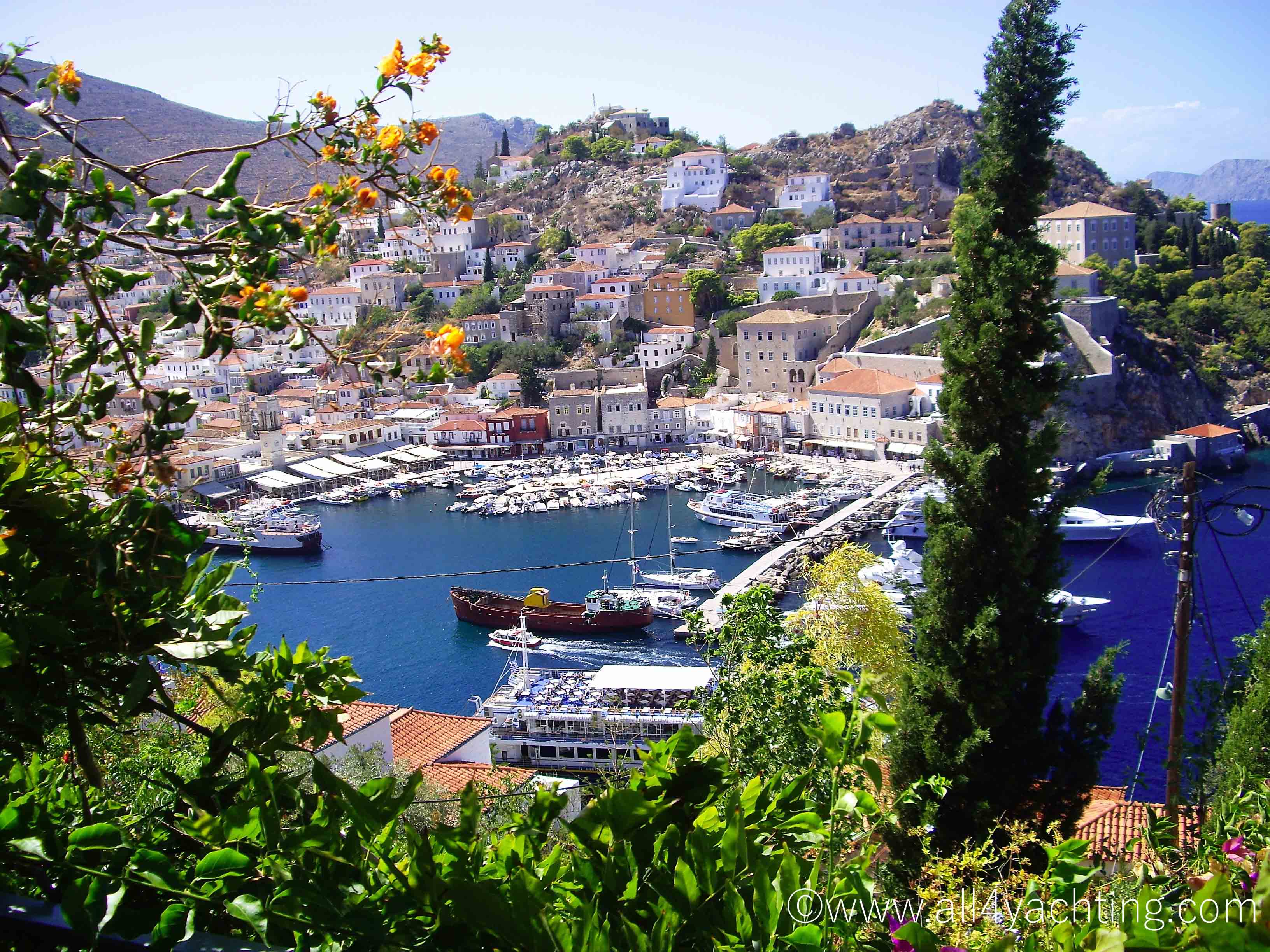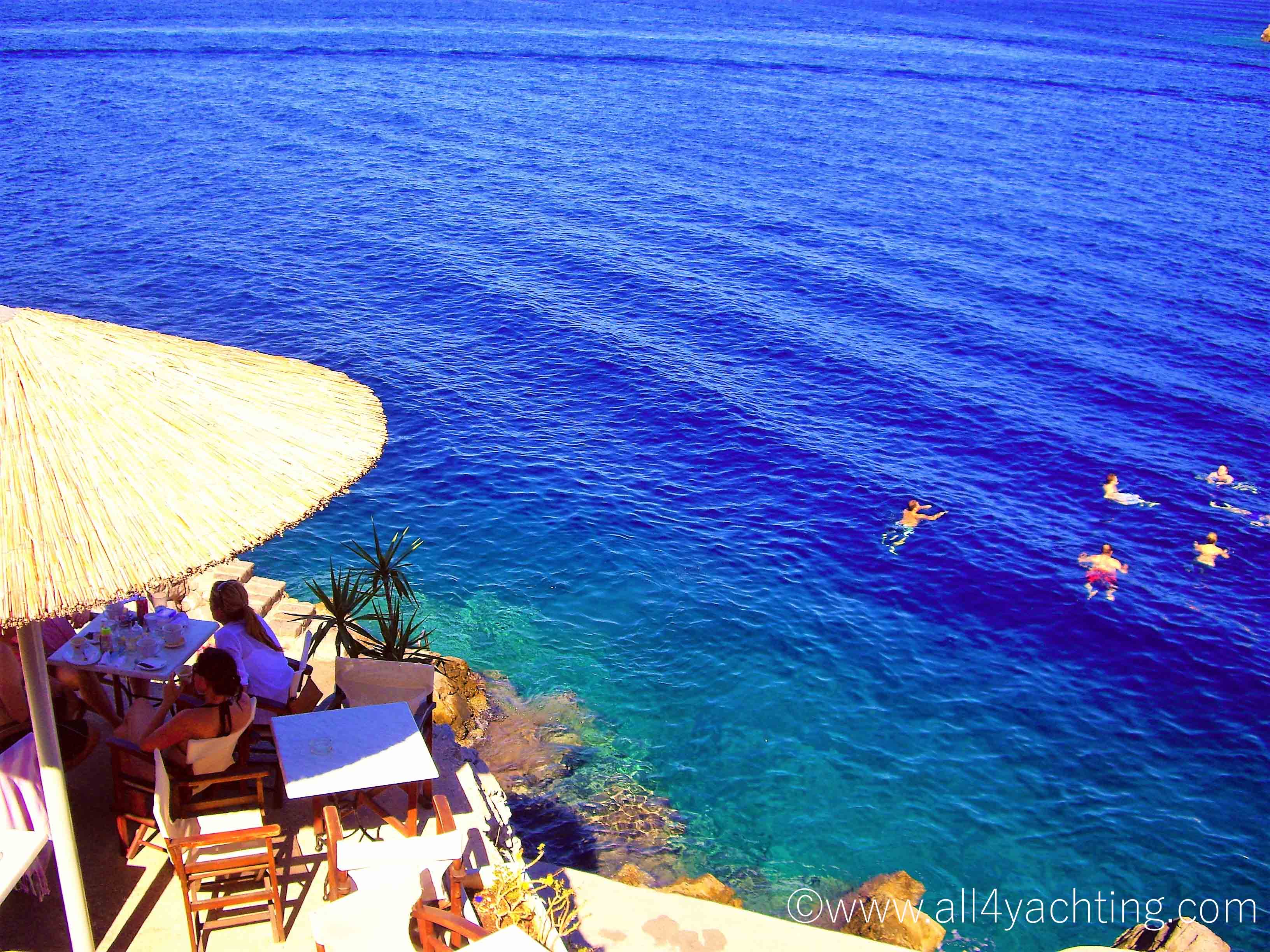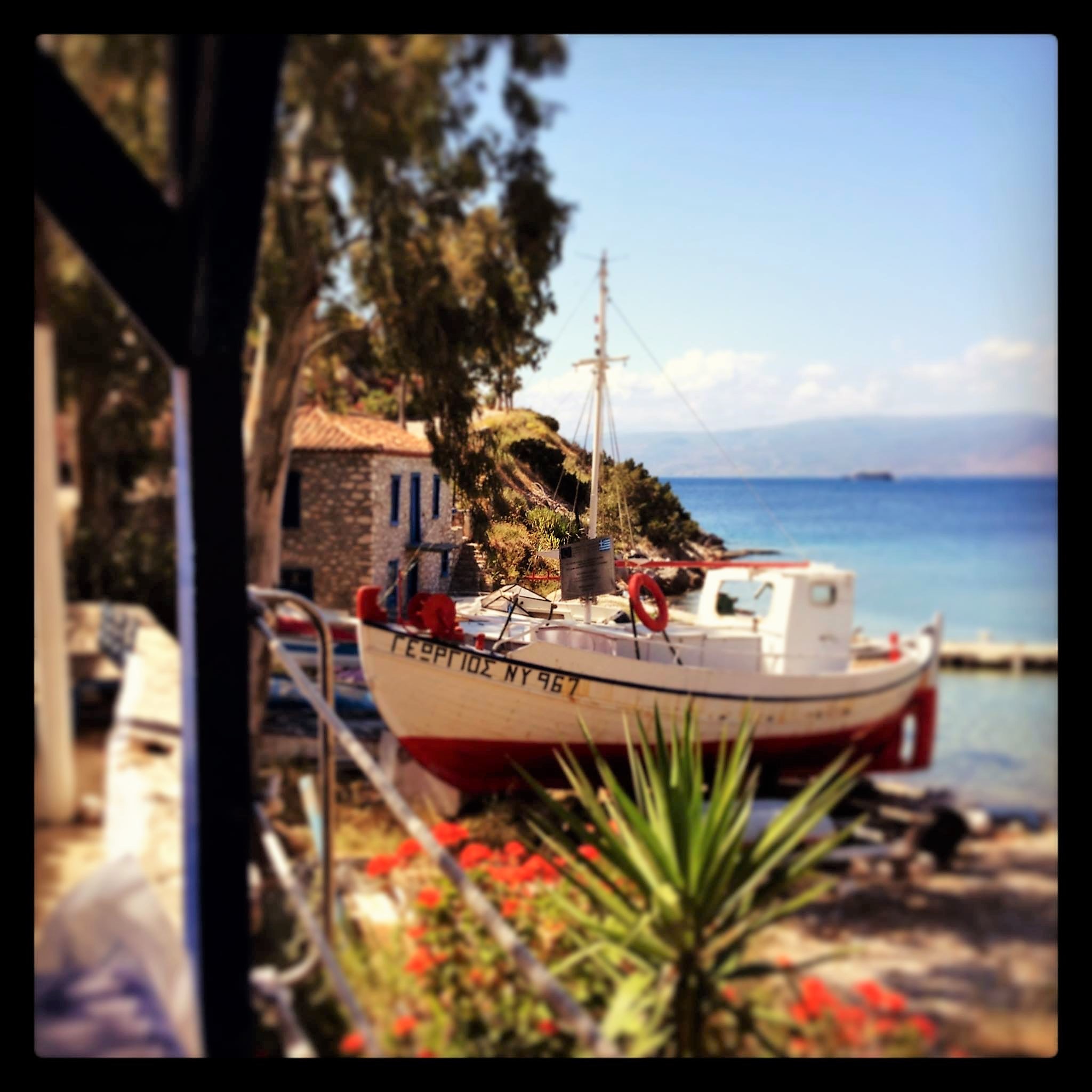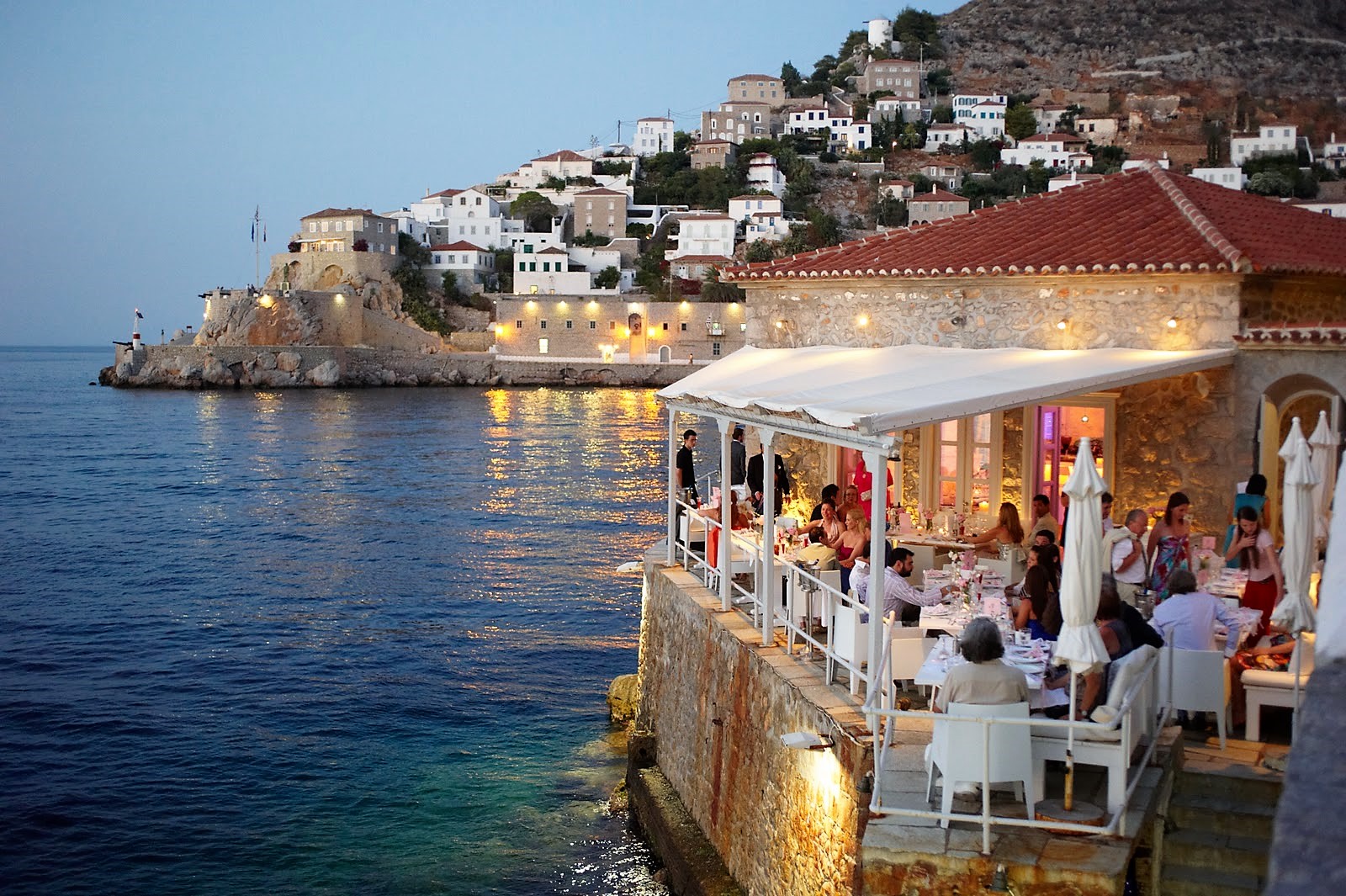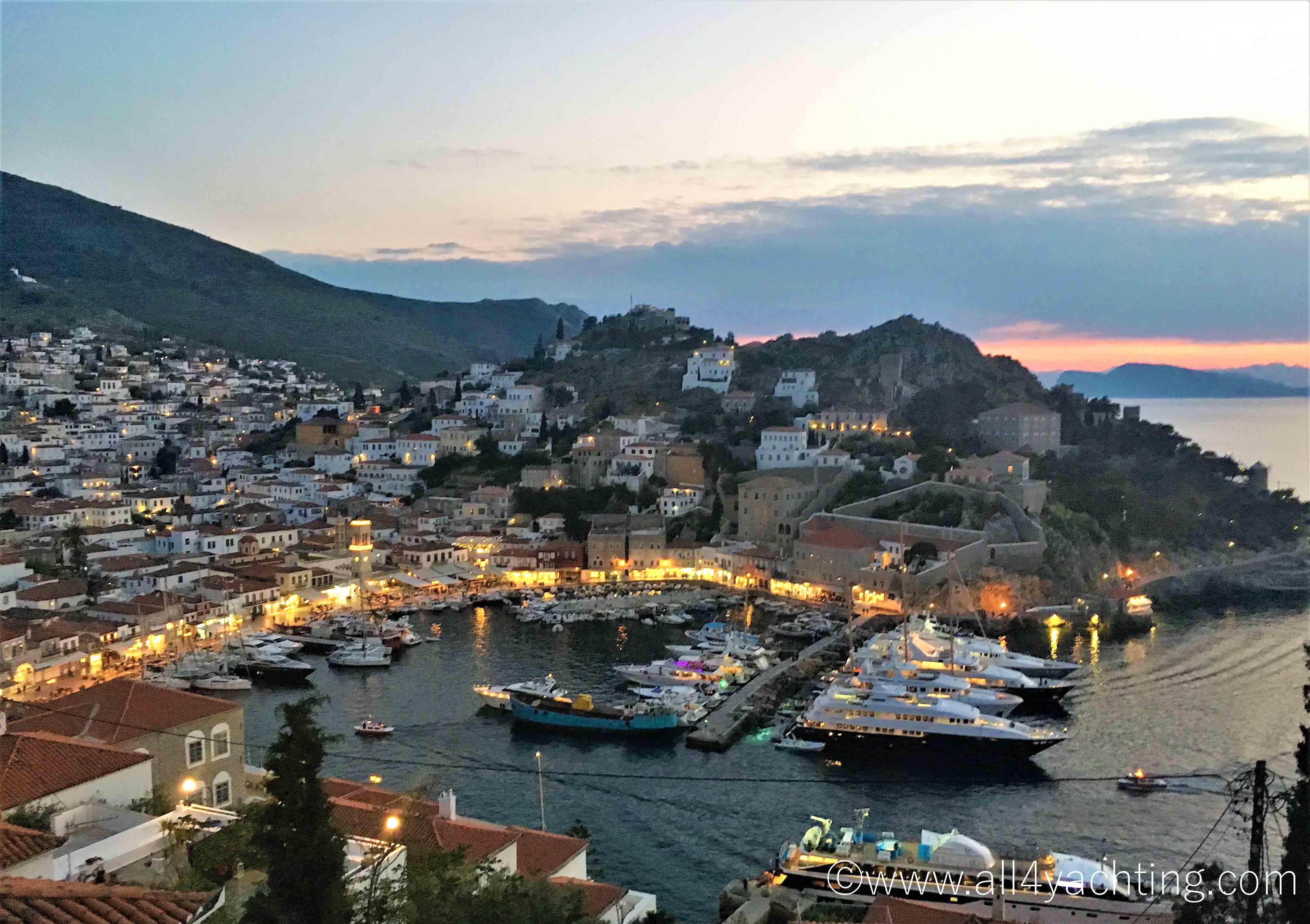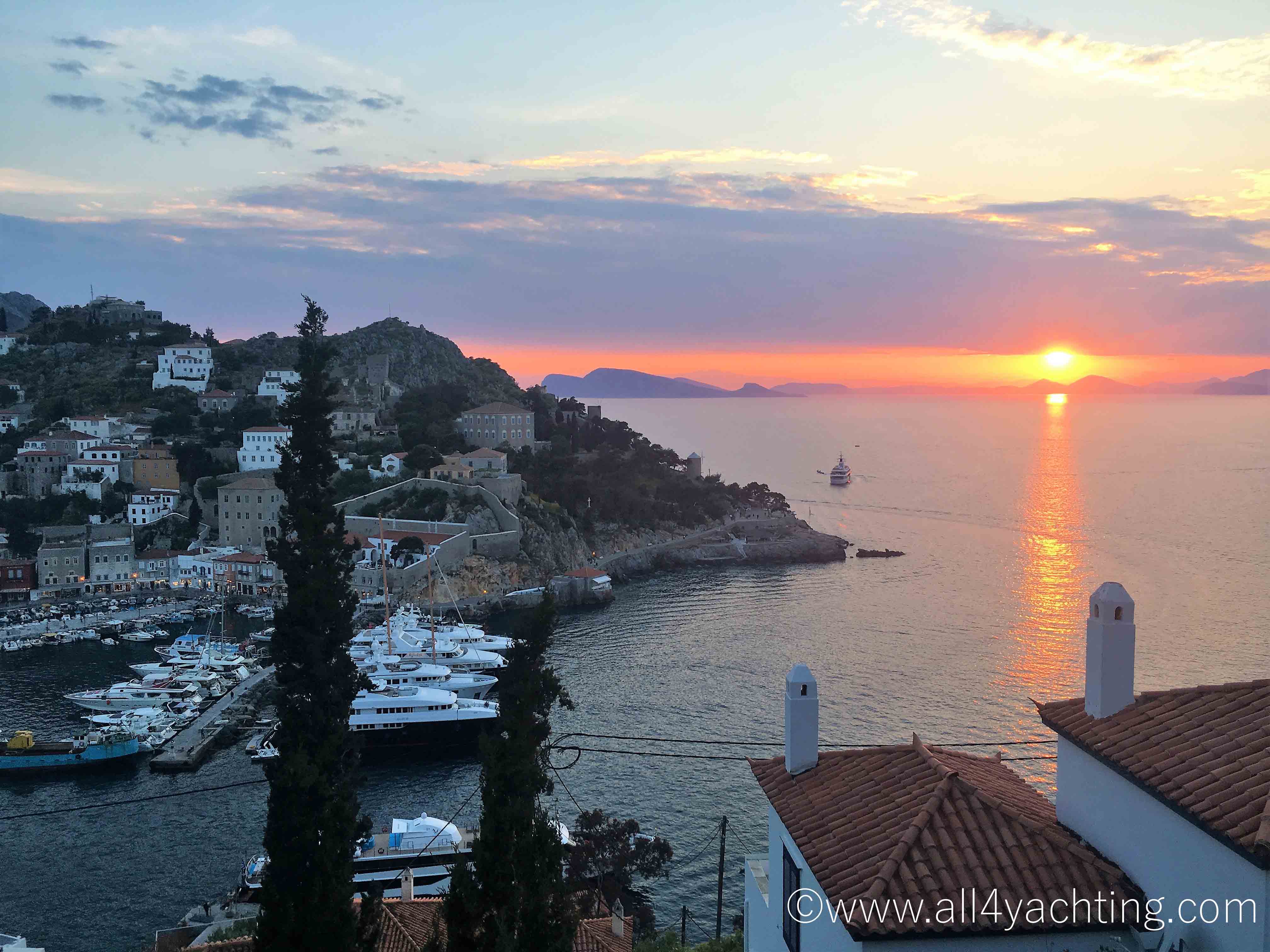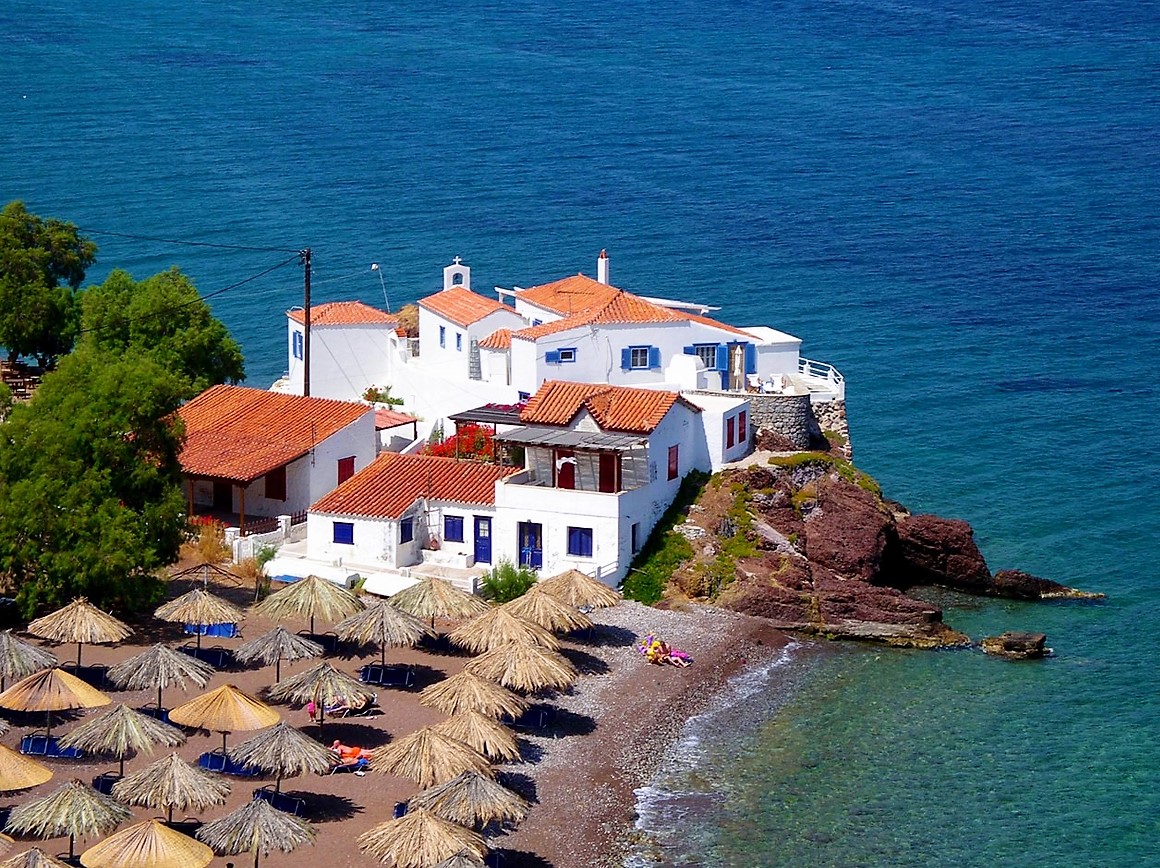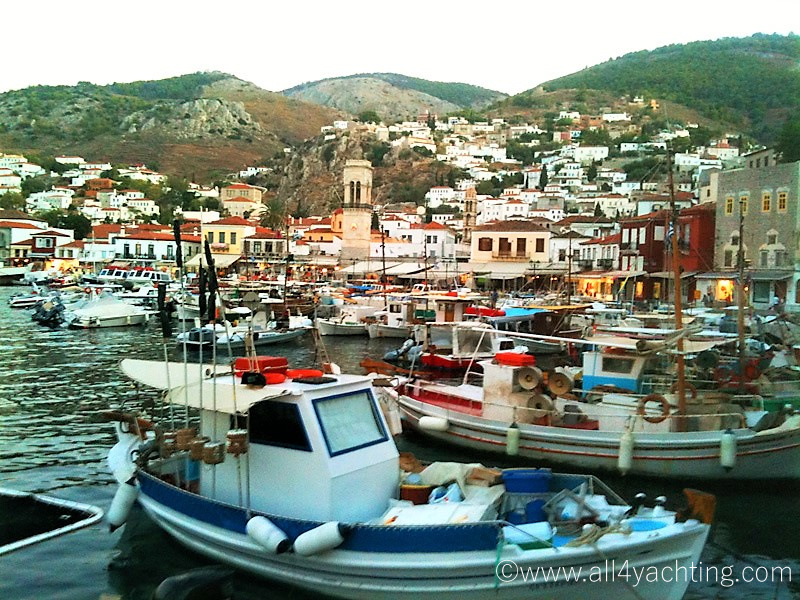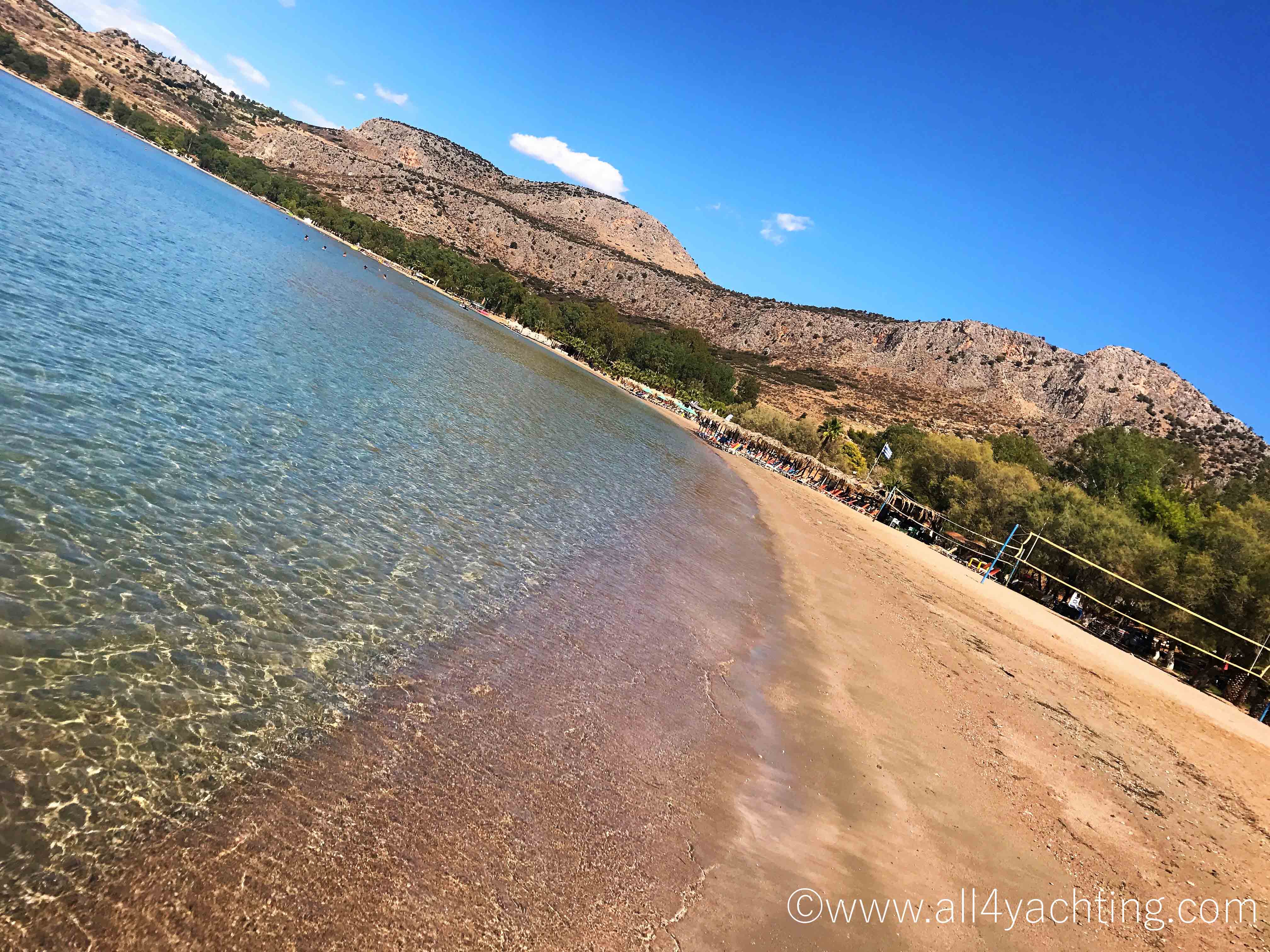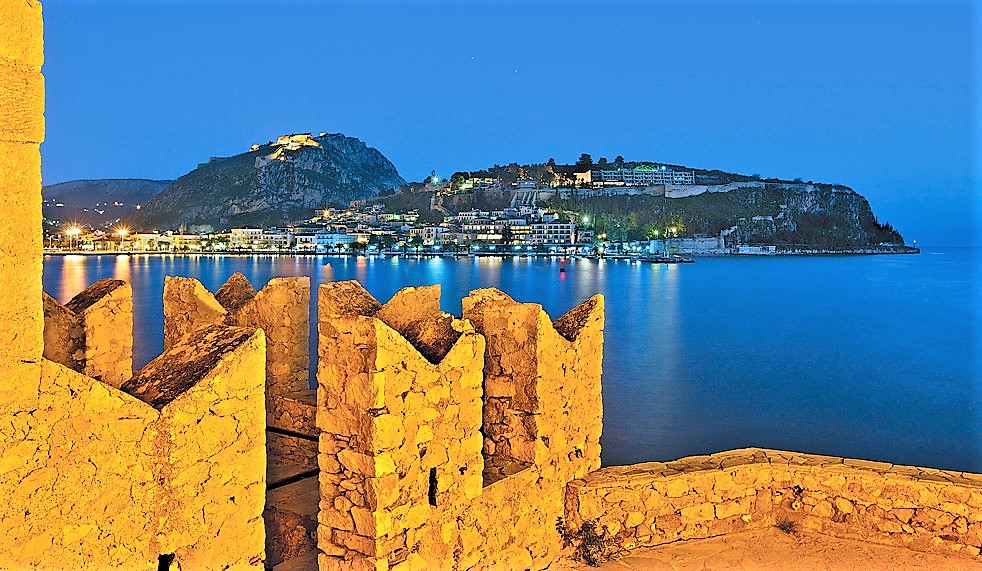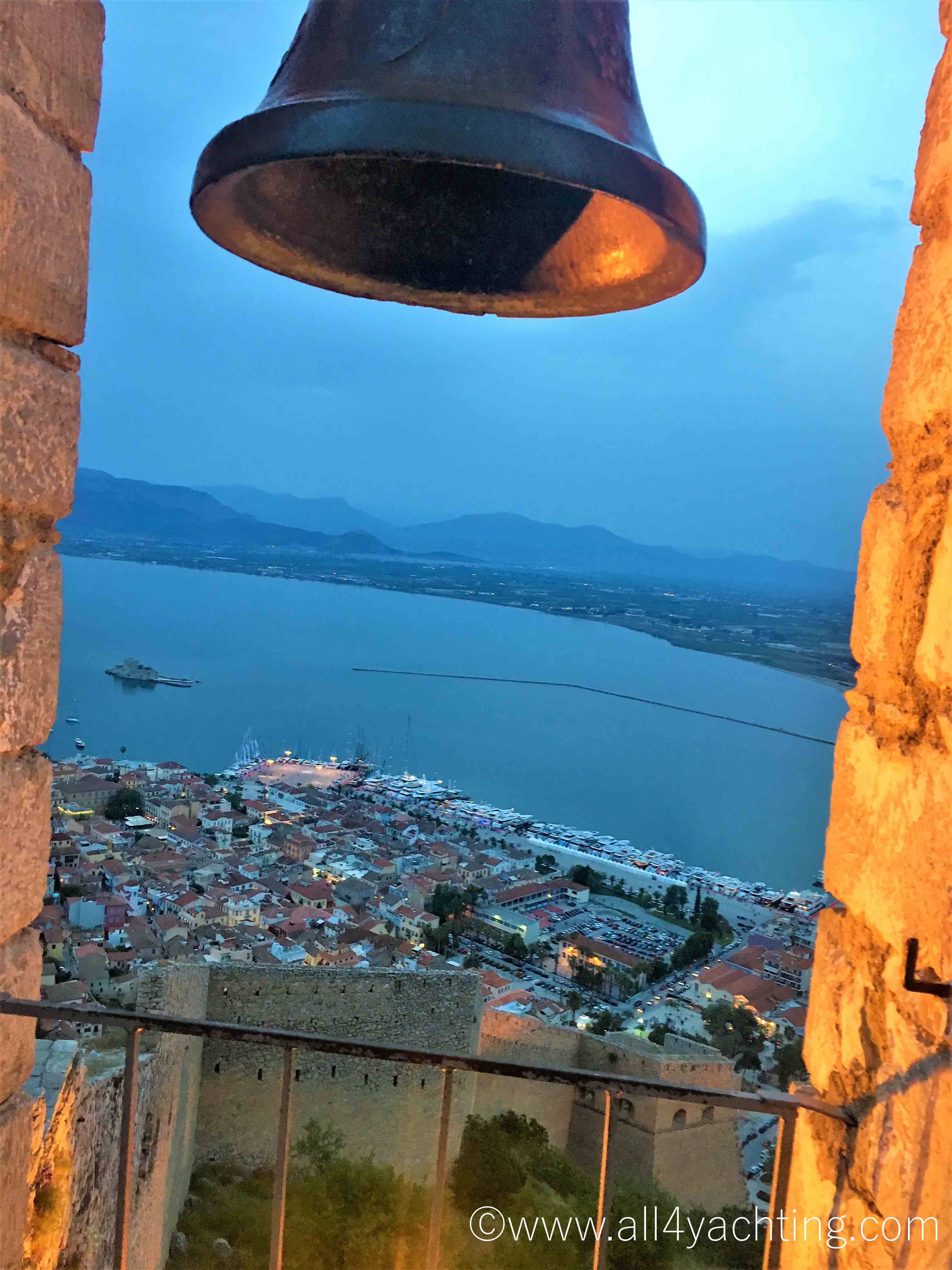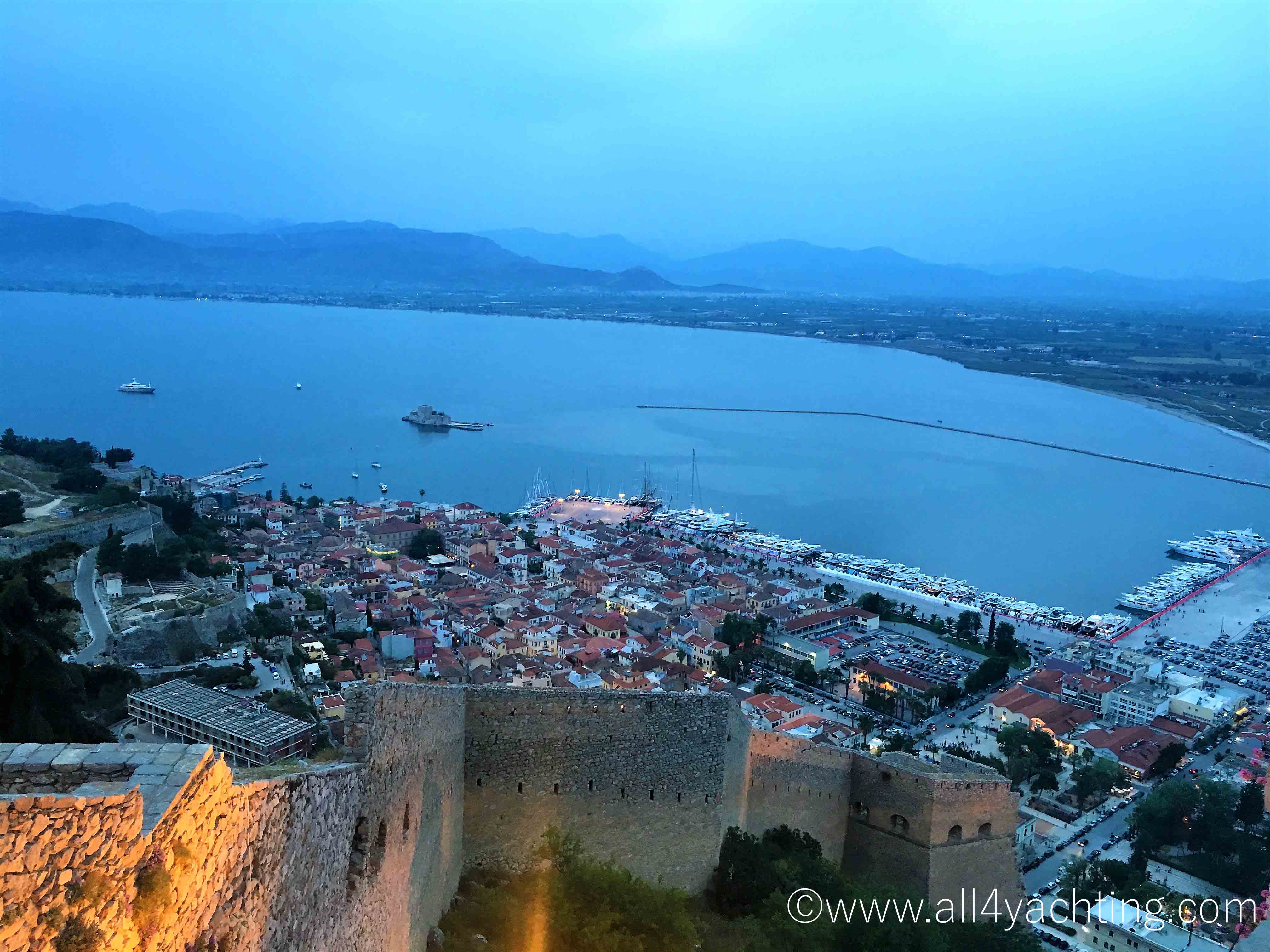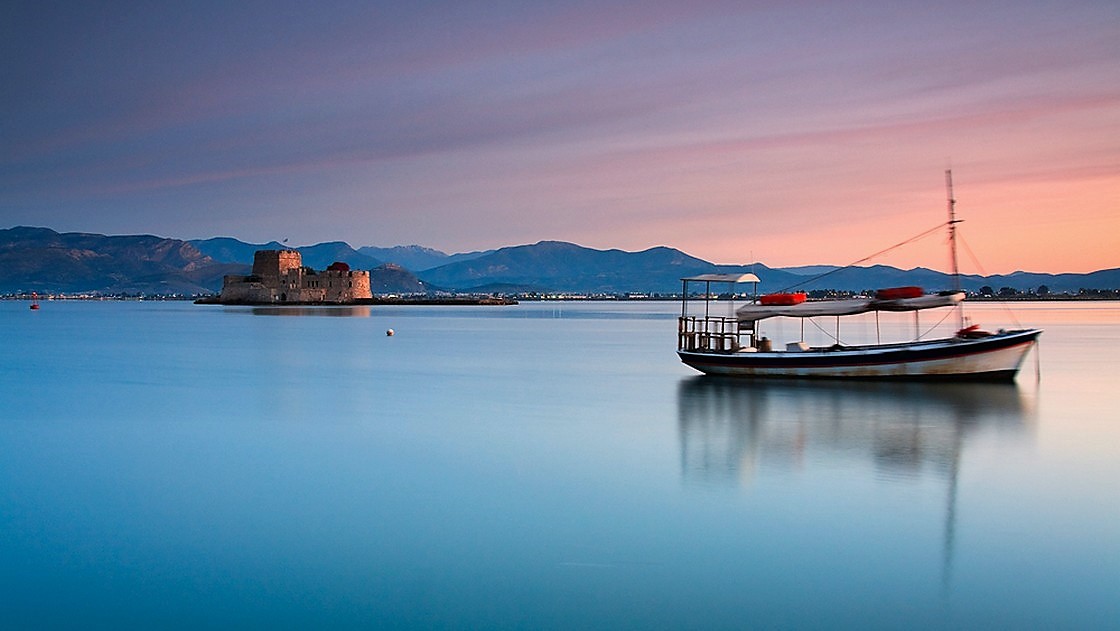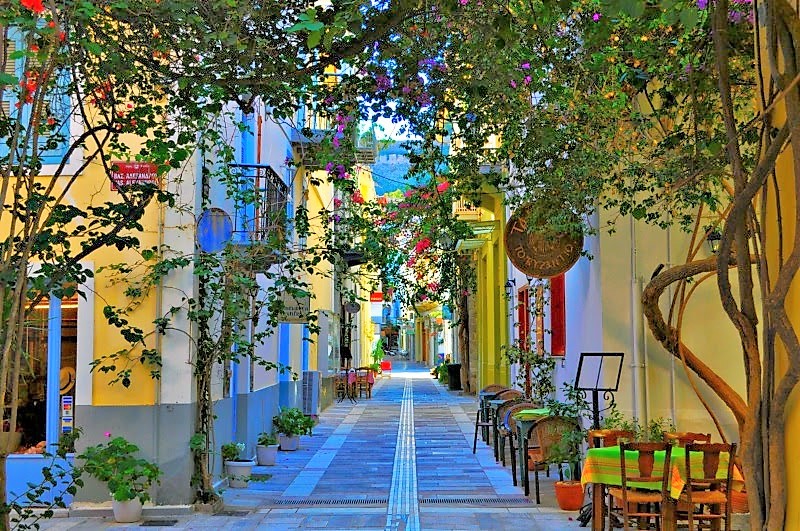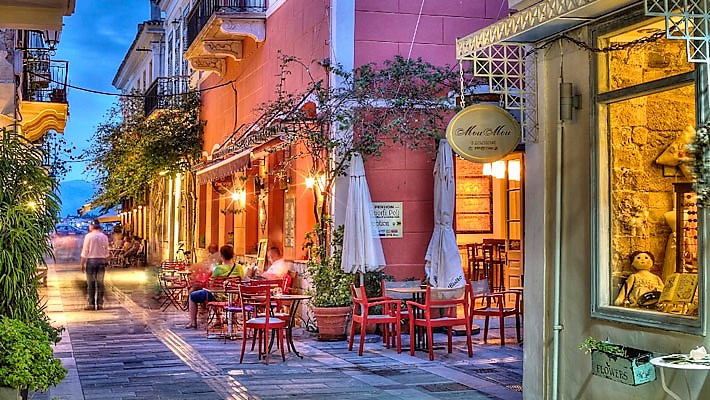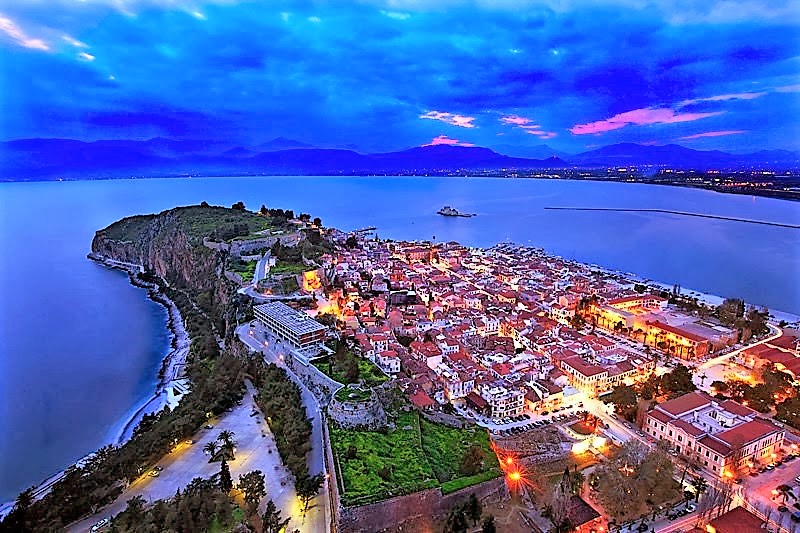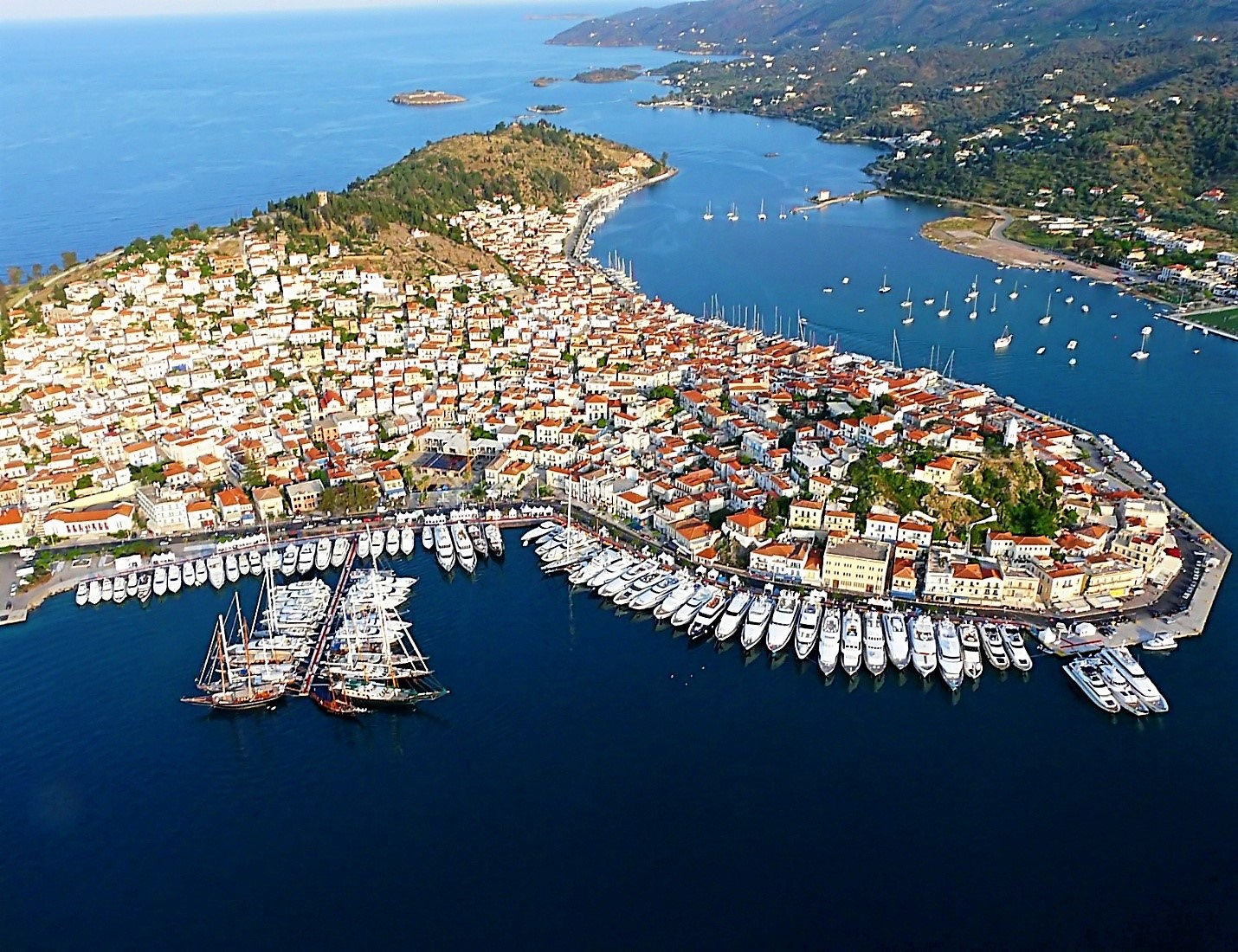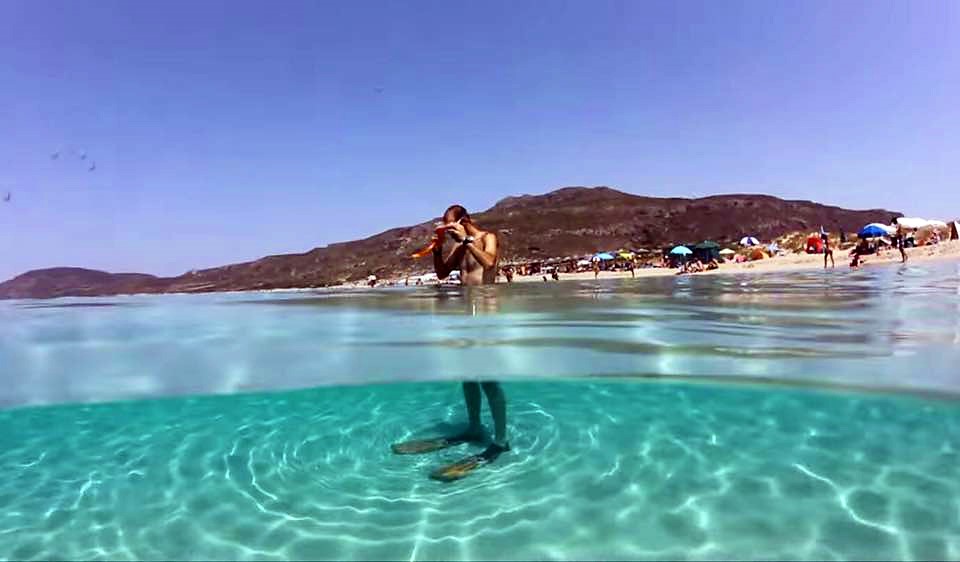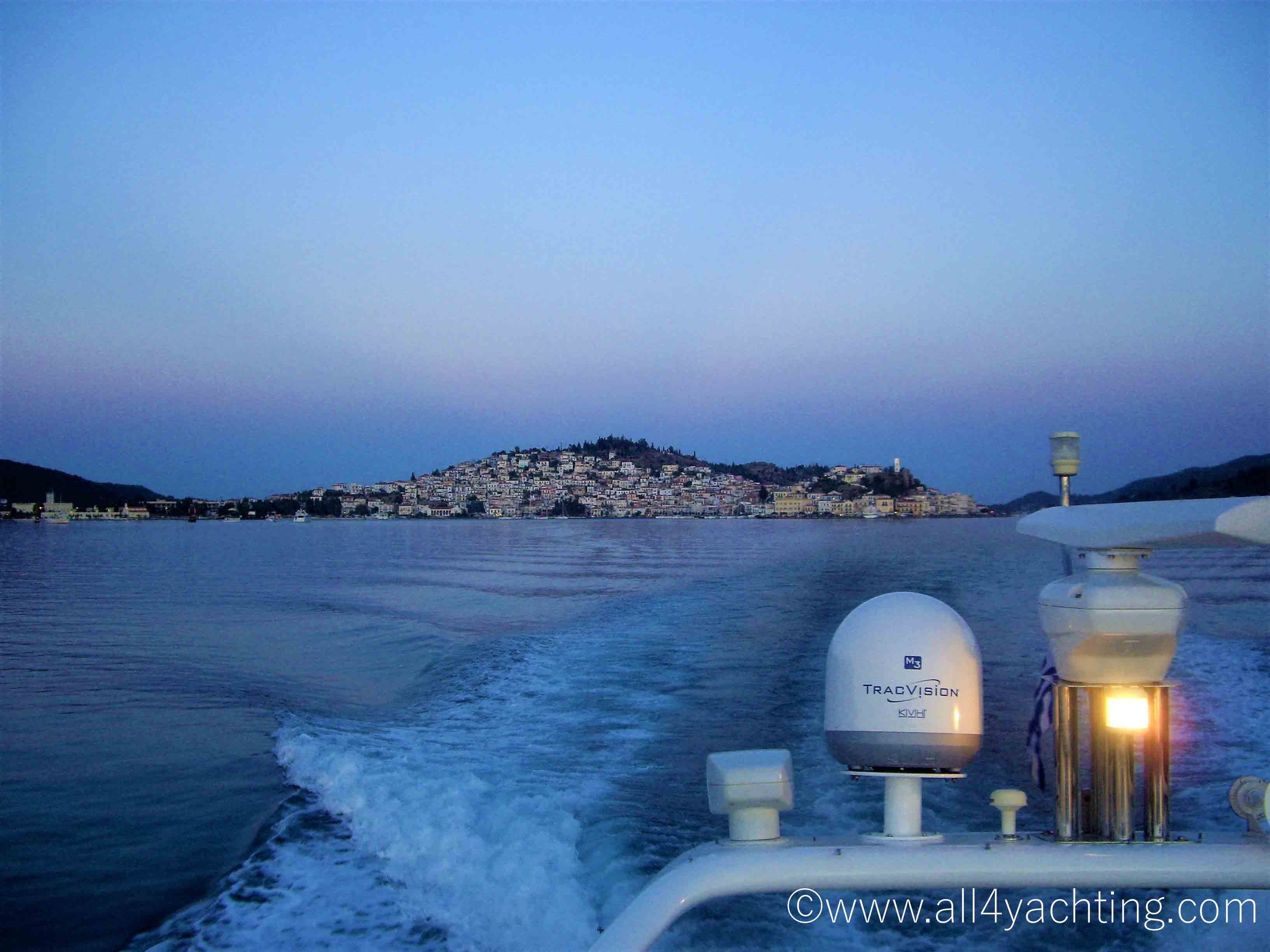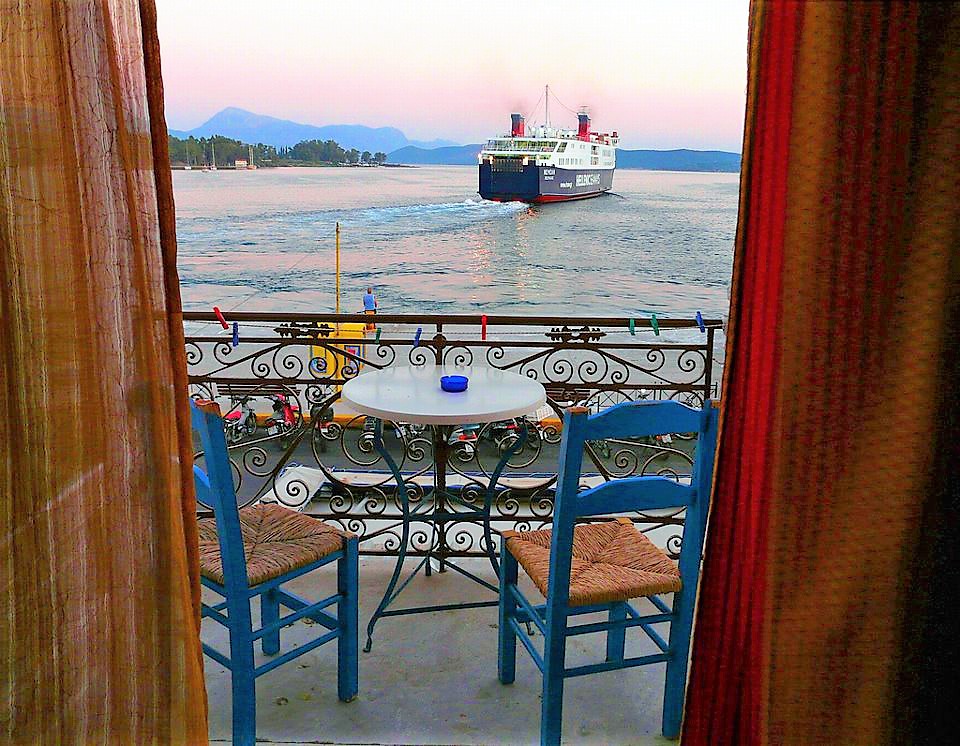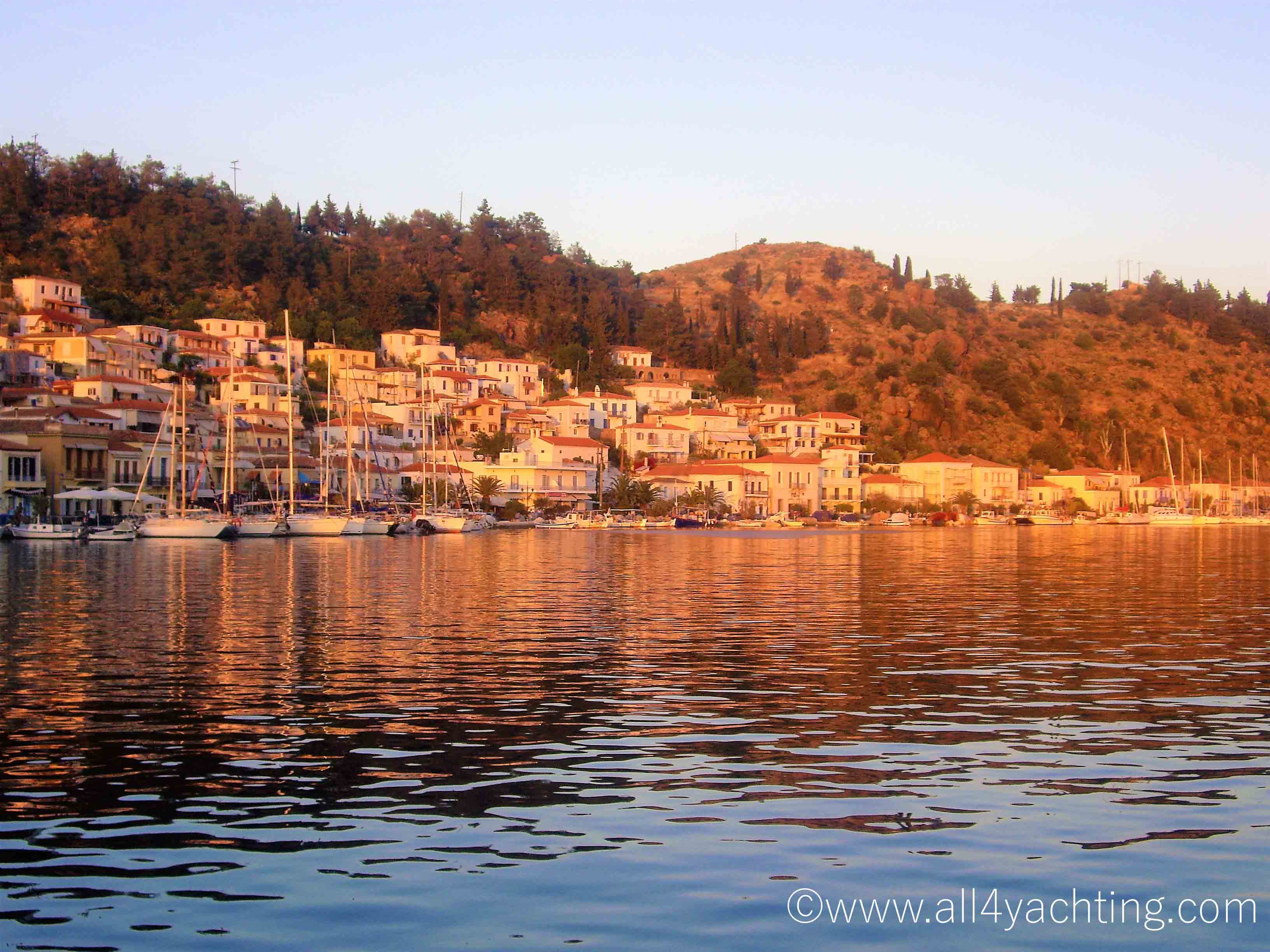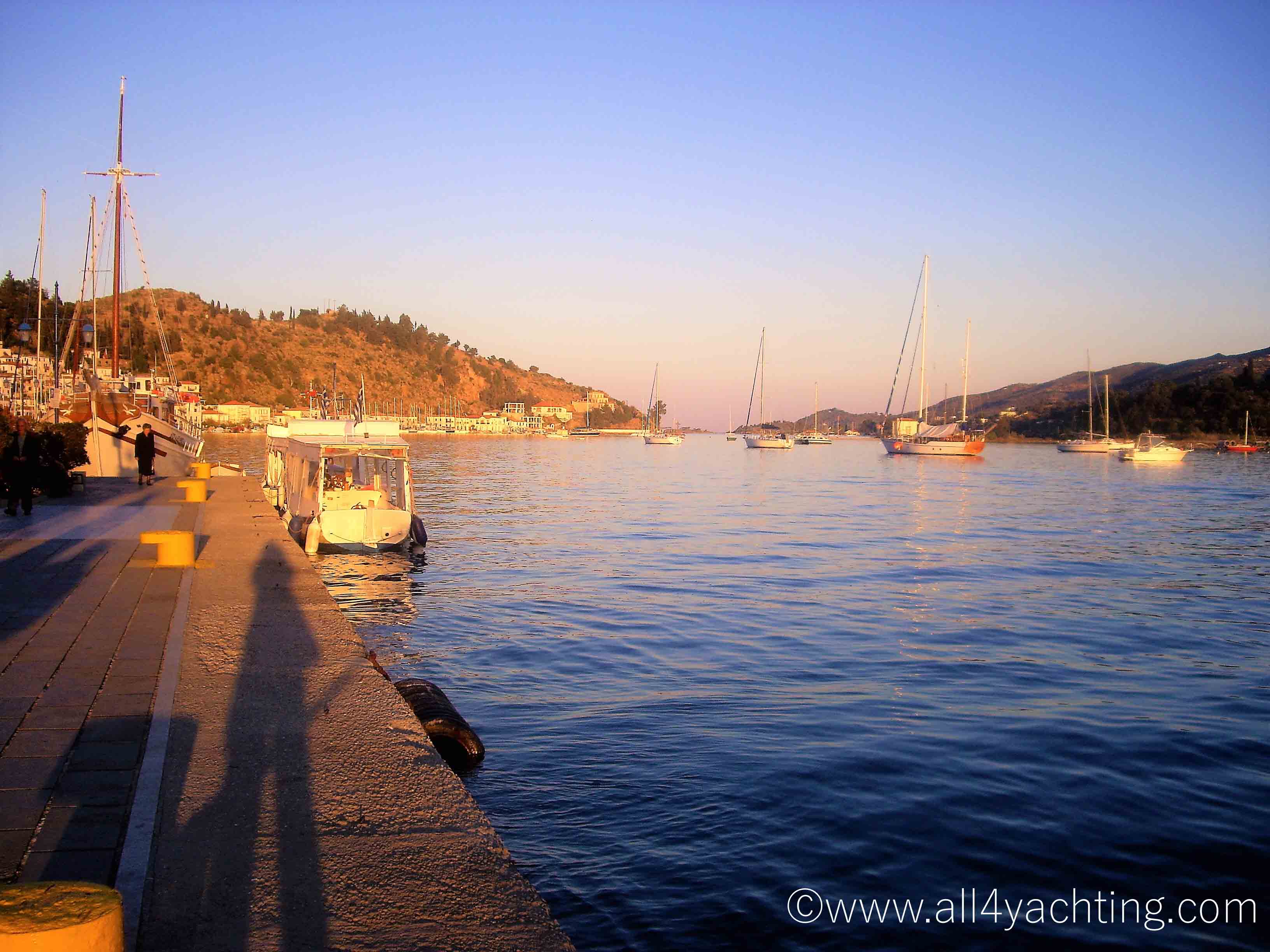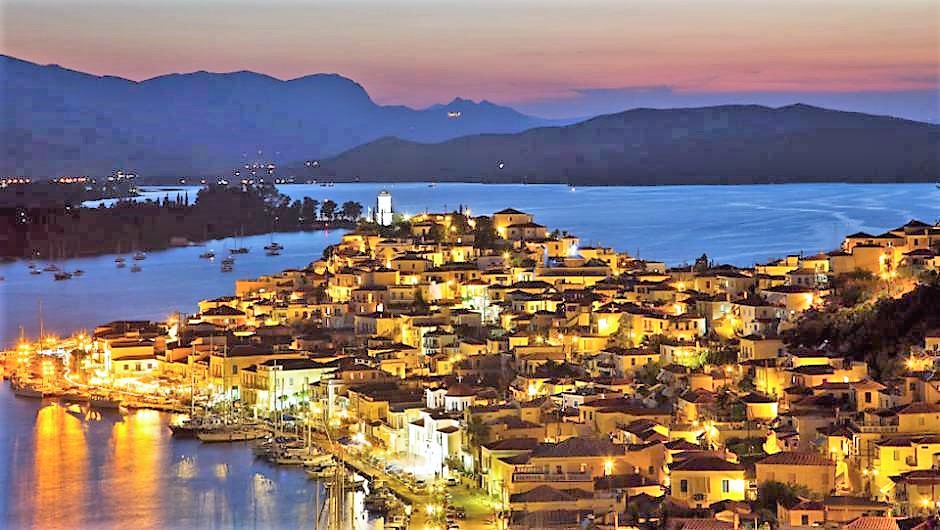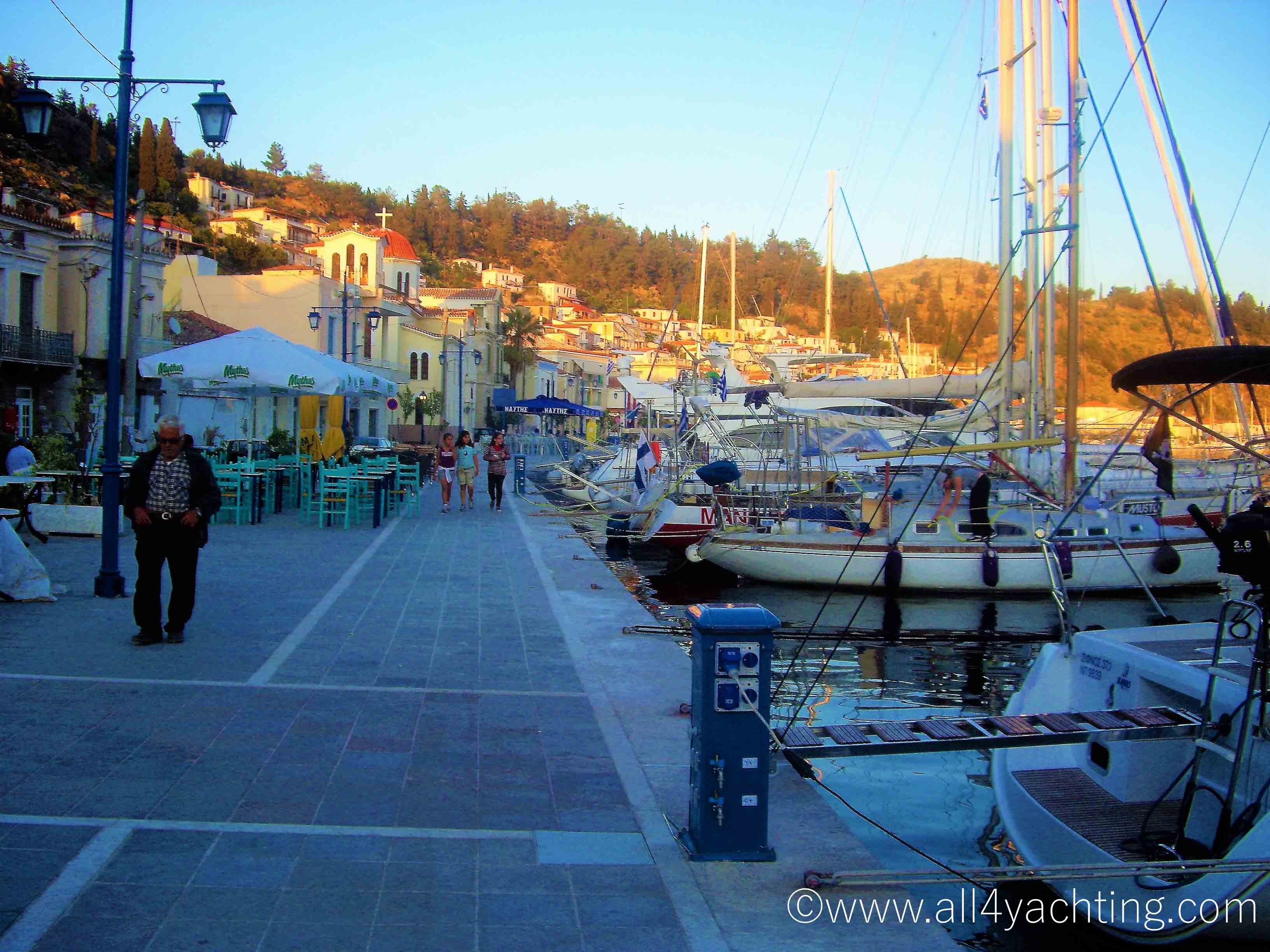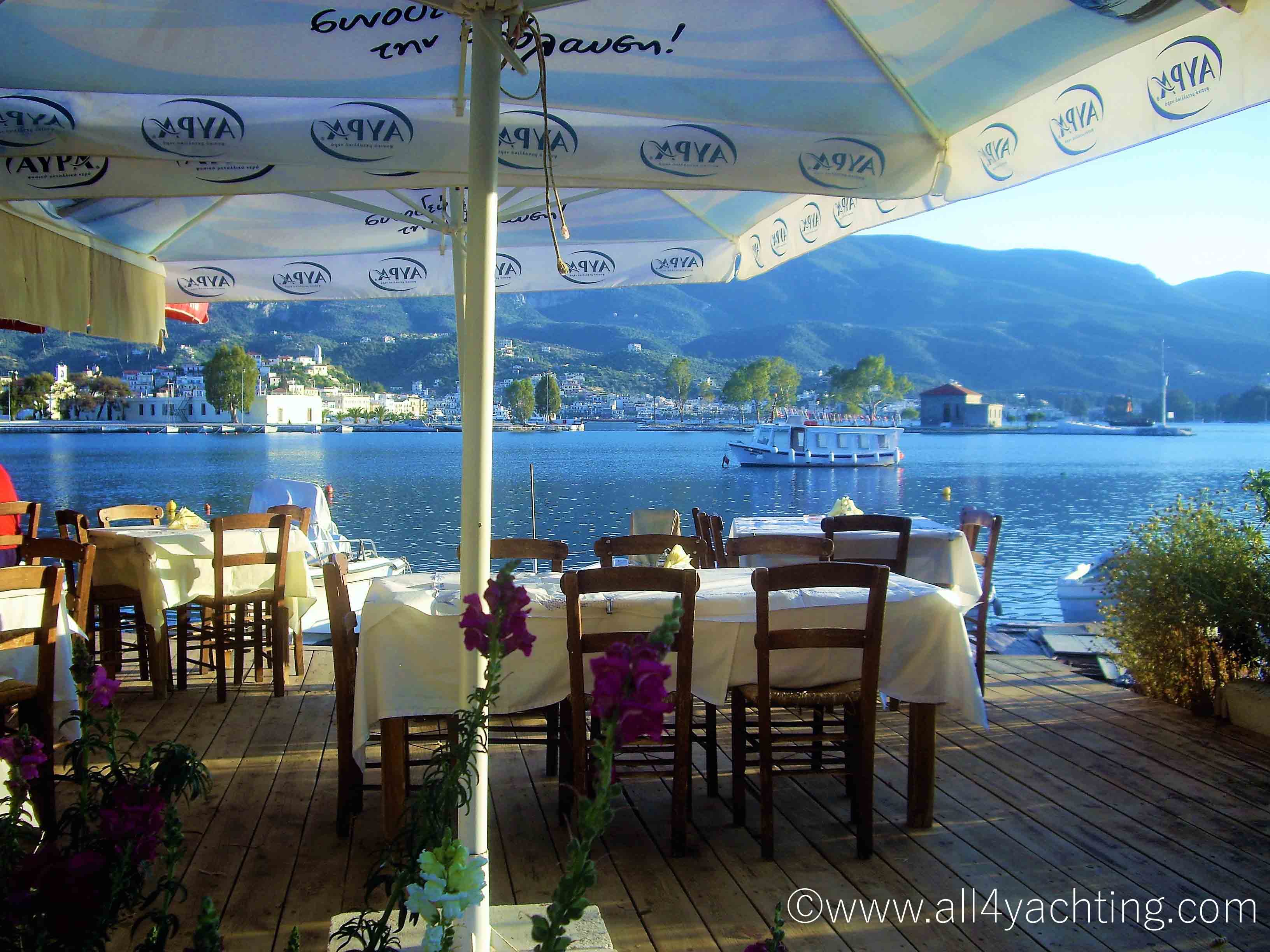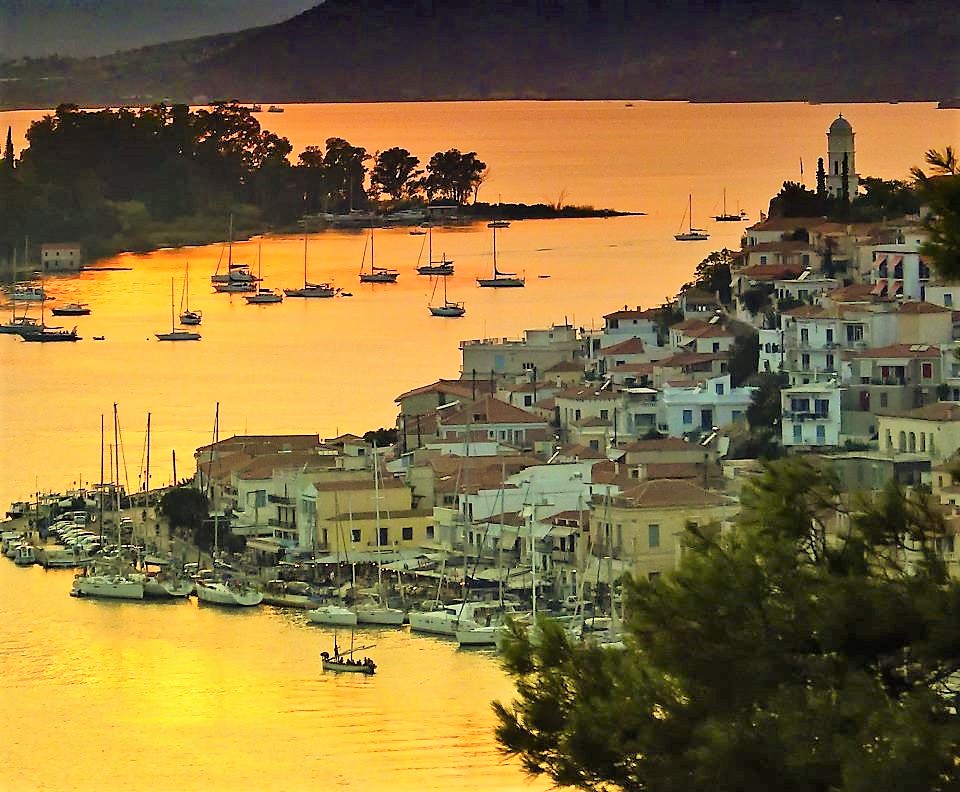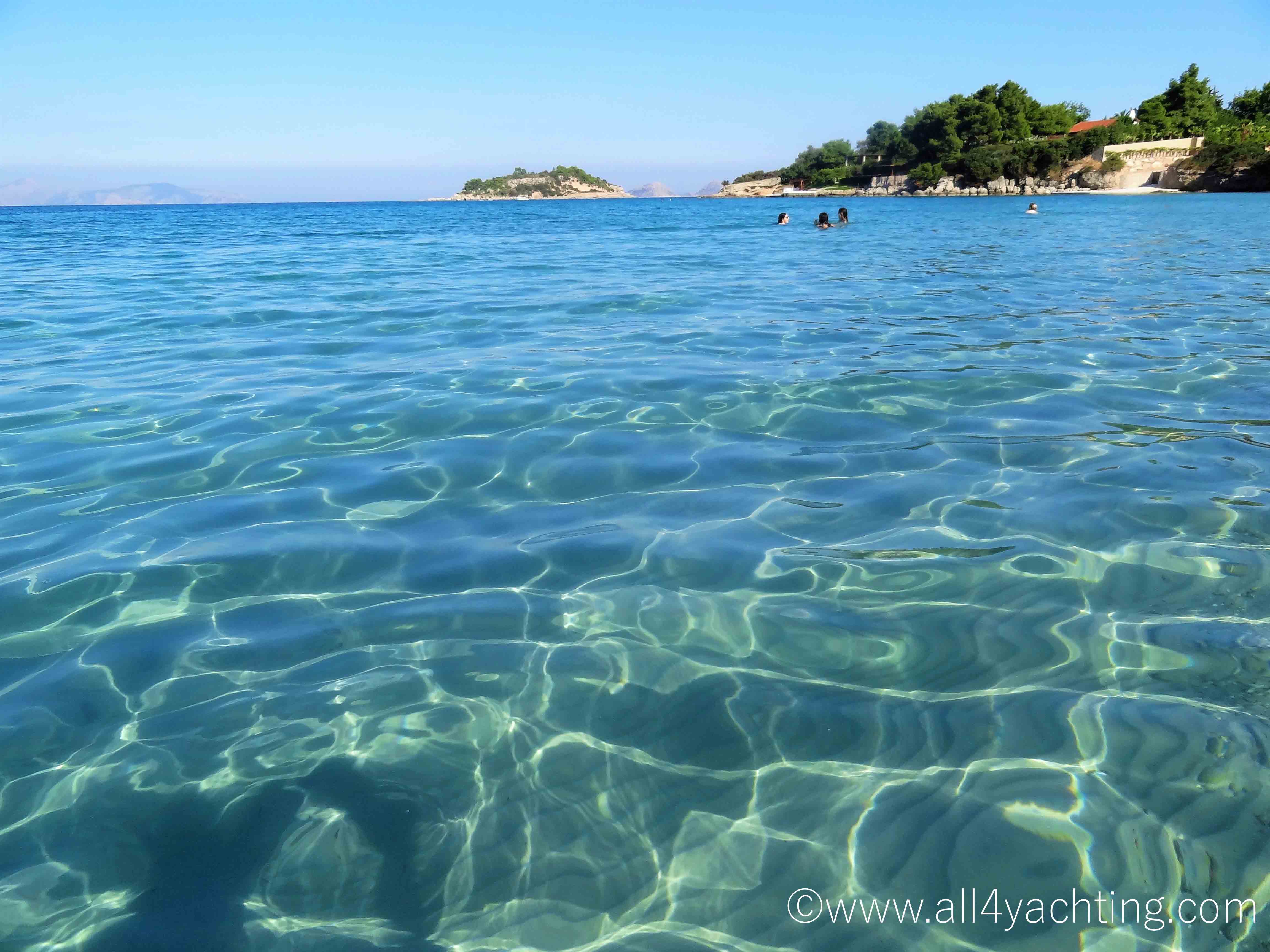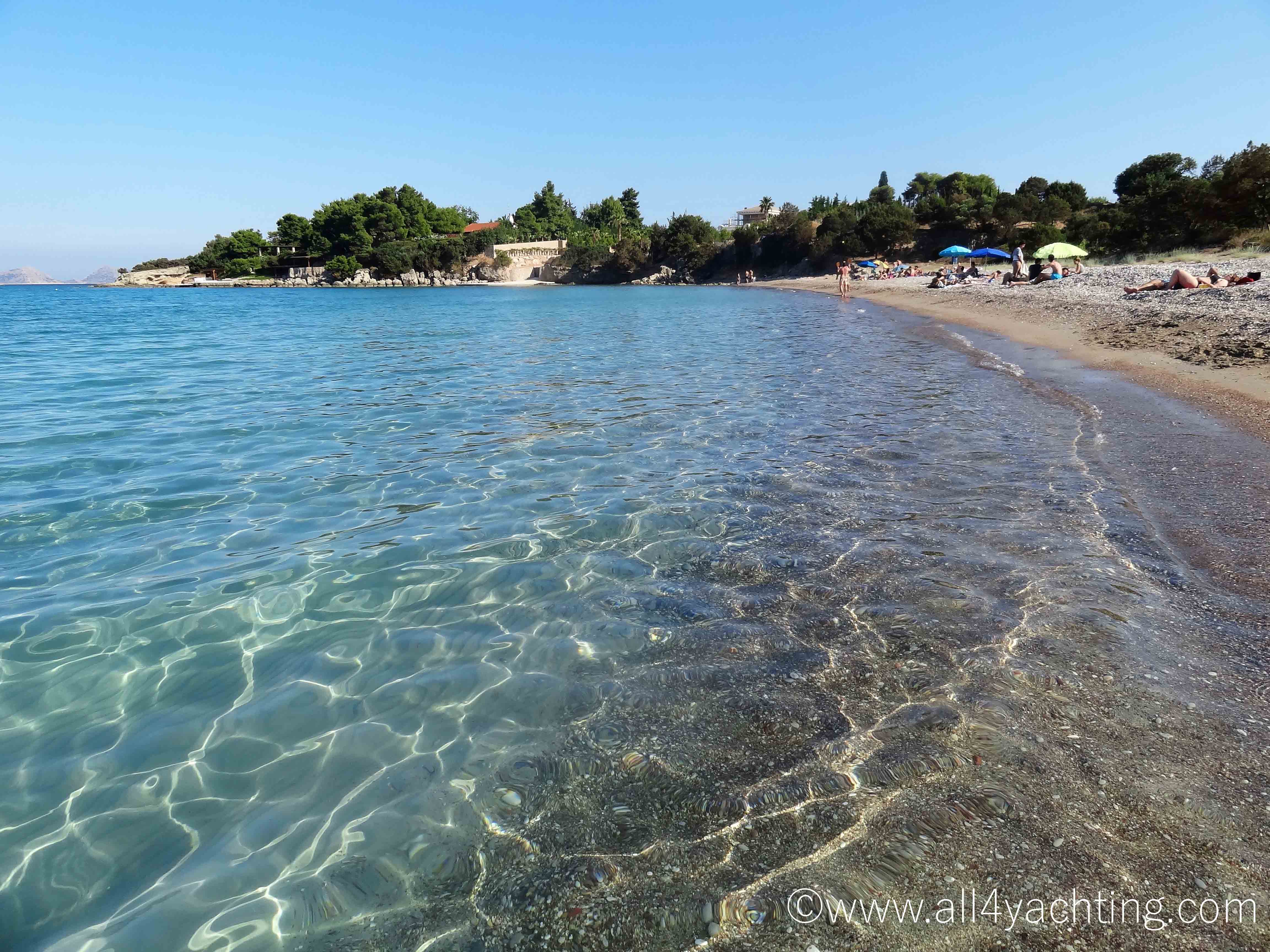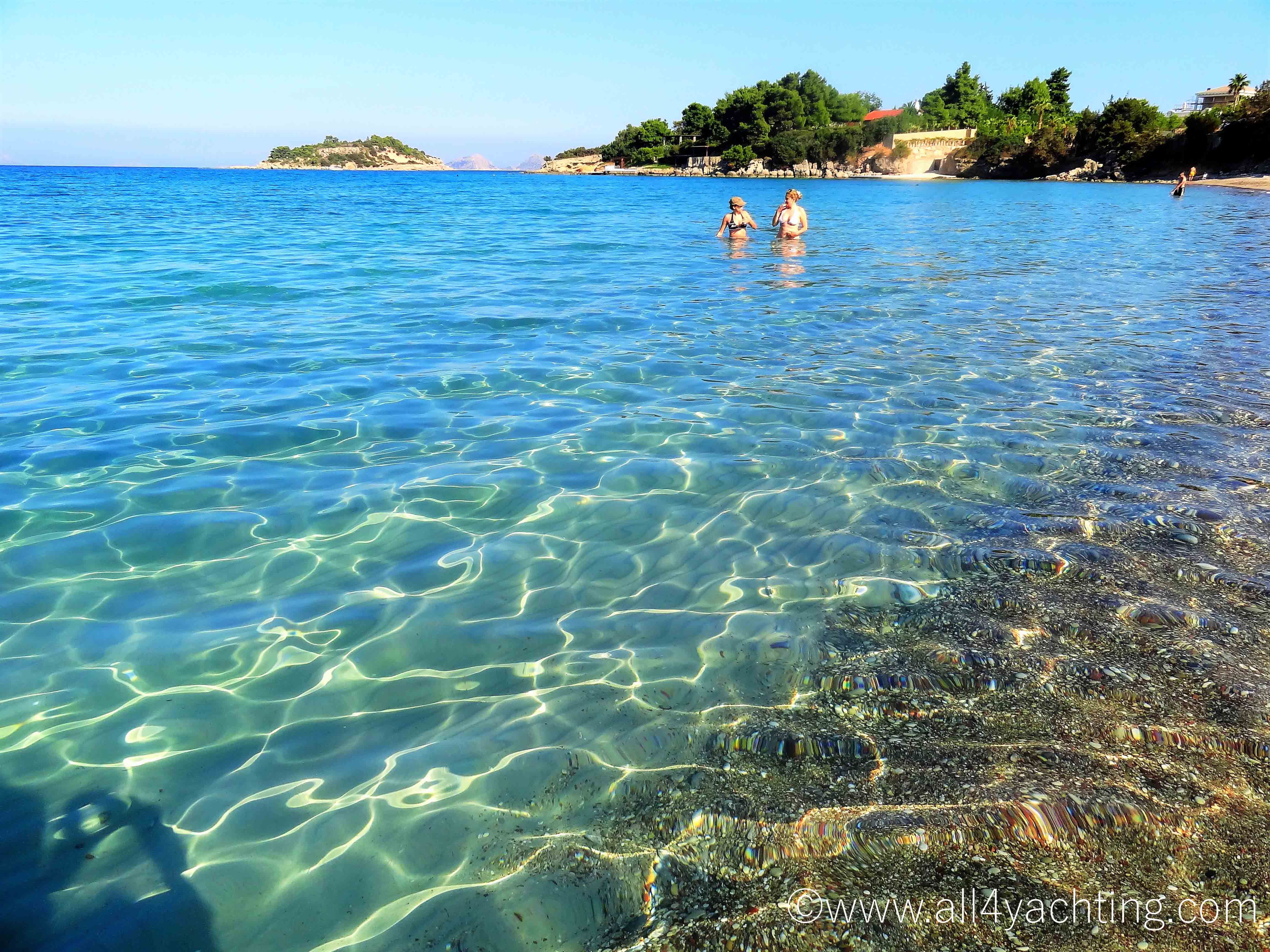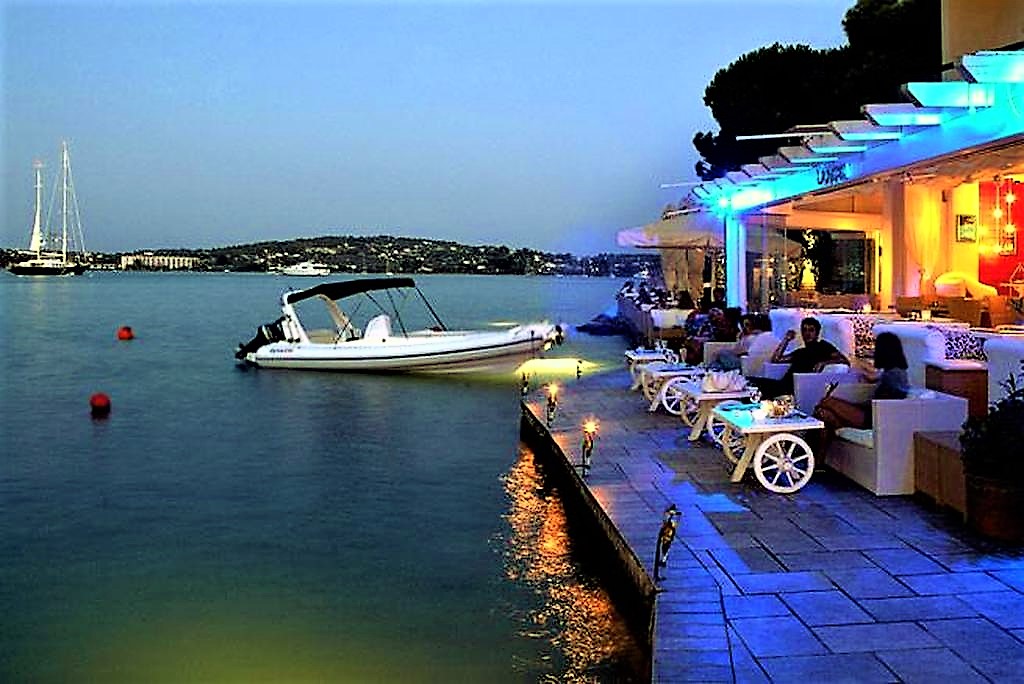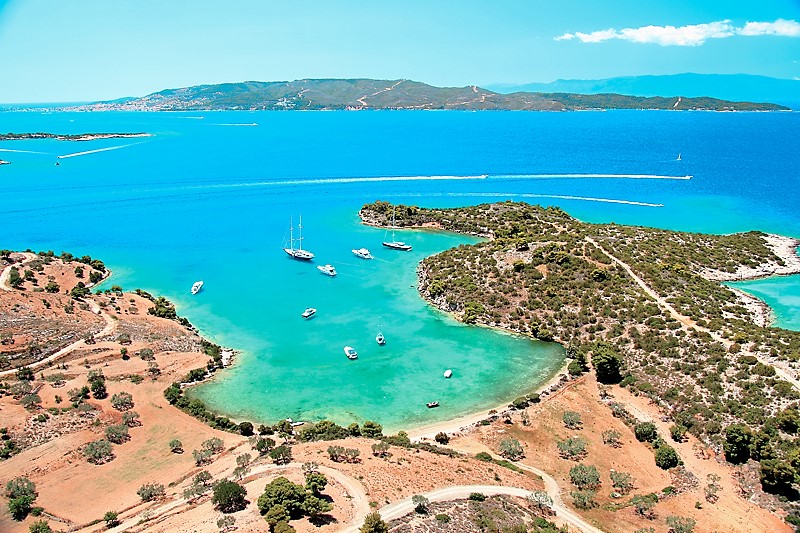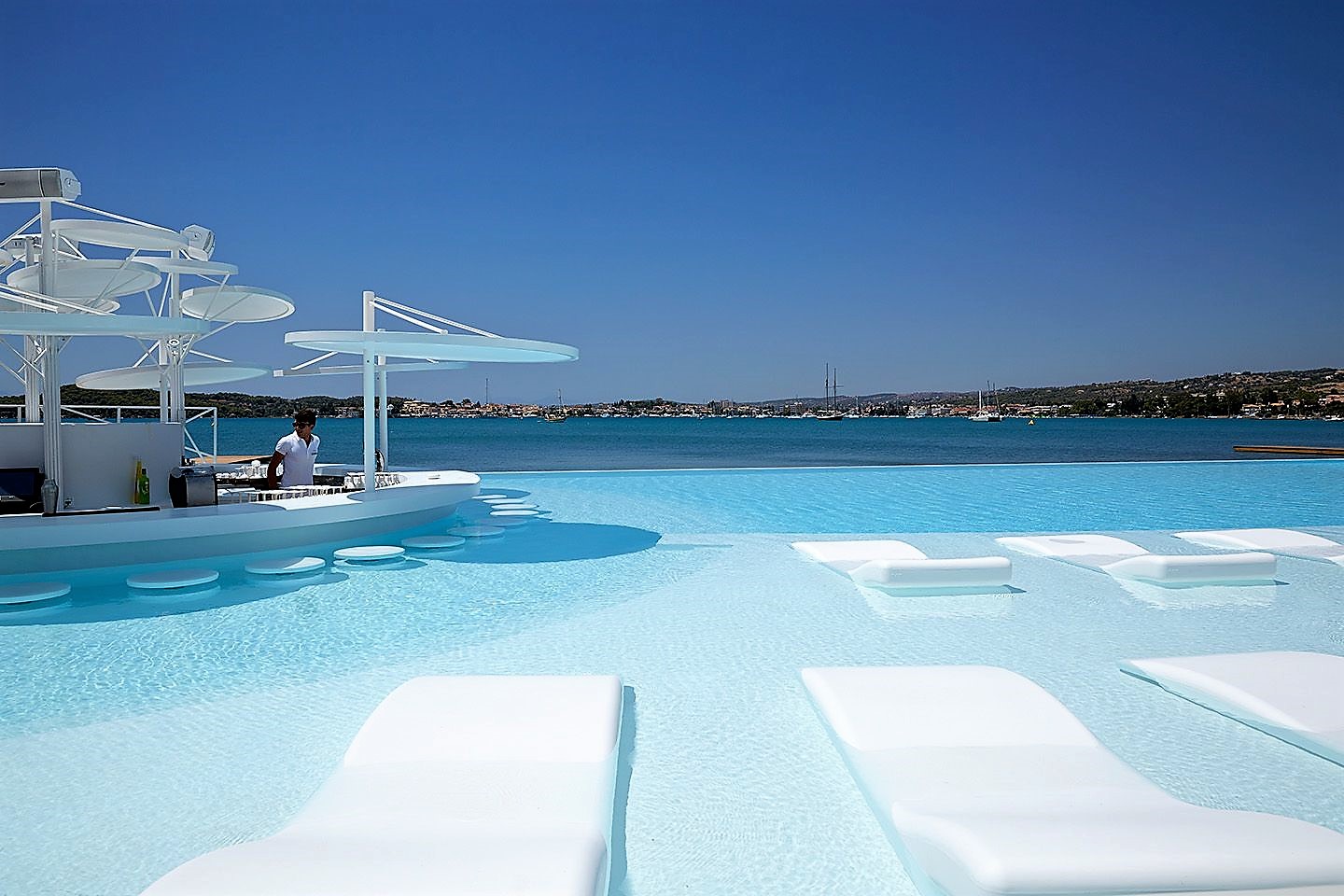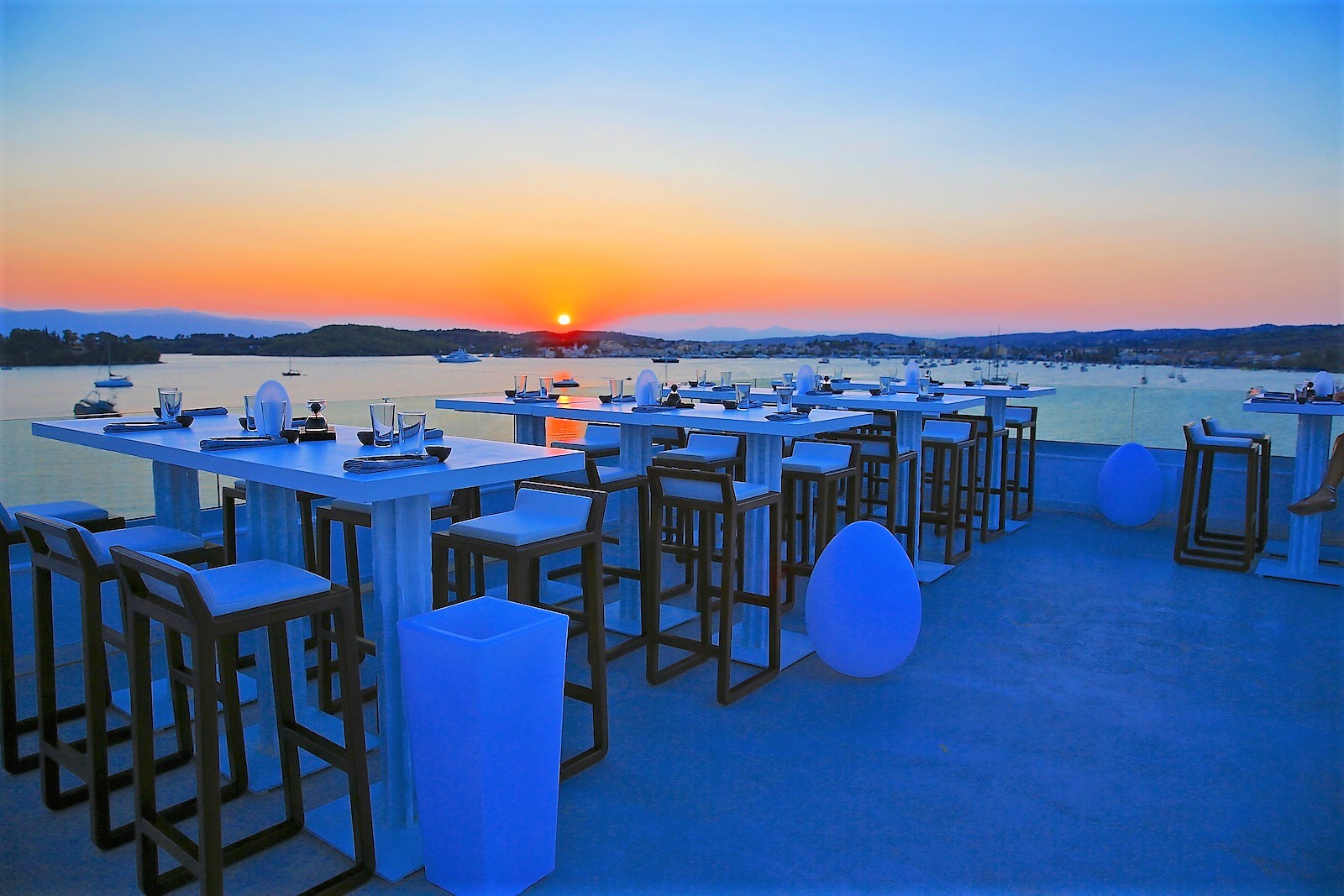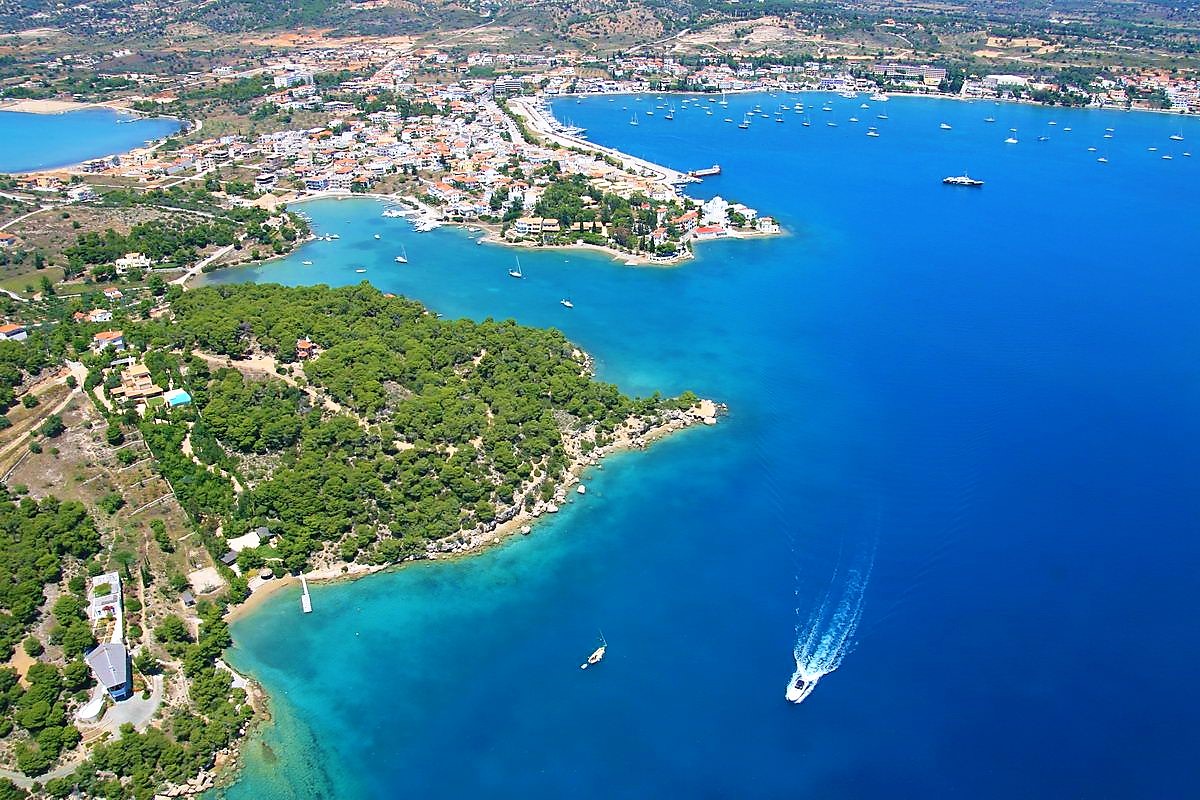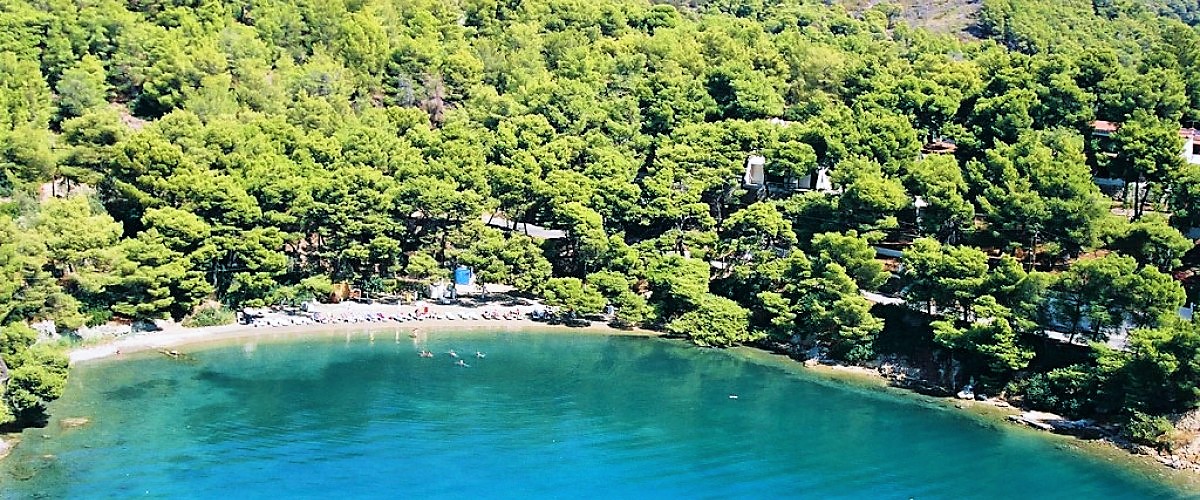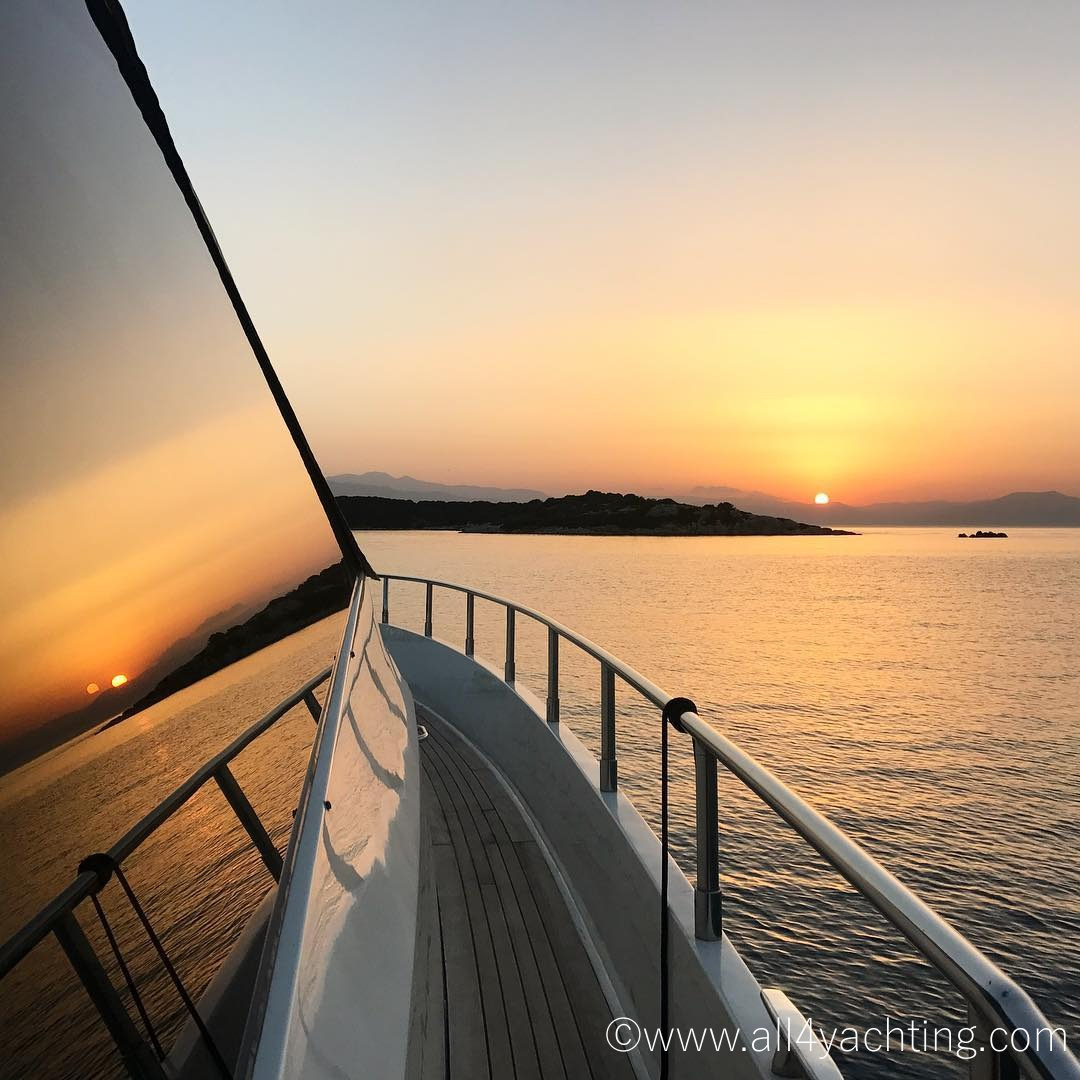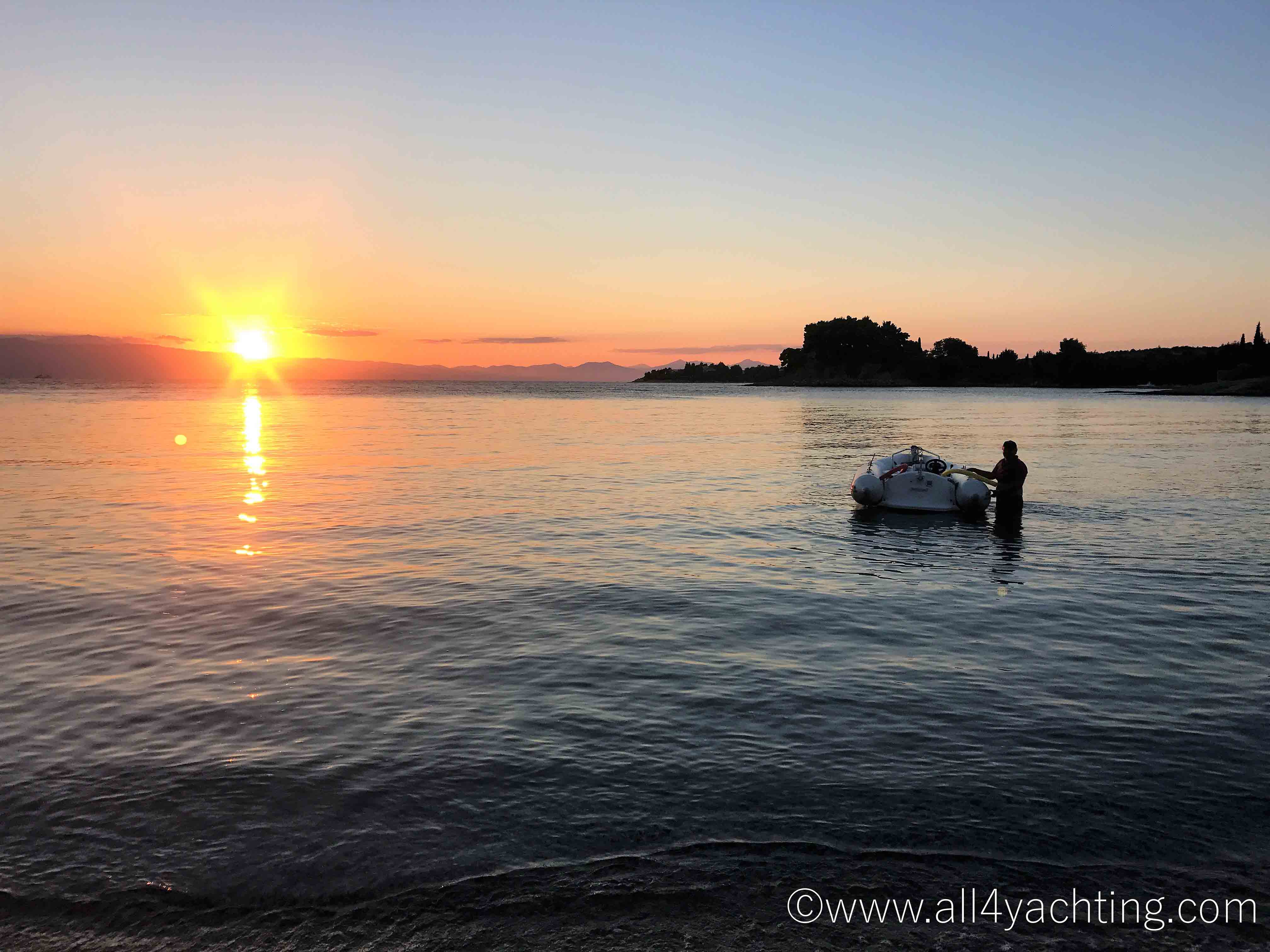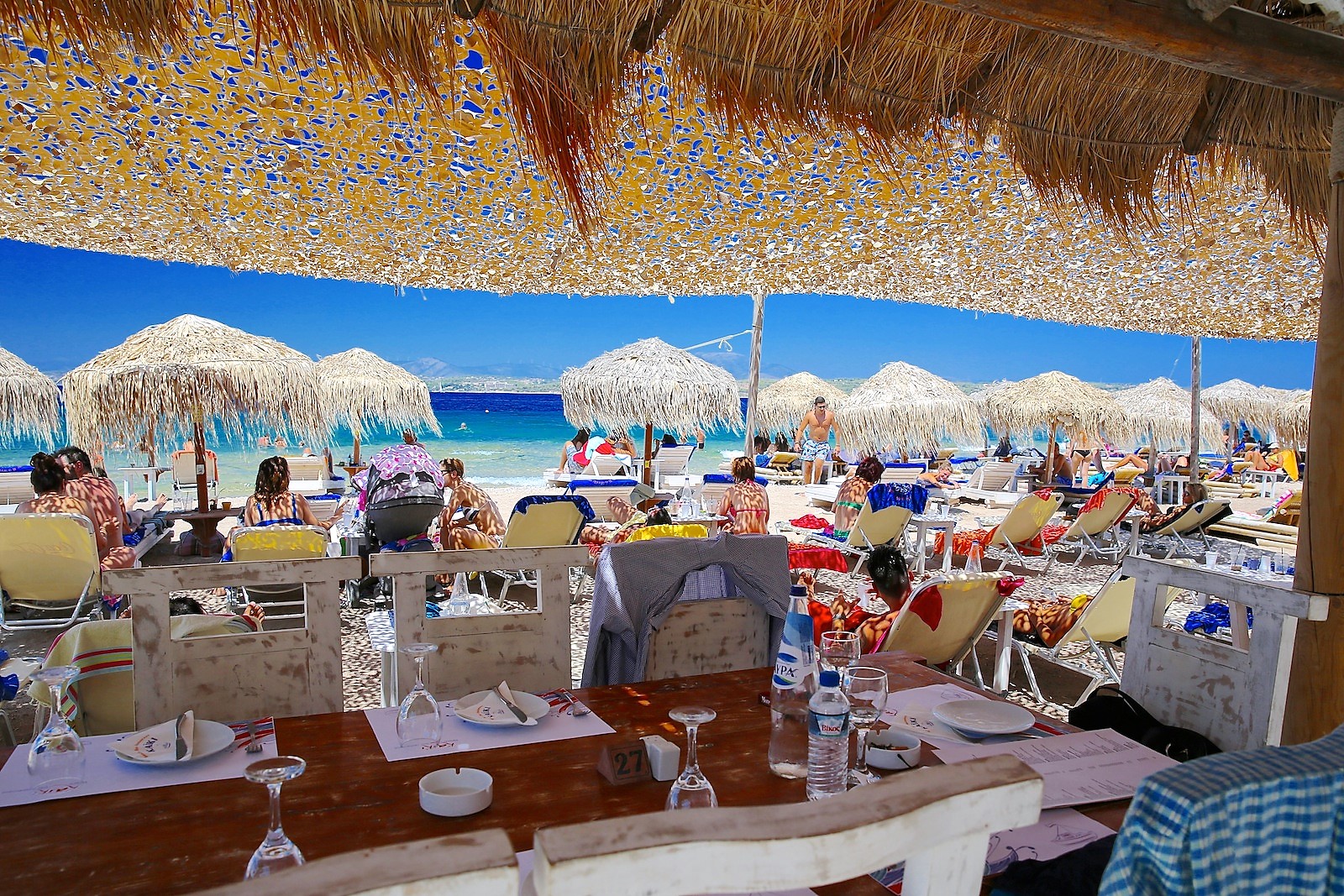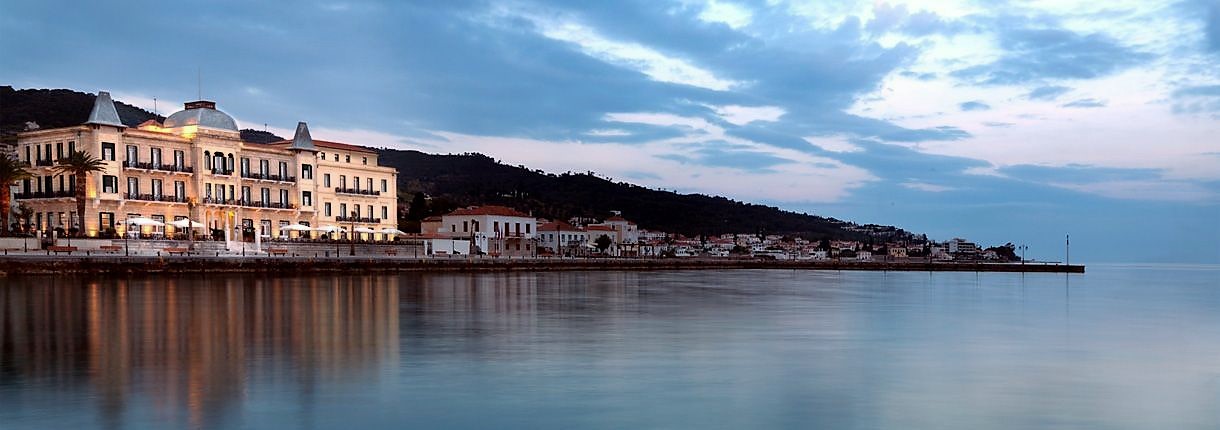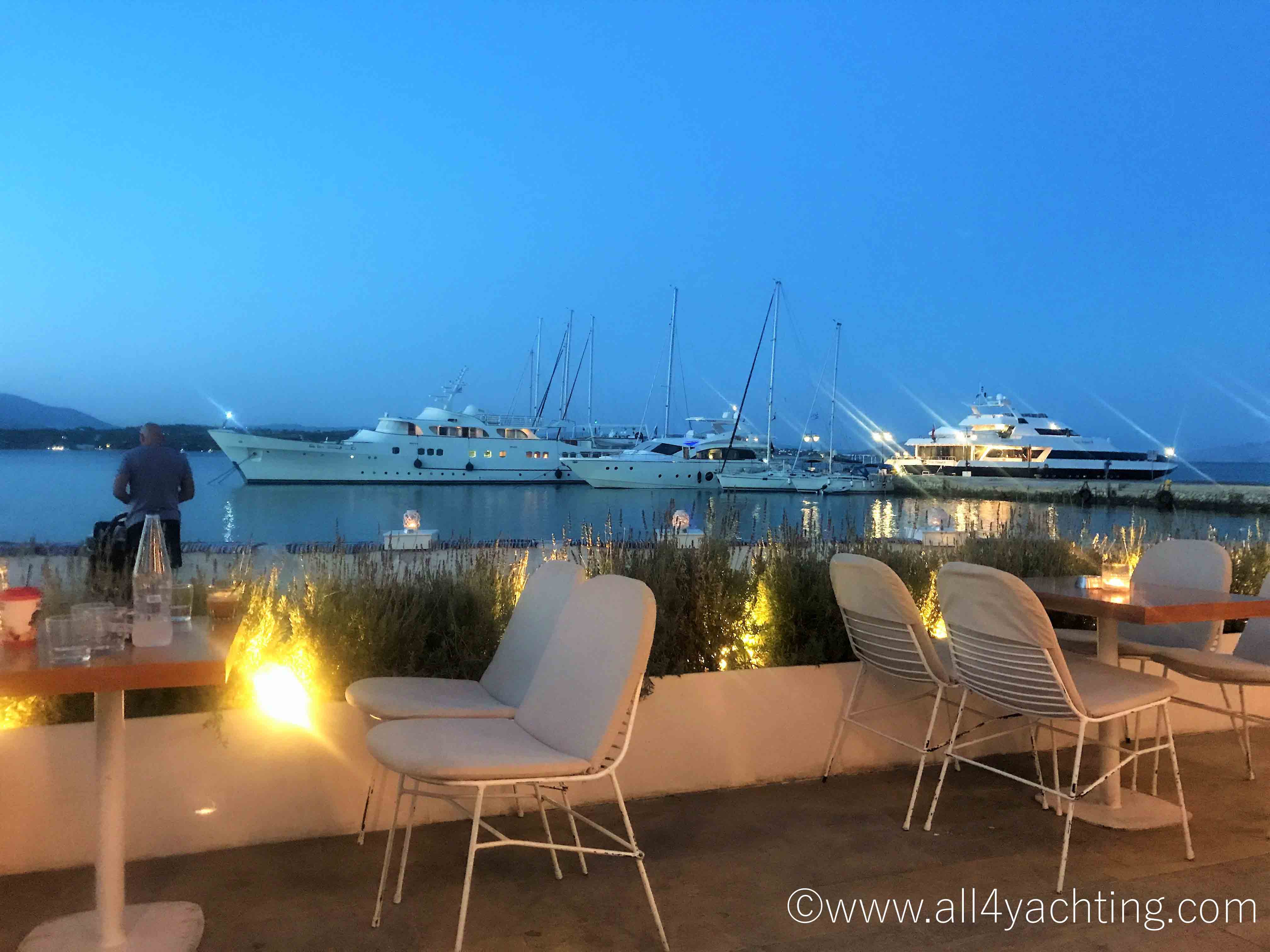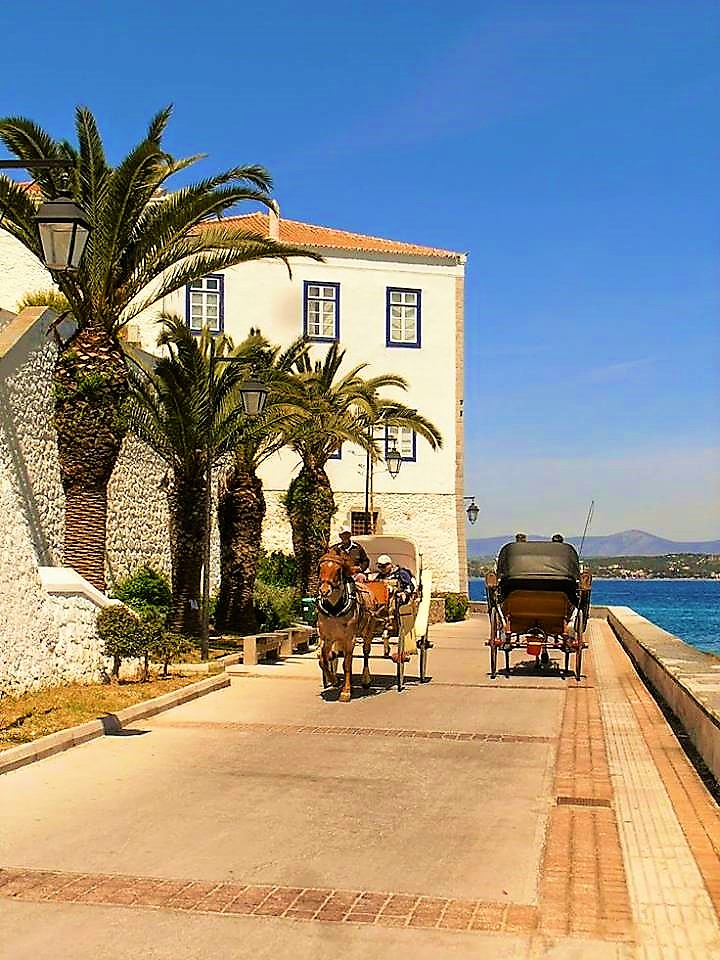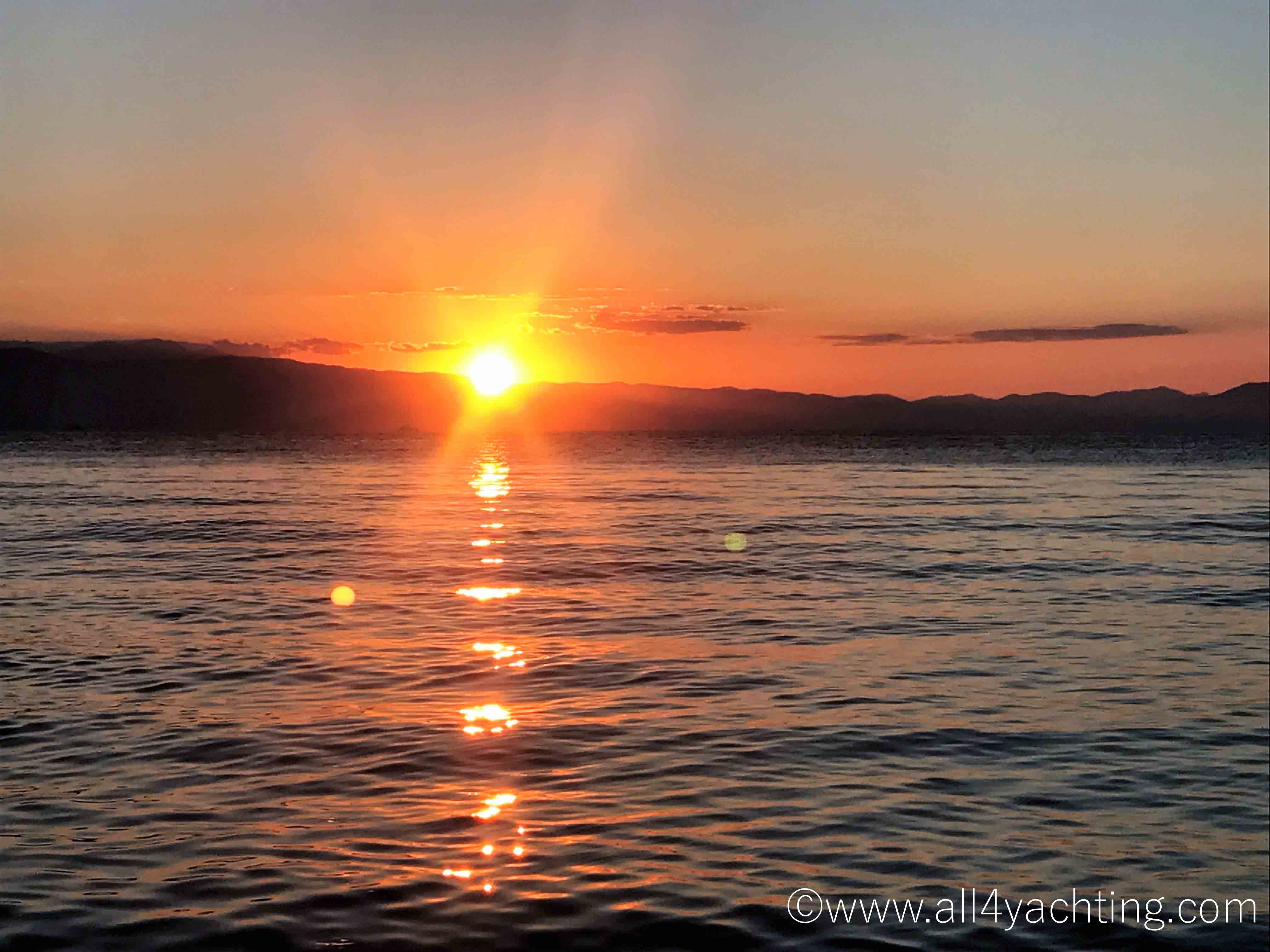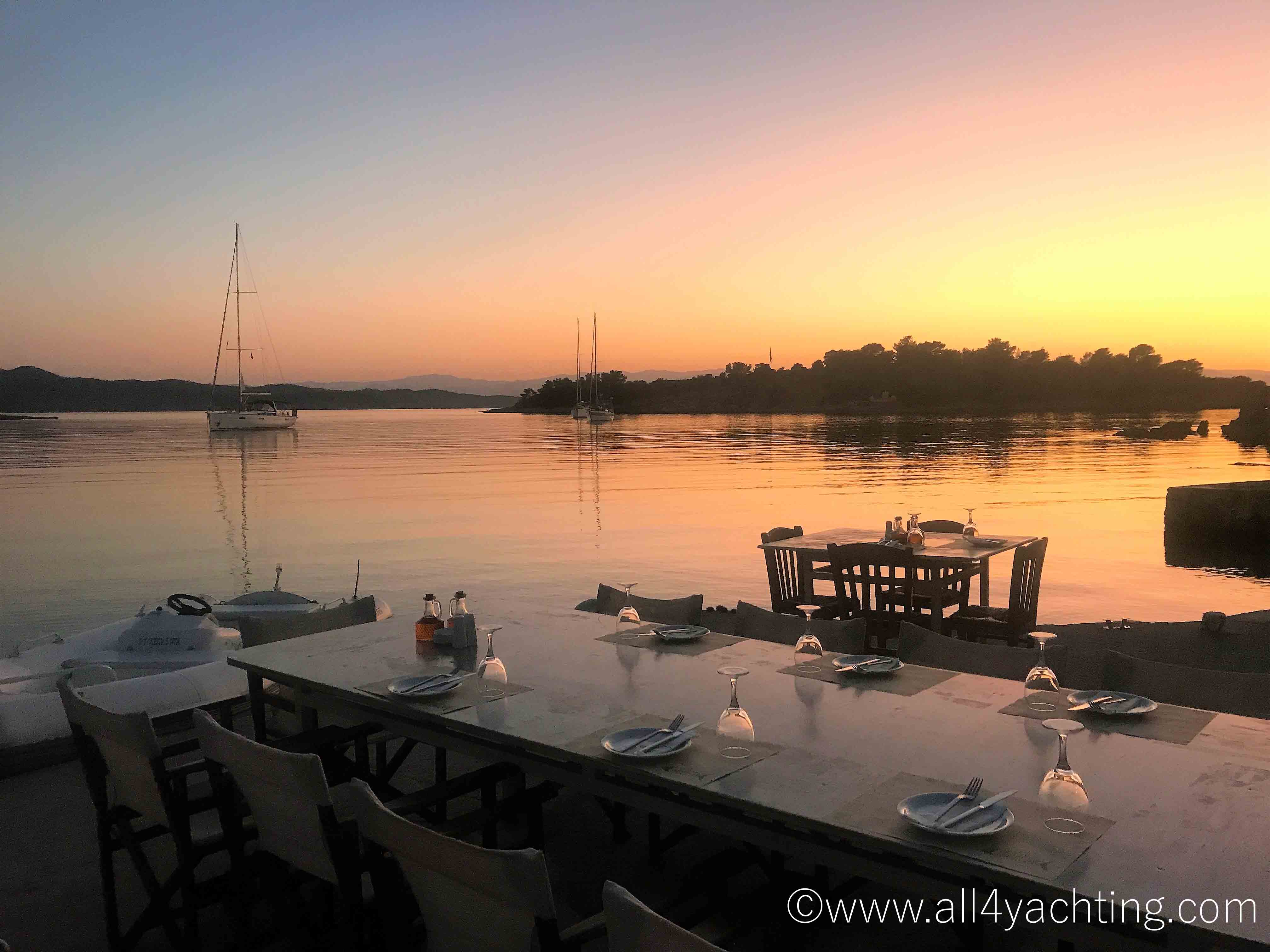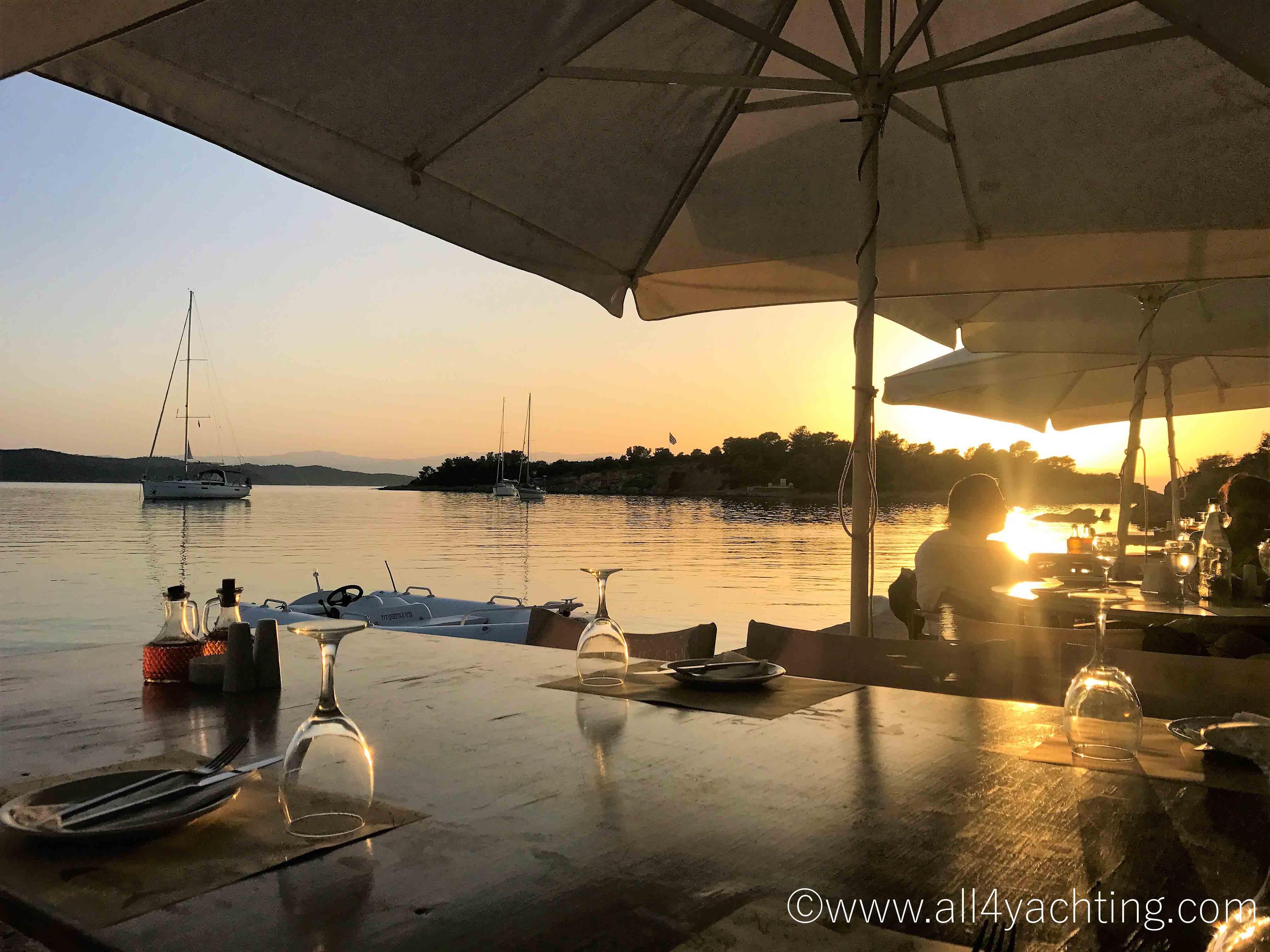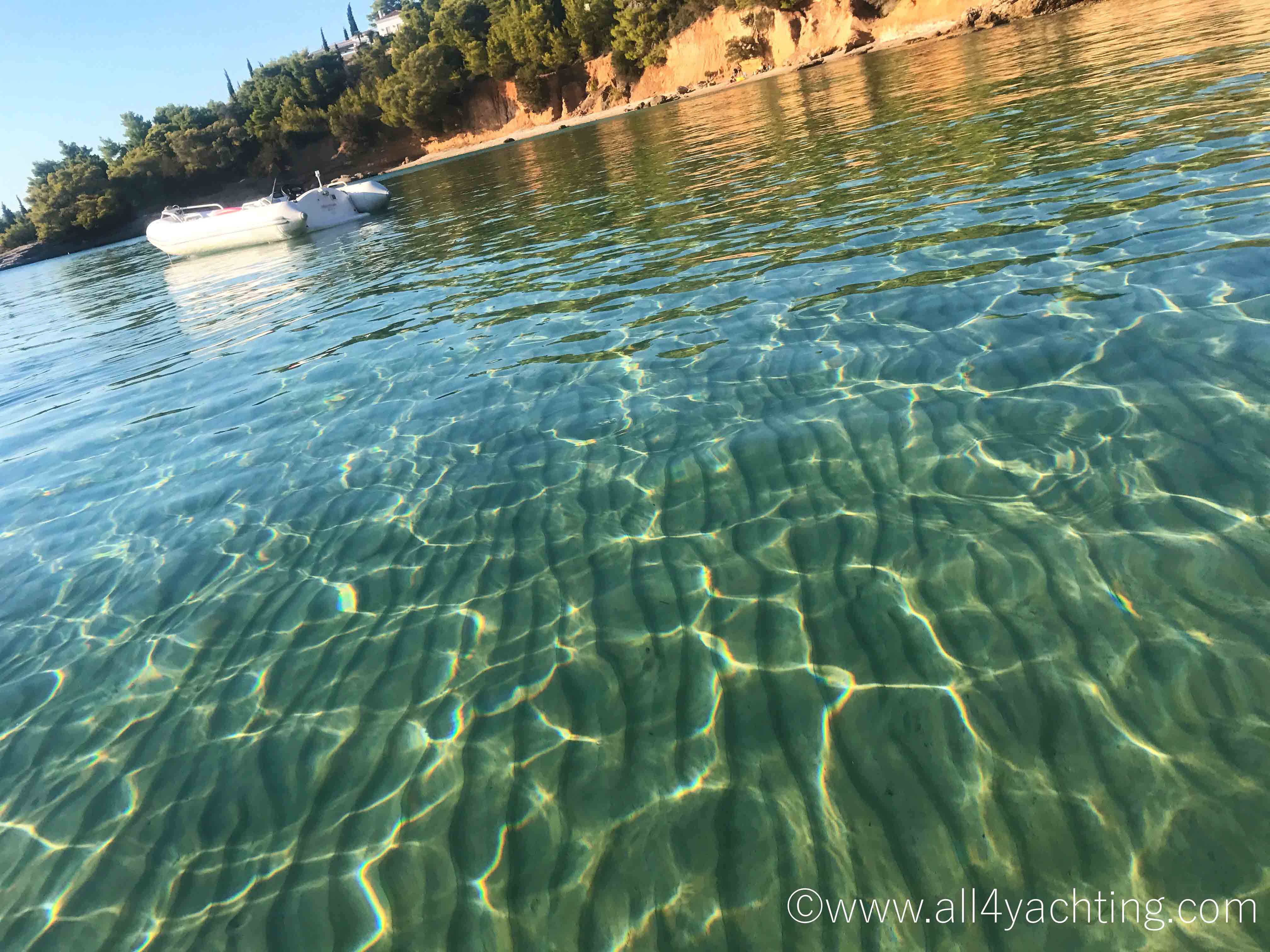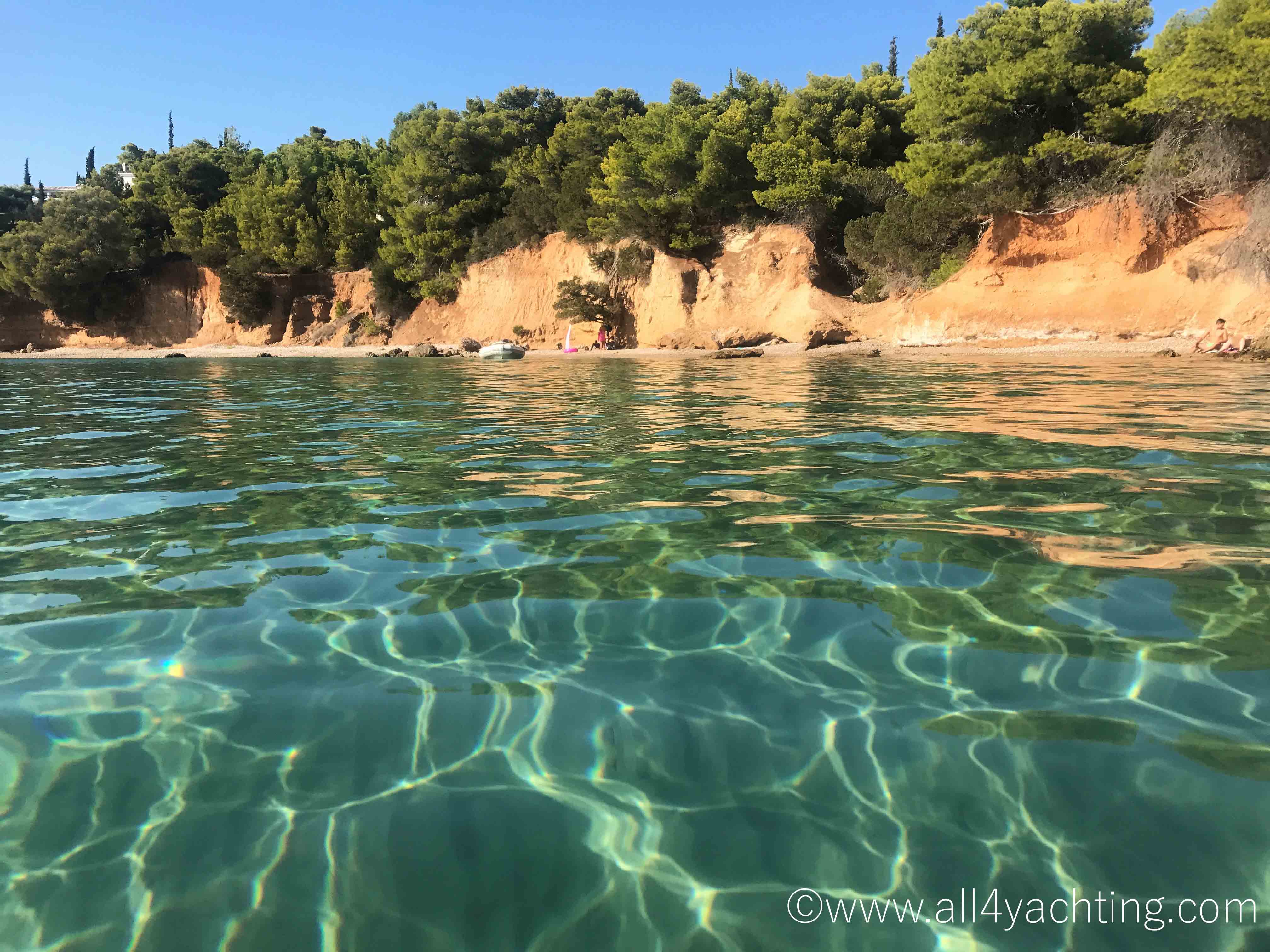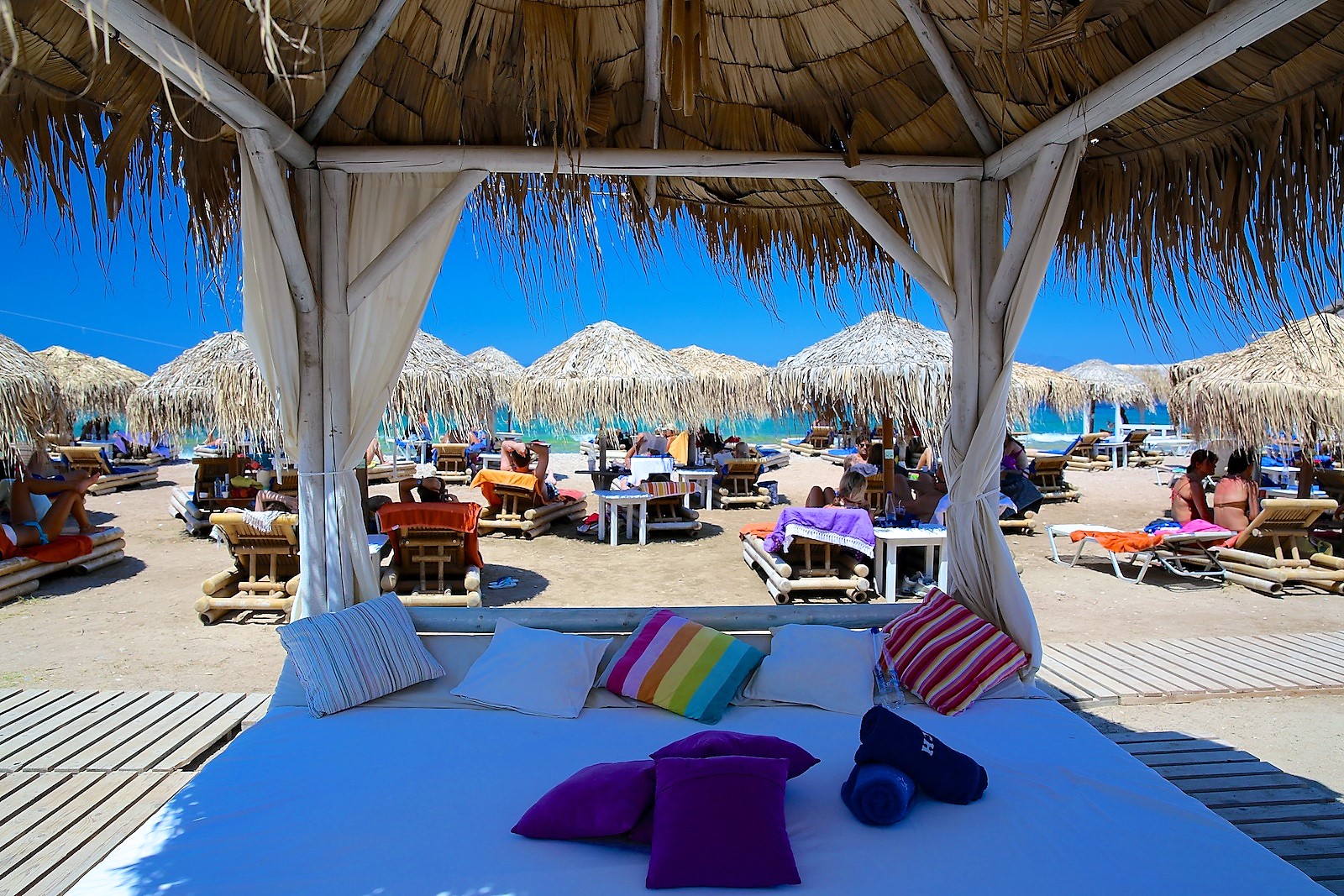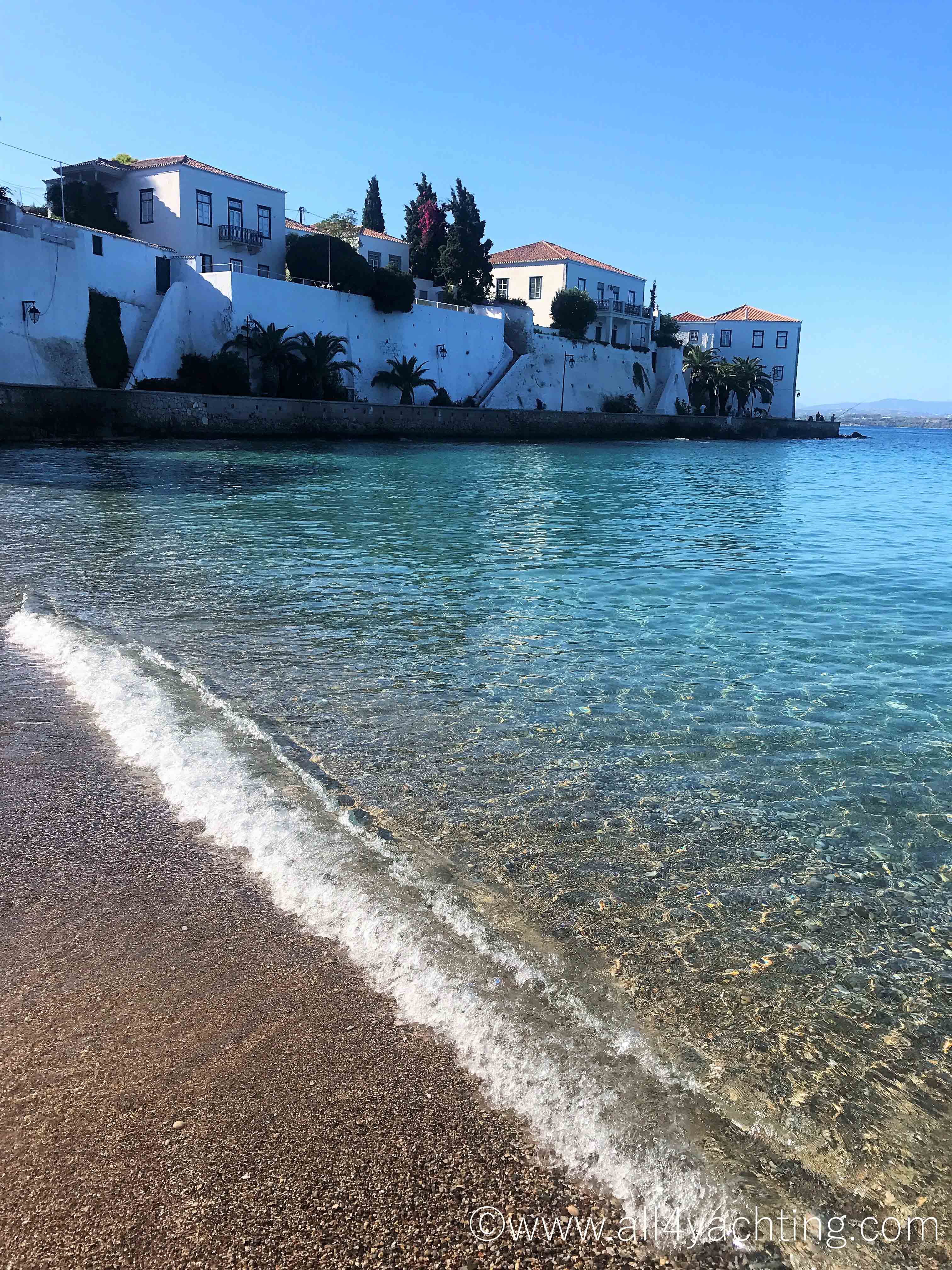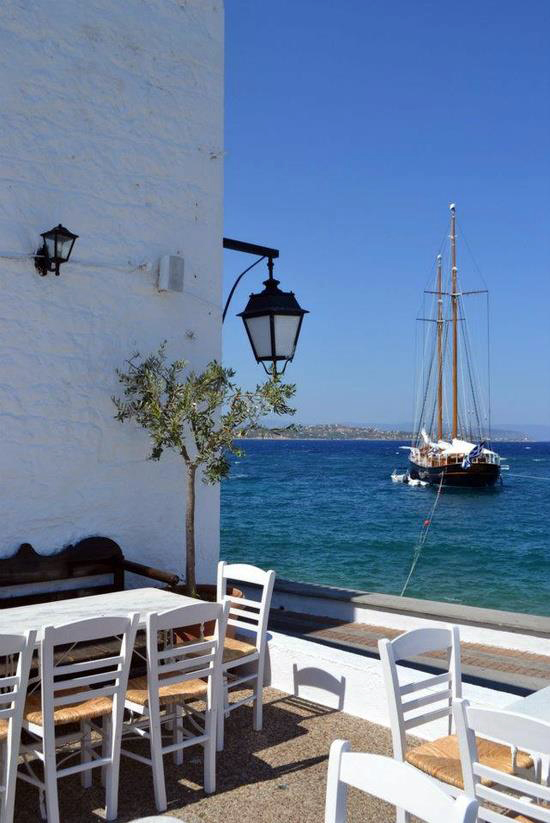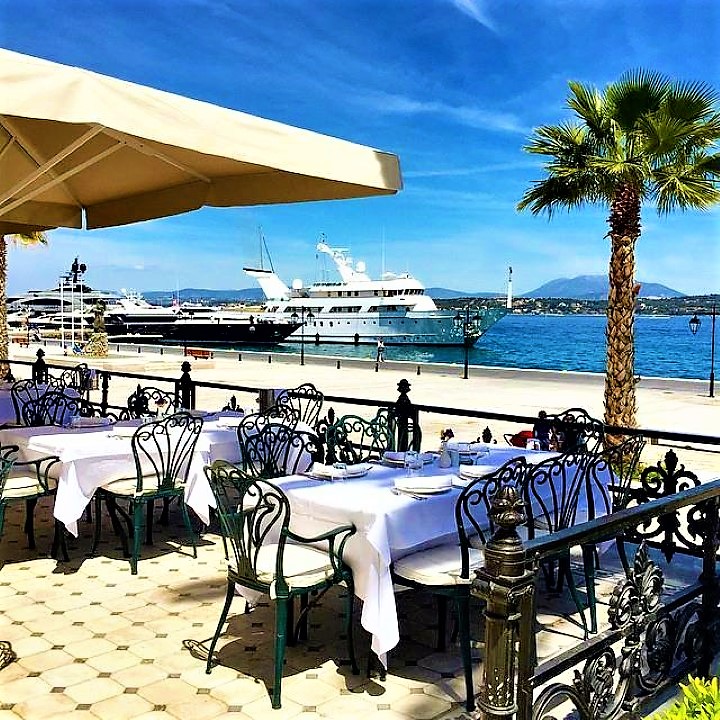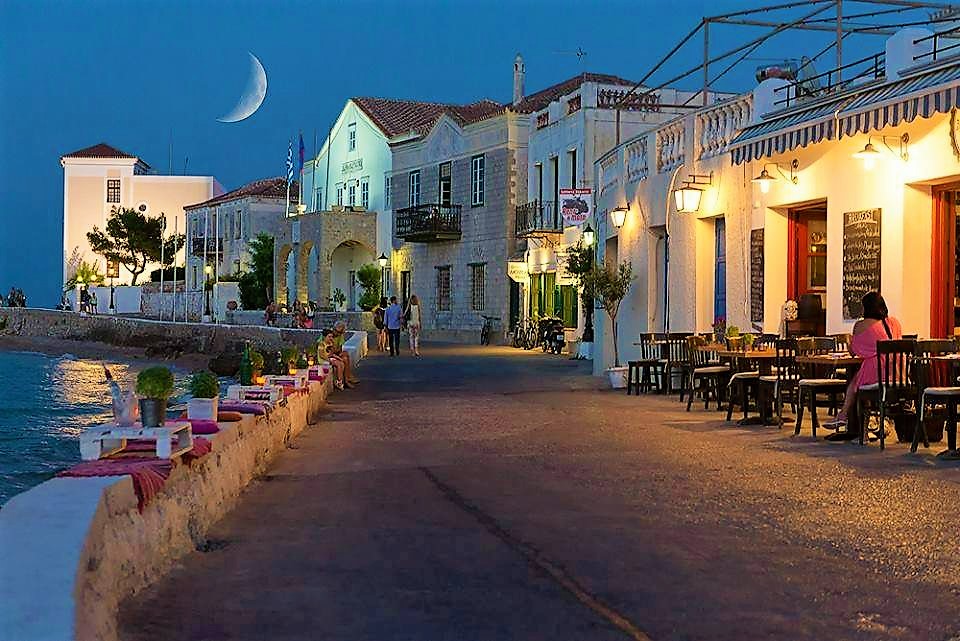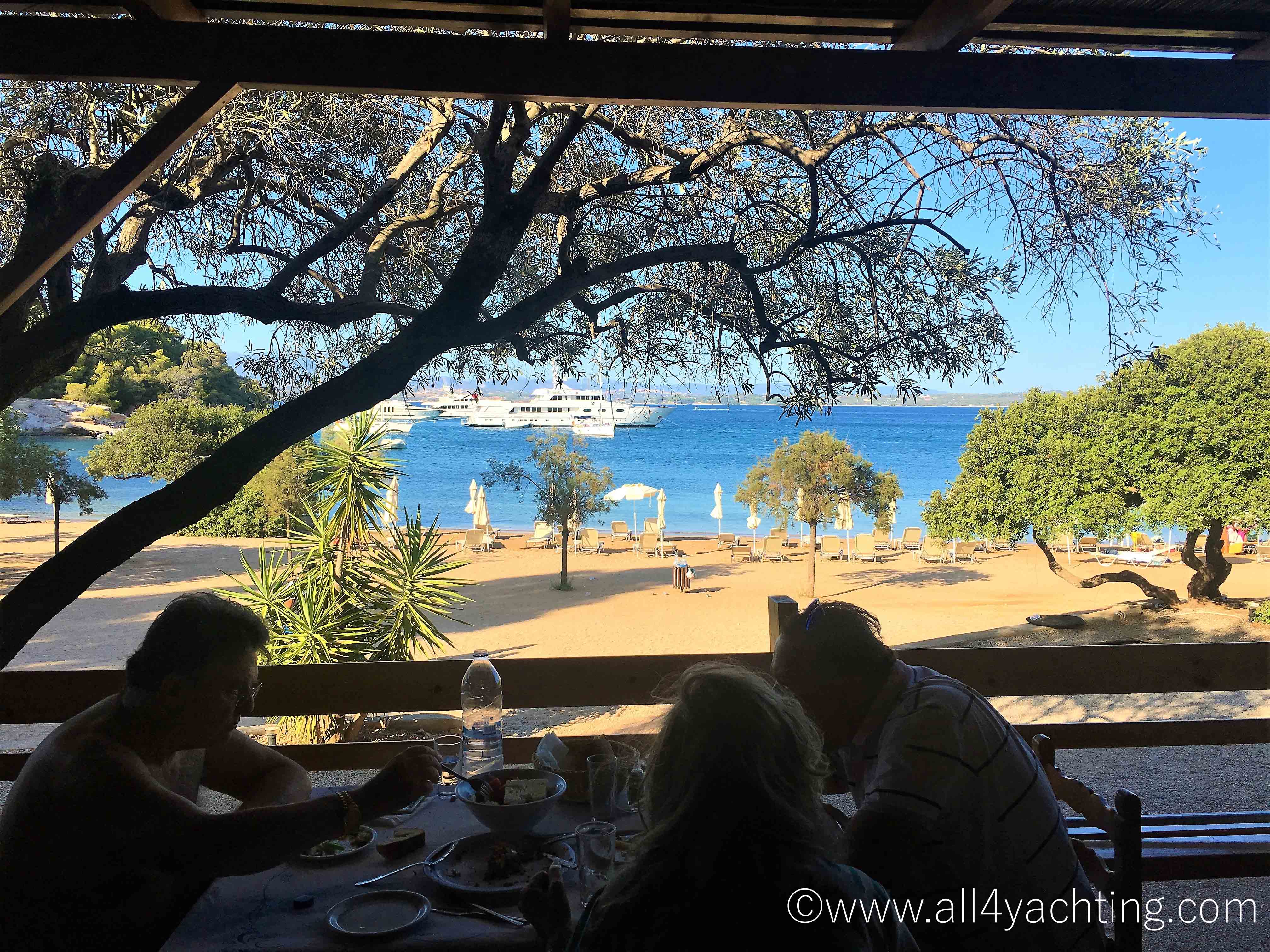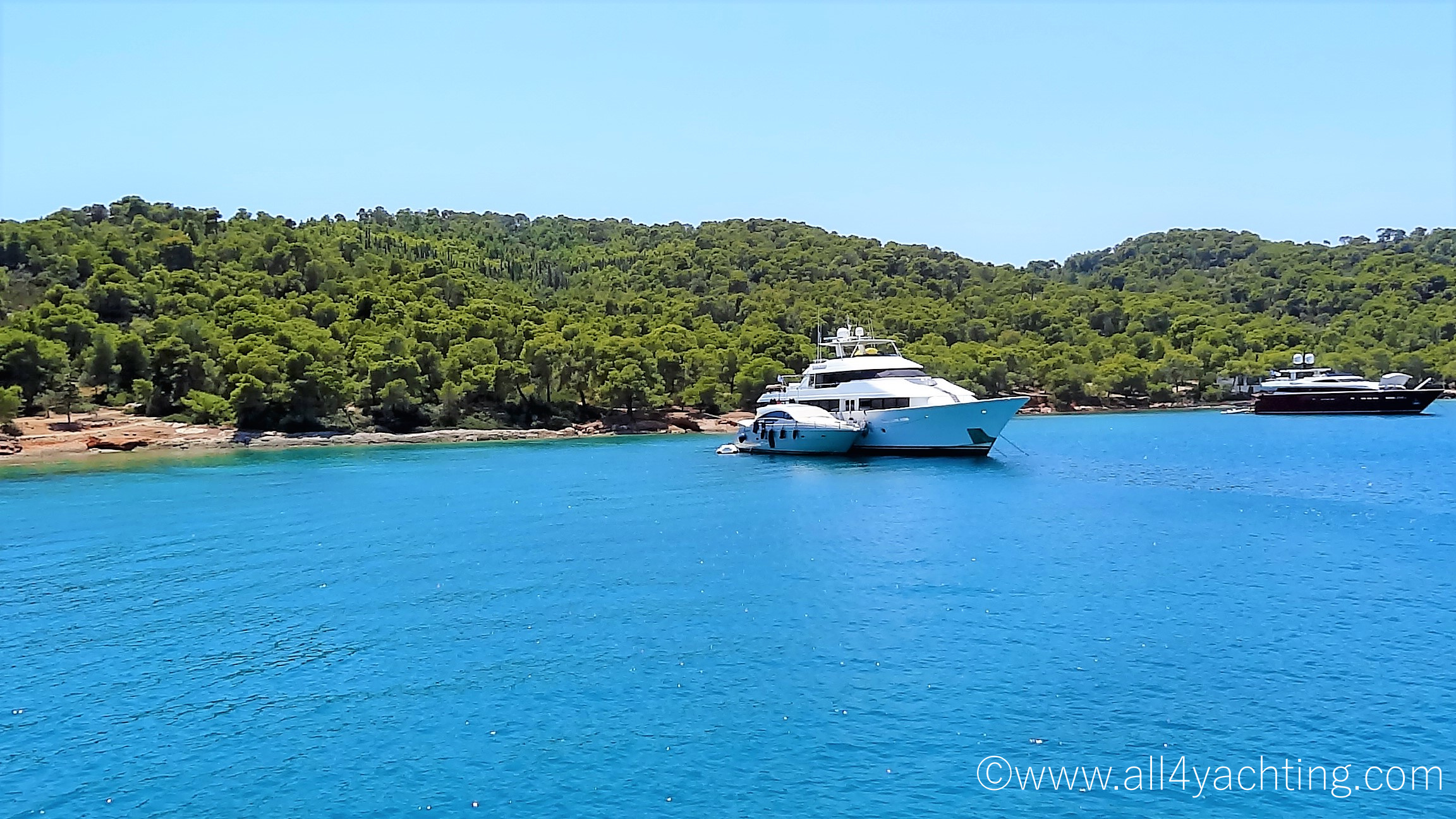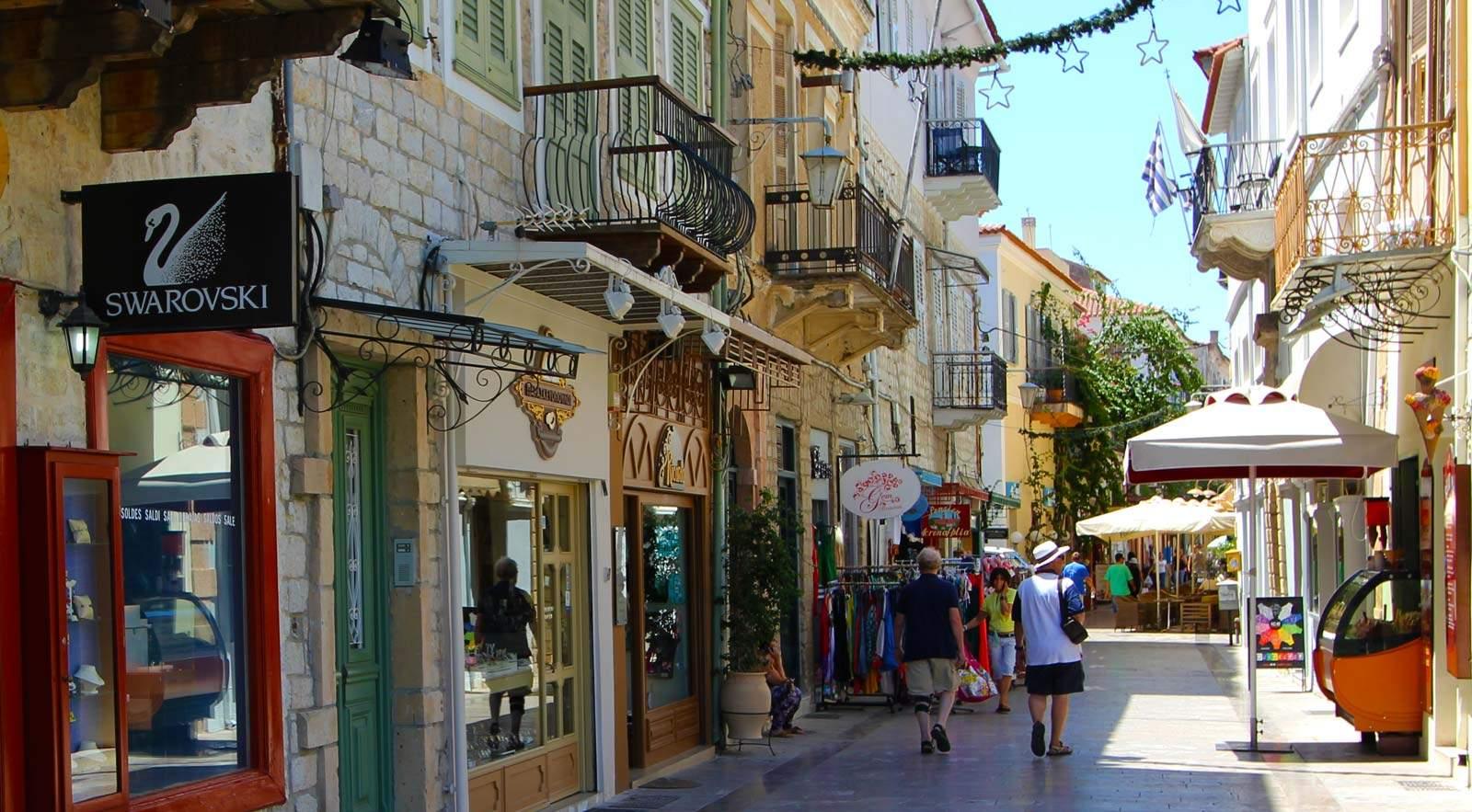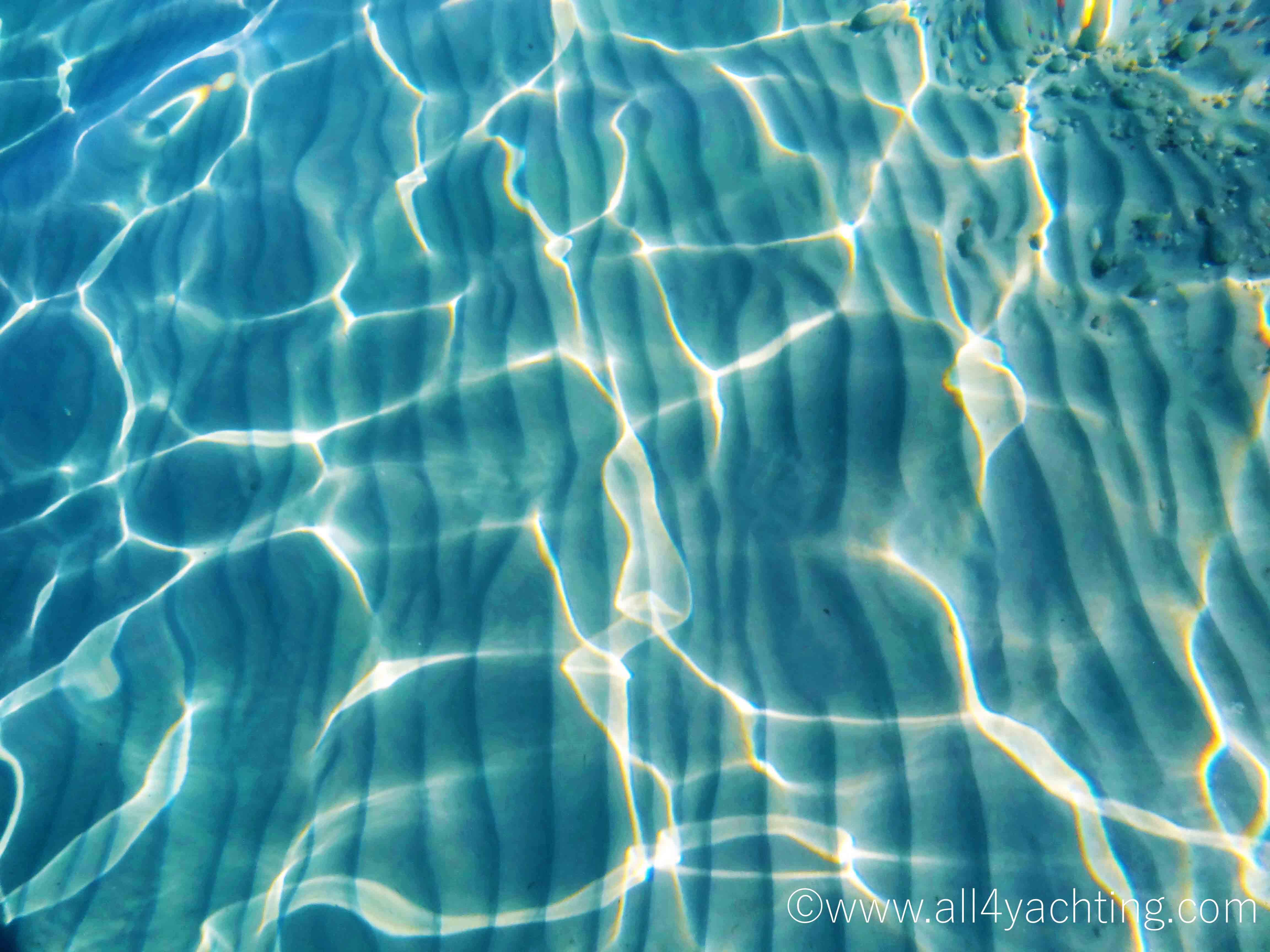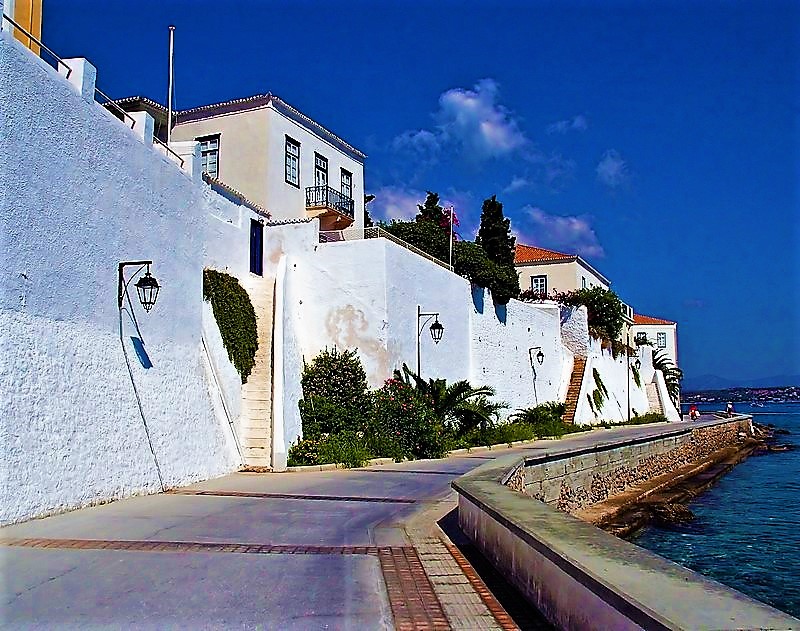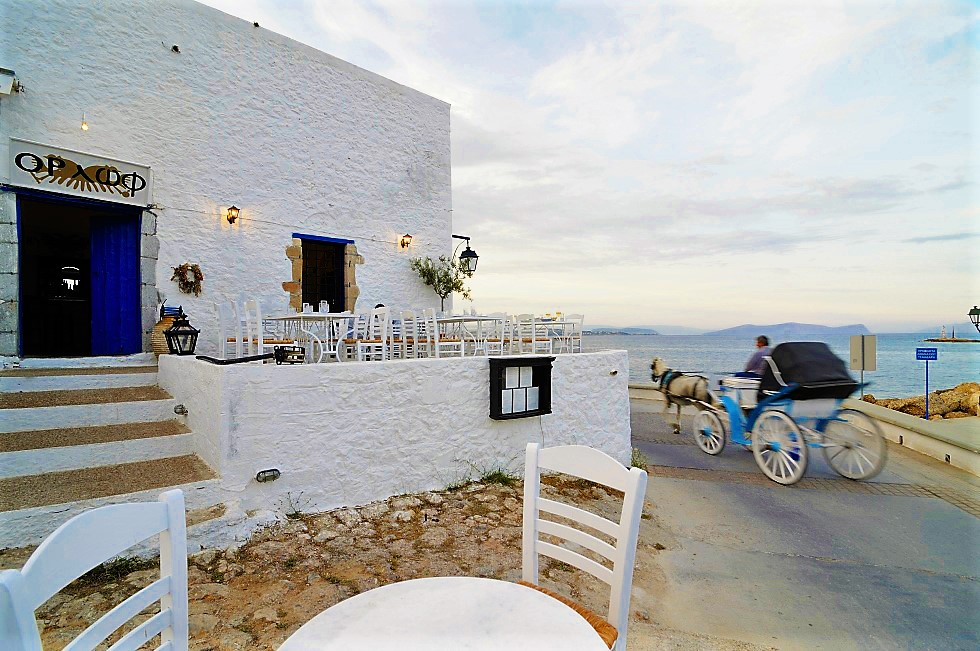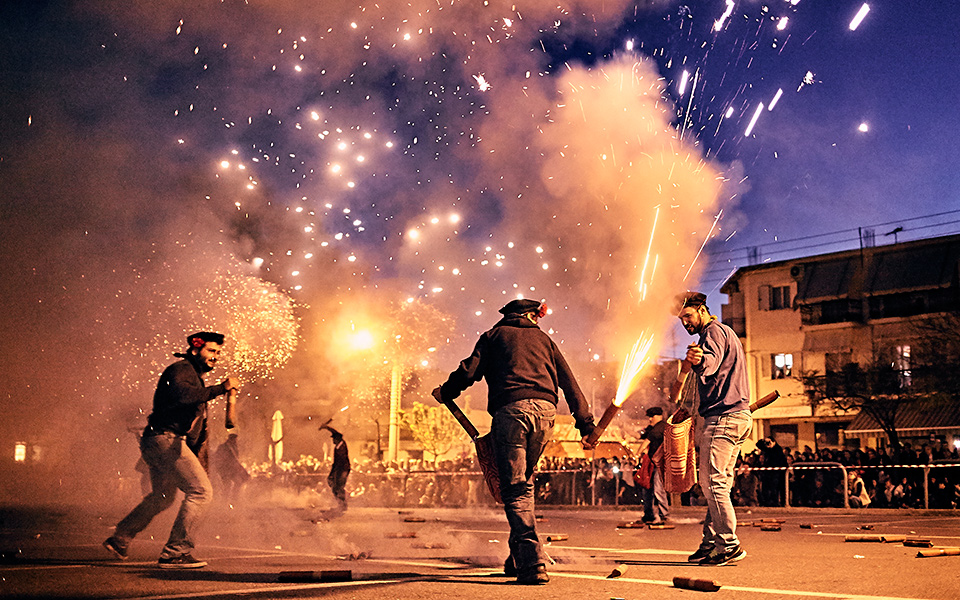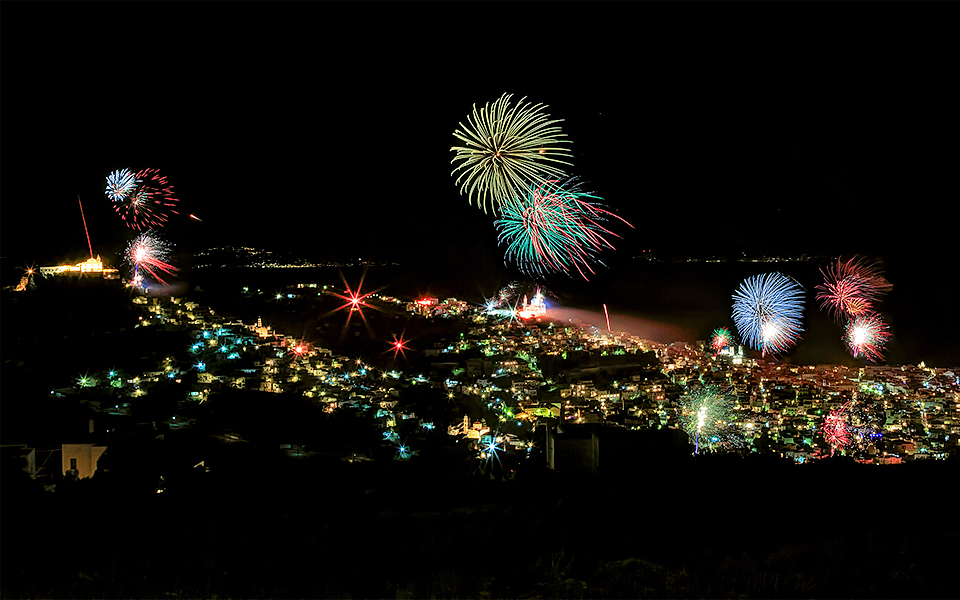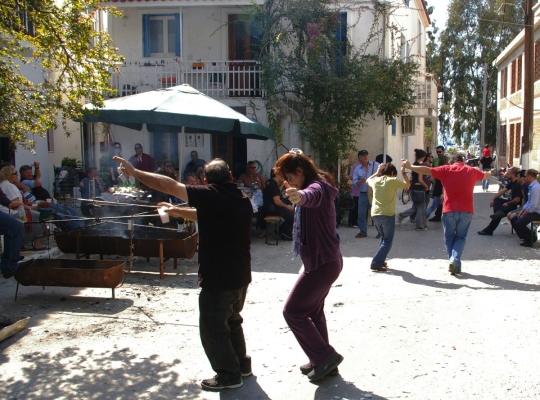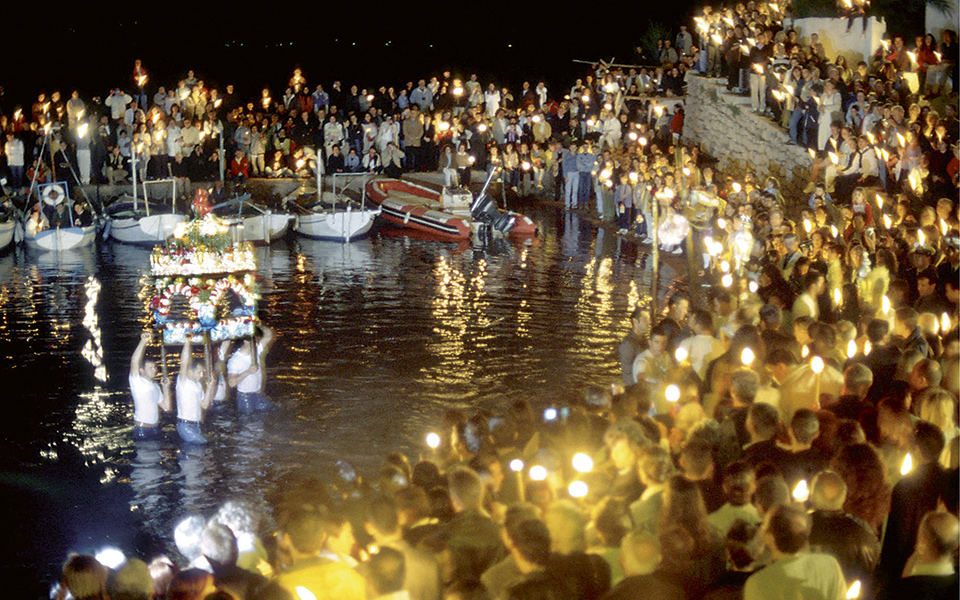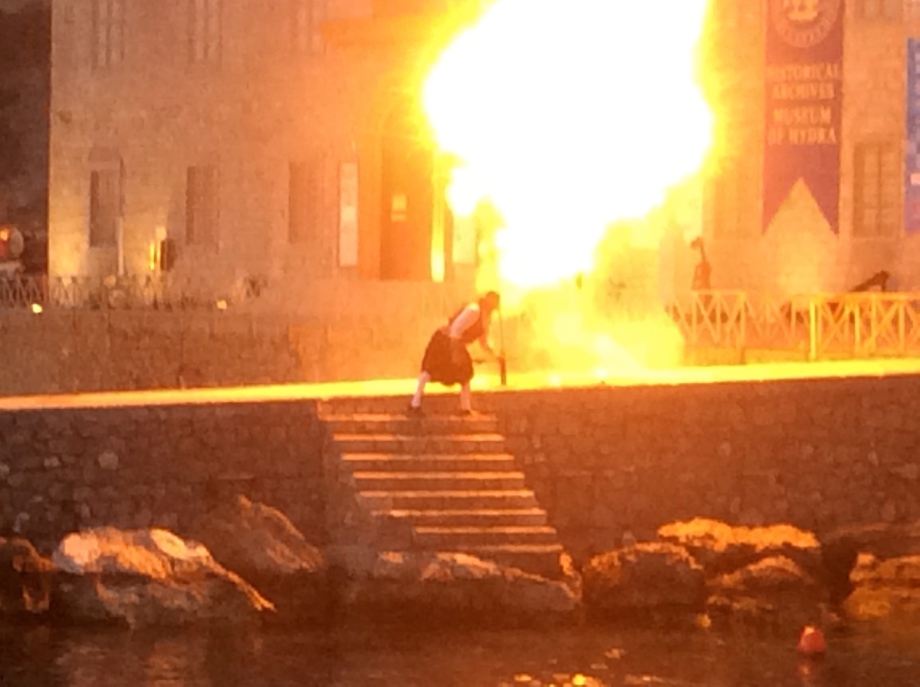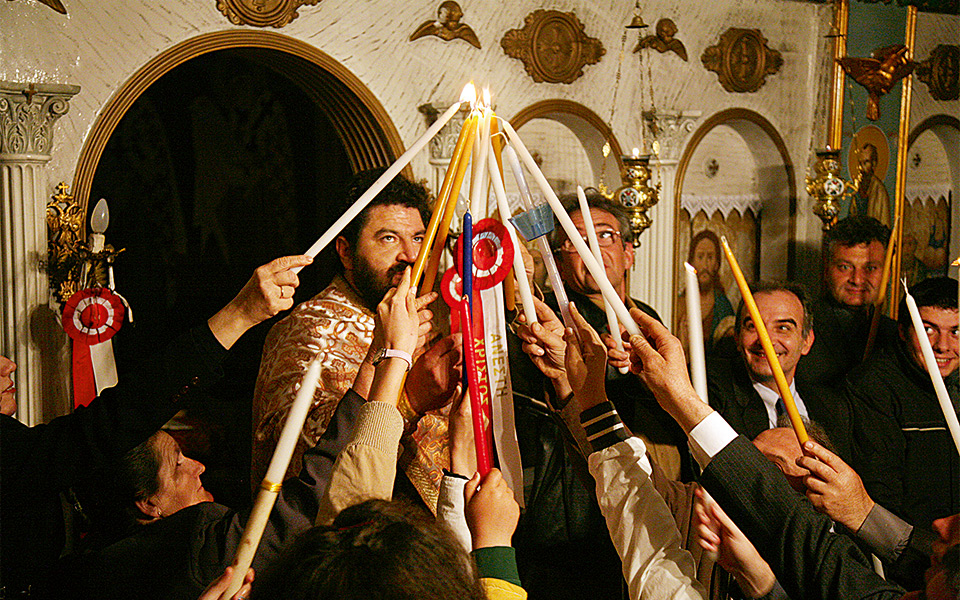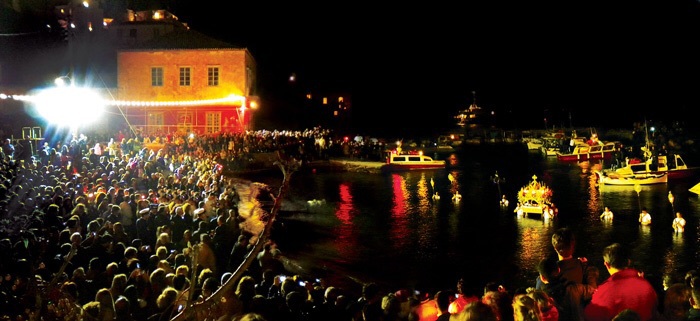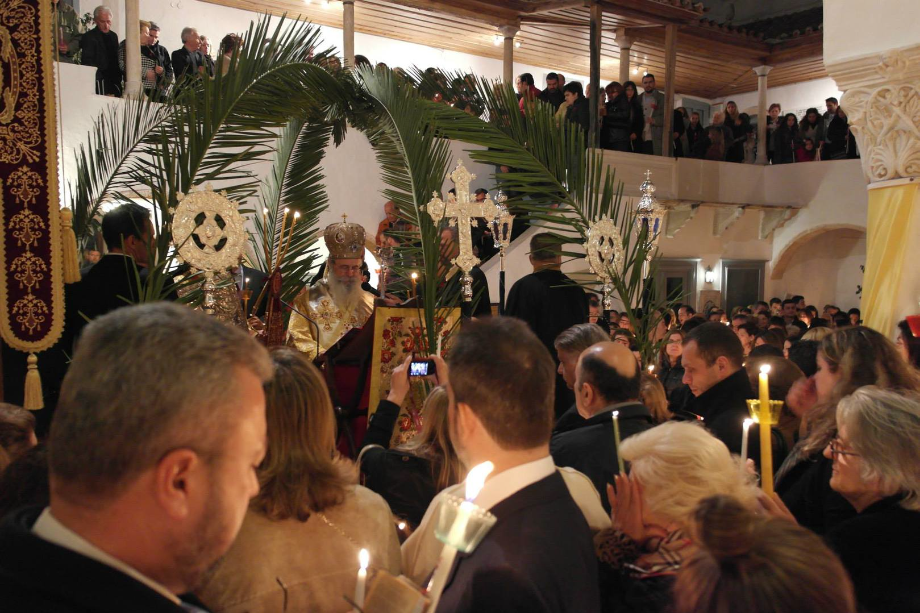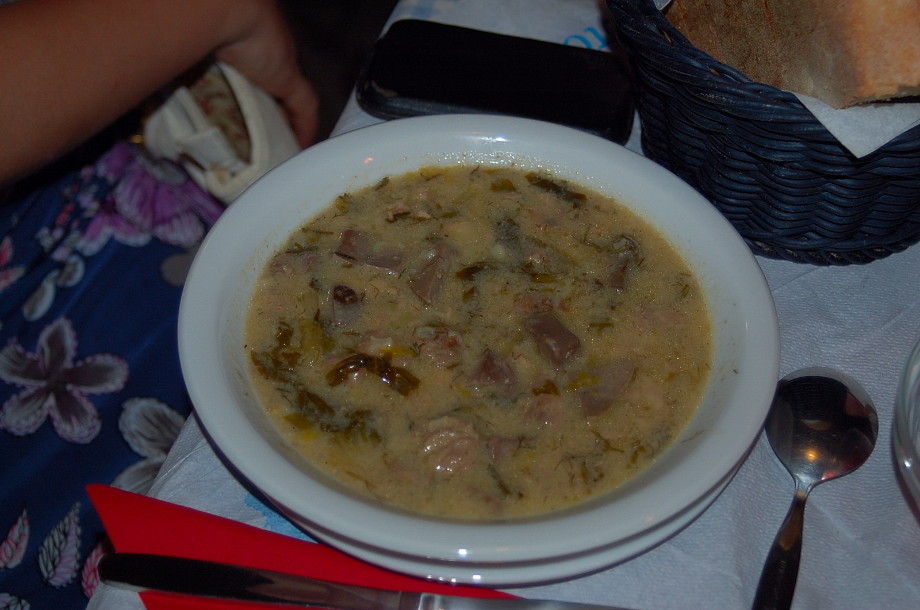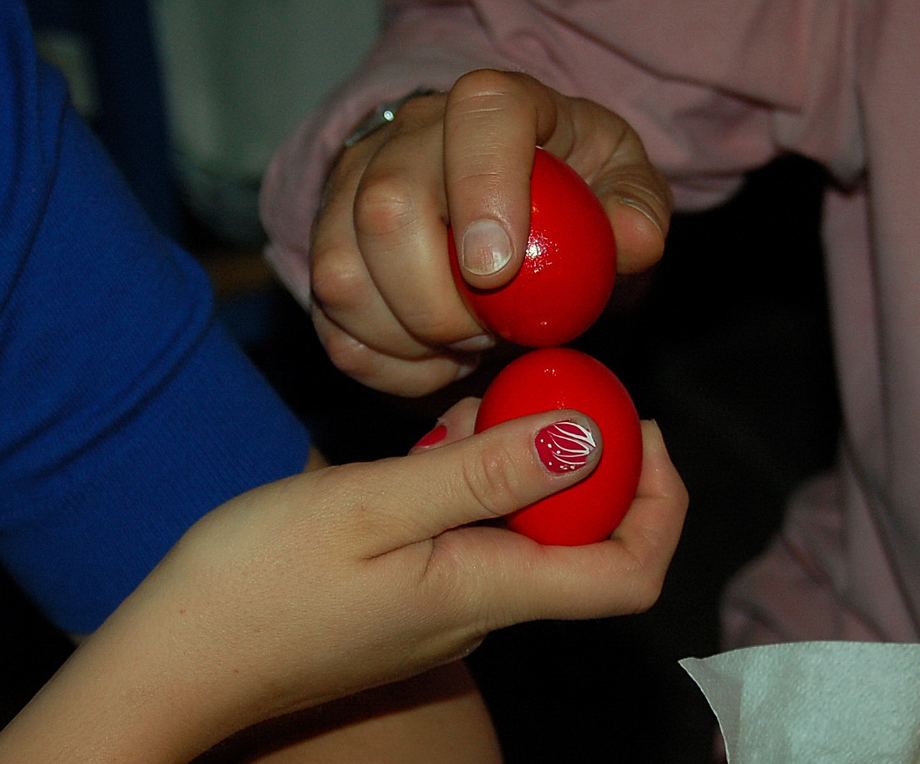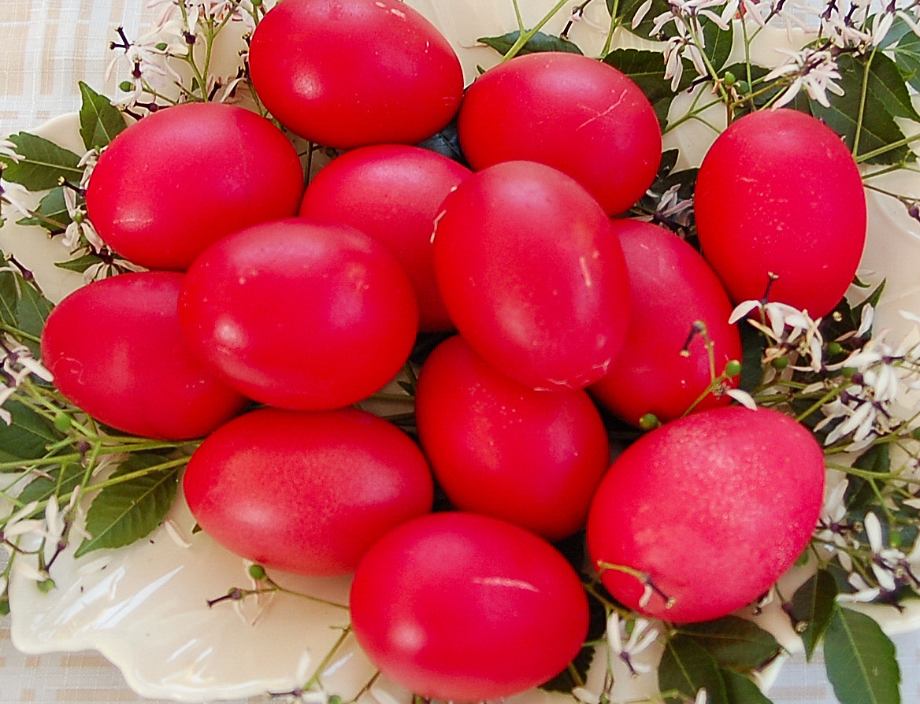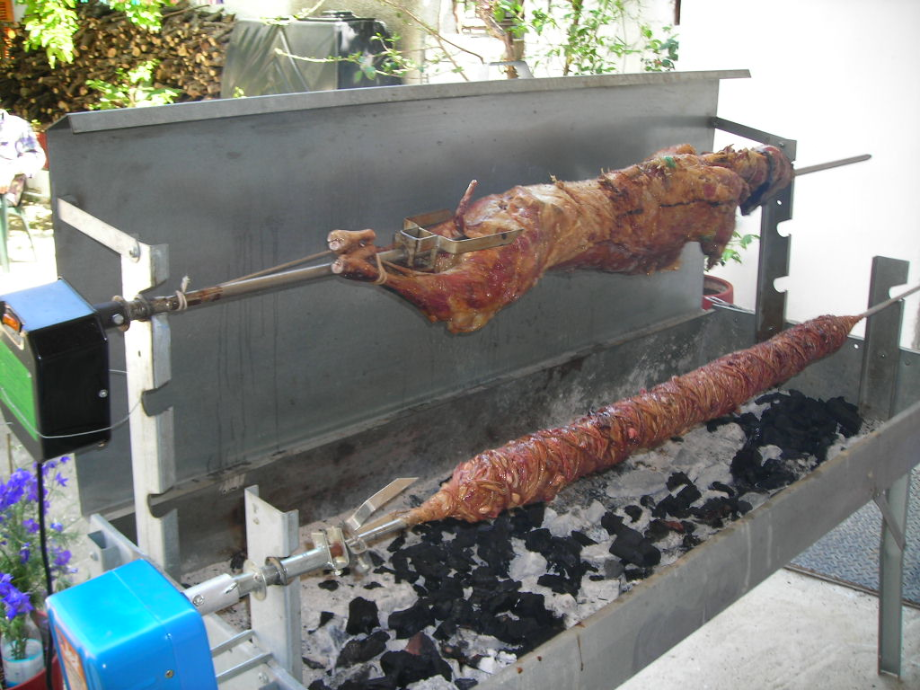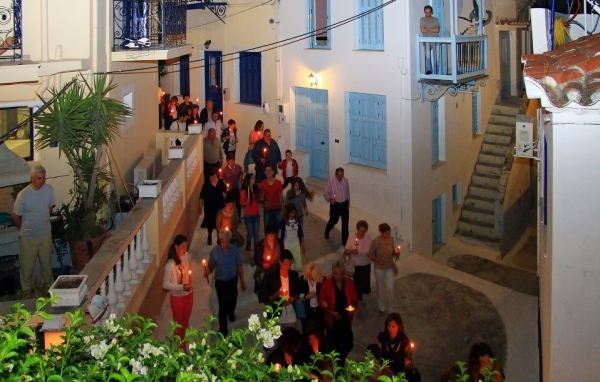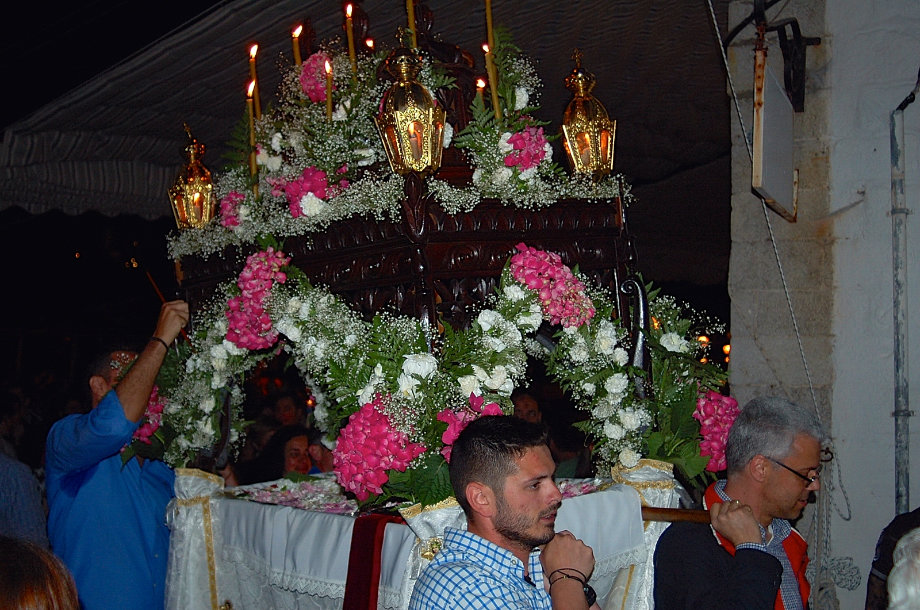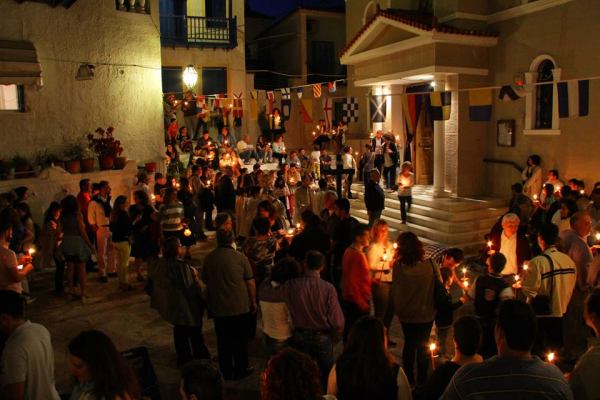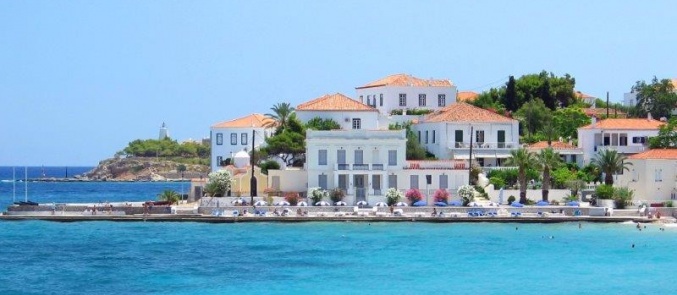Easter is a holiday loaded with symbolism for Christians throughout the world. But the Eastern Orthodox Church, to which most Greeks belong, has a unique way of blending the significance of two separate events that relate to Easter: on the one hand, the suffering and martyrdom of Jesus Christ, and on the other, the joy of his resurrection. These important religious events have become entwined (not by chance) with the coming of spring – the season of hope and rebirth. There is no better way to enjoy the Greek Easter rather than chartering a luxury yacht and visit the Saronic Gulf Islands.
Many of the customs practiced in Greece at Easter originated in the very distant past and were later adapted as Christianity spread, taking on religious significance. Four main events form the basis of Easter celebrations throughout the country: the dyeing of red eggs on Holy Thursday, the funerary procession of the Epitaphios (a bier representing the tomb of Christ) on Good Friday, the end of the 40-day fast with the resurrection of Christ on Easter Sunday (midnight on Saturday) and the festive Easter Sunday meal, accompanied by singing and dancing. Yet myriad local traditions also exist throughout the country, as each community celebrates Easter in its own way. Below are some of the most unique.
Preparation for Easter begins with Clean Monday, which is the first day of the seven week period (40 days, plus 7 days of Holy Week) of Great Lent leading up to Easter Sunday. In addition to fasting, almsgiving and prayer, Orthodox Greeks cut down on all entertainment and non-essential worldly activities, gradually eliminating them until Good Friday when Christ was crucified, the most austere day of the year.
A cruise around the Saronic Gulf Islands can start from Aegina. In Aegina, Easter appears in all its finery as the sea quietens and the harbor fills with yachts and sailboats moored alongside the local fishing boats. Fields and gardens are a burst of color, as poppies, daisies, freesias and roses burst into bloom, while neighborhoods are flooded with the aroma of baking Easter biscuits and sweet breads on Holy Thursday. Throughout Holy Week, the ouzeries and tavernas along the waterfront, both in town and beyond, do a roaring trade in tasty Lenten dishes, vegetable specialties and live shellfish.
The next stop should be Poros. The island’s natural beauty blossoms with spring, creating a picture-perfect backdrop for the most poignant holiday on the Orthodox calendar. Holy Week on Poros is special as islanders live the drama of the Passions of Christ. The mood is somber on Holy Thursday for the reading of the Twelve Gospels and the crucifixion. A somber silence hangs over the island on Good Friday, when Christ’s body is removed from the cross and placed on a wooden bier or epitaphios which the parish women decorate with flowers throughout the night. Shops and businesses are closed until the morning service is over. Church bells toll in mourning throughout the day and through early evening.
As night falls, locals go to their parish church, from where they will follow the “epitaphios” procession as it winds through the neighborhood. Good Friday is an especially memorable observance on Poros as the candle processions from the town’s four parishes converge at Plateia Iroon, the heroes’ square, on the main waterfront.
However the highlight of the Holy Week will be the “epitaphios” in the Kamini Port in Hydra. Good Friday is a day of religious mourning. It starts with quiet church services, followed by somber processions from the four main churches in Hydra town, all converging at the Cathedral Church of the Assumption of the Virgin Mary in Hydra harbor at around 21:30.
Each Hydra church procession holds an 'Epitafios' (an imitation of Christ's funeral bier) aloft at the front, with as many as 6-8 bearers and is followed by the priest who blesses the crowd with holy water as he walks along. The Epitafios will have been decorated all through the preceding Thursday night with an abundance of colorful fresh flowers. Hydriots (mainly women and children) valiantly sort, sew and thread flowers in local churches ready for Friday's ceremony.
Before it gets completely dark, the Church of St. John the Baptist in Kamini starts the Crusession (procession led by a cross) out of the church and down to the little harbor of Kamini where the bearers, young local boys, take the 'Epitafios' into the water and dip it gently so as to bless the water. The procession then goes back to the church where local parishioners continue the service until two in the morning and the crowds of onlookers in Kamini harbor, walk quickly along the coast road to join the throng in Hydra Town for the processions there. (See photograph at the top of this page.)
The final stop will be Spetses. Easter in Spetses island is magical. In spring, the aromas of the blooming gardens and jasmines will intoxicate you more than ever at the island of the perfumes, an ideal destination for the Easter holiday. Visit Spetses to experience the great solemnity of the Easter celebration and the special atmosphere of the island.
For midnight mass on the Saturday, throngs of people with unlighted, candles gather at Spetses' main churches on the harbour. These candles on Saturday are white (or brightly coloured - gifts from Godparents) as they signify that Christ will rise, as midnight strikes.
There are so many people gathered at these small churches that they cannot all fit inside and so the congregation overflows outside. At the end of the service the Bishop lights the candles from the main one in the church, then everyone starts to light each others, until even the people waiting outside have had their candles lit.
People shout 'CHRISTOS ANESTI' (Christ Has Risen) and kiss each other with joy. Then slowly everyone takes their candles home, using all sorts of odd methods to keep the light going. The candle smoke is used to make a cross on the ceiling above the main door of peoples' homes to bless the house and the residents who live there, for the coming year.
On the Sunday children share eggs with each other. The eggs are not the chocolate* kind but normal hens eggs that are hard boiled, dyed red and varnished. Some of them are magnificently decorated, especially for important family members. Wherever you go you will be offered a red egg. Even the baker makes special bread and cakes with red eggs in the middle.
*The Western influence over the last decade has meant that shops now sell chocolate eggs, but they are predominantly dark chocolate. Easter Sunday is a day of feasting with family and friends. If not at home, then at the larger more traditional tavernas the traditional meal of kokoretsi and whole lamb on a spit over charcoal slowly cooked out of doors, with plenty of Greek Salad, traditional bread, cheese and of course lots of wine to loosen inhibitions so that everyone gets up to dance! It is a wonderful, friendly and happy day that often lasts long into the night and has to be shared!
On Monday evening, just before sunset, in Kounoupitsa, everyone jostles to witness the execution of Judas. Traditionally the oldest man on the island uses what is reputed to be the oldest gun on the island to shoot the traitor, which theoretically should ignite the petrol douched effigy, signaling the start of the fireworks display. Invariably though, every man on the island with a gun takes a shot and after numerous false starts the Judas blaze finally gets going and only then do the fireworks start!
Charter a yacht from all4yachting.com with last minute discount and enjoy the unique Greek Easter in the Saronic Gulf Islands. A truly unique once in a life time experience for all sea addicts.
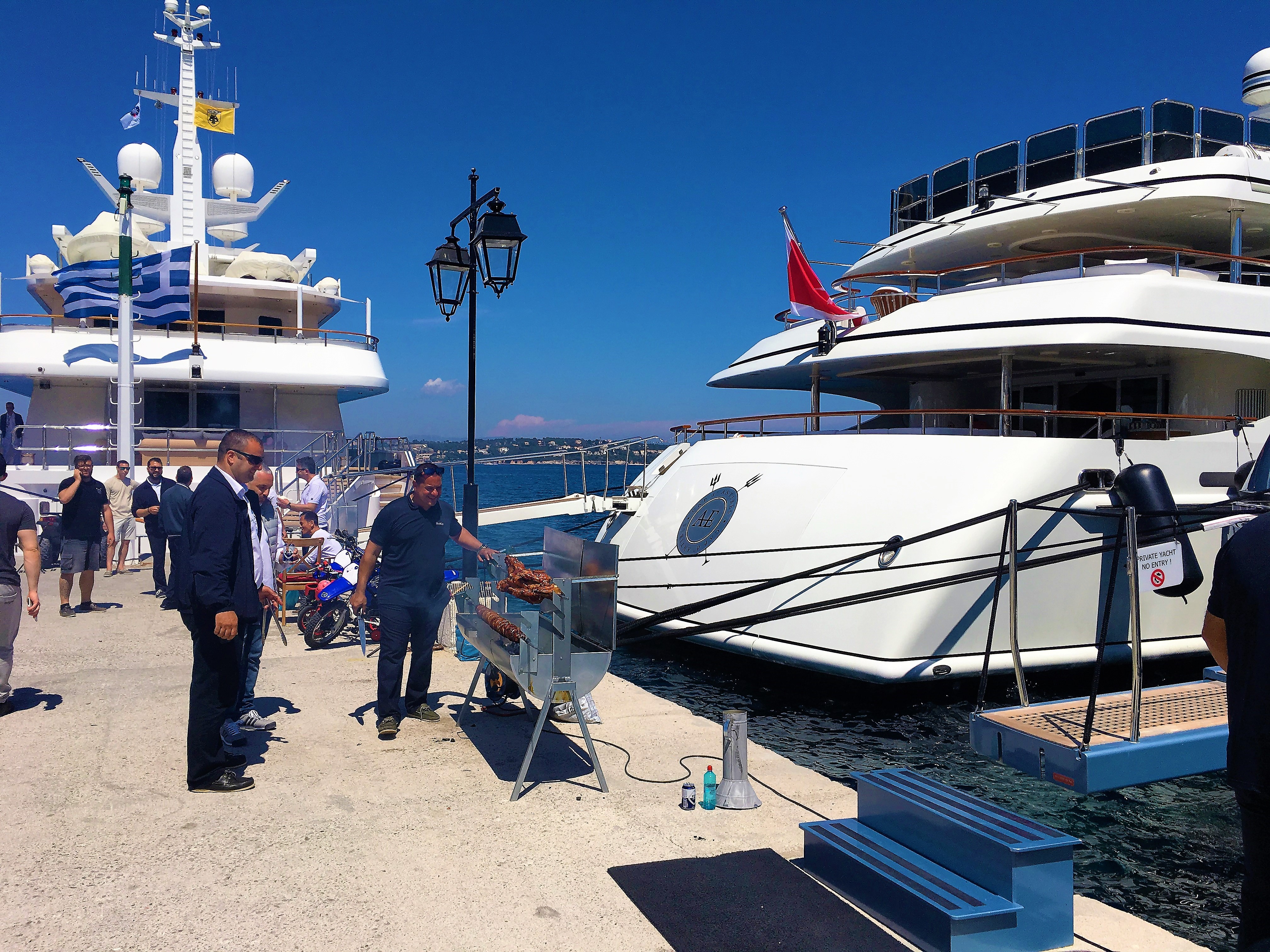
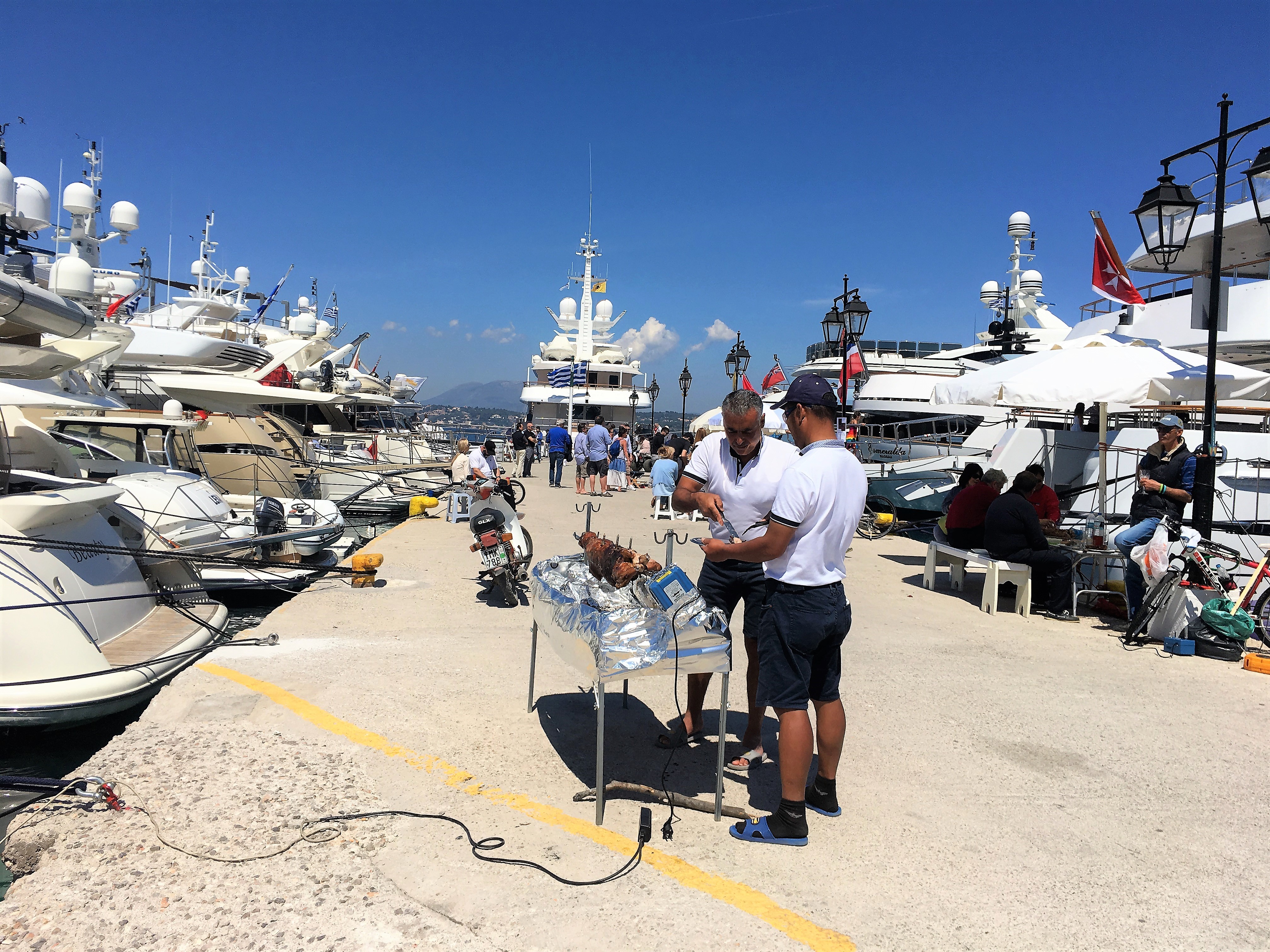
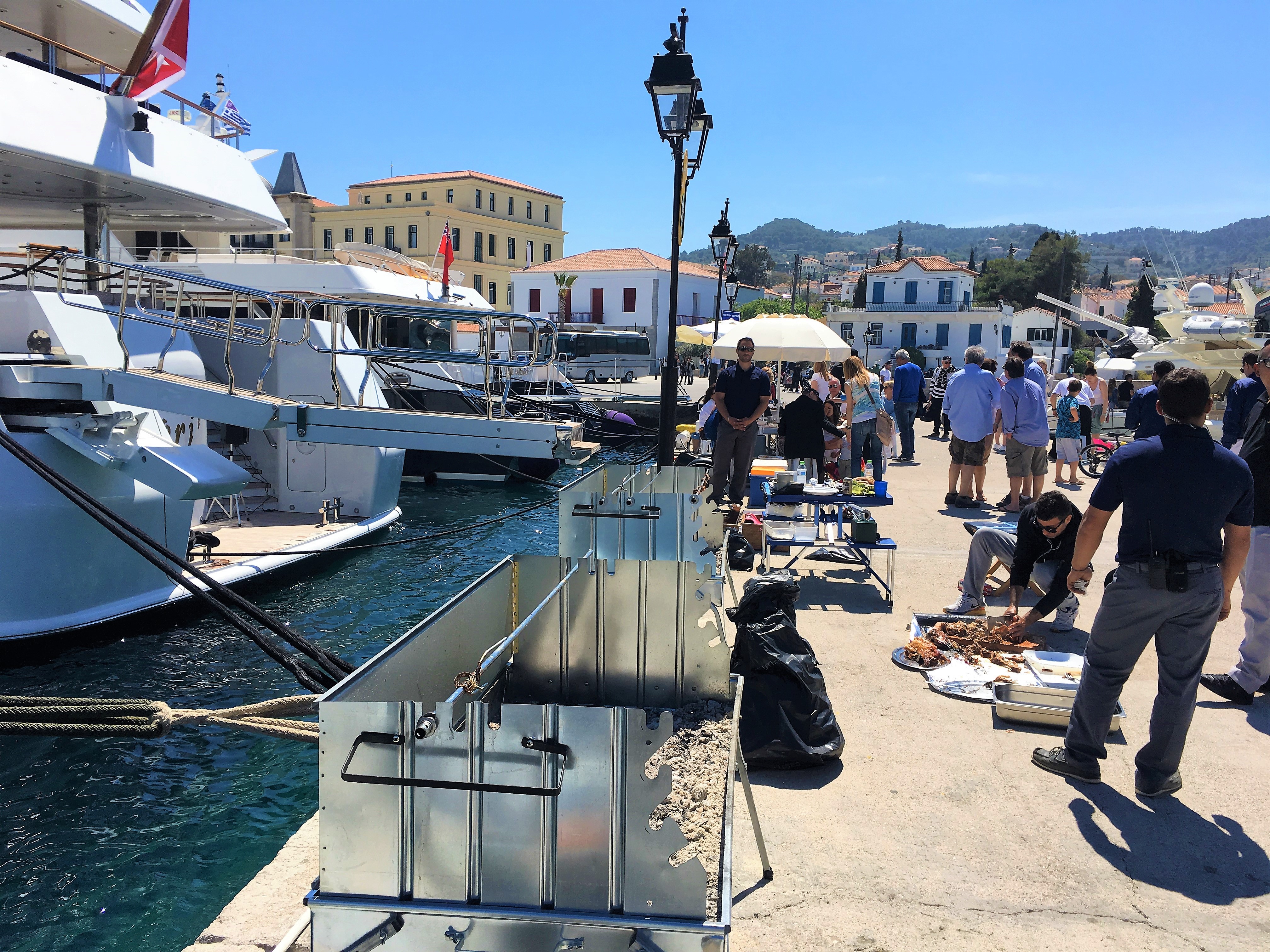
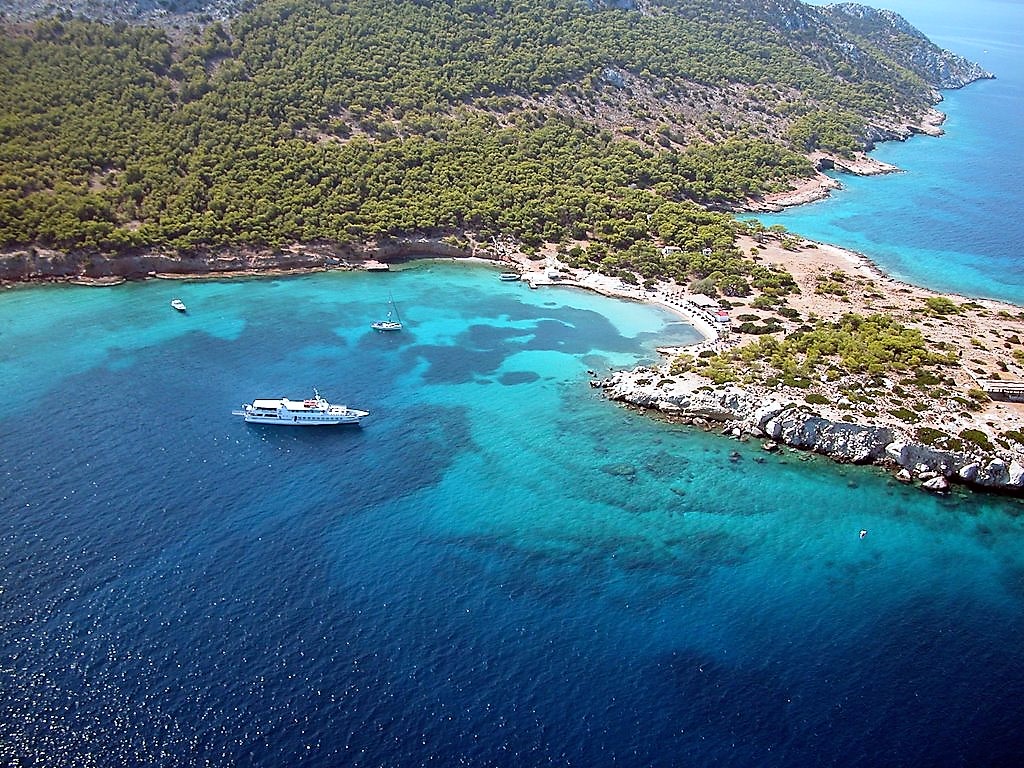
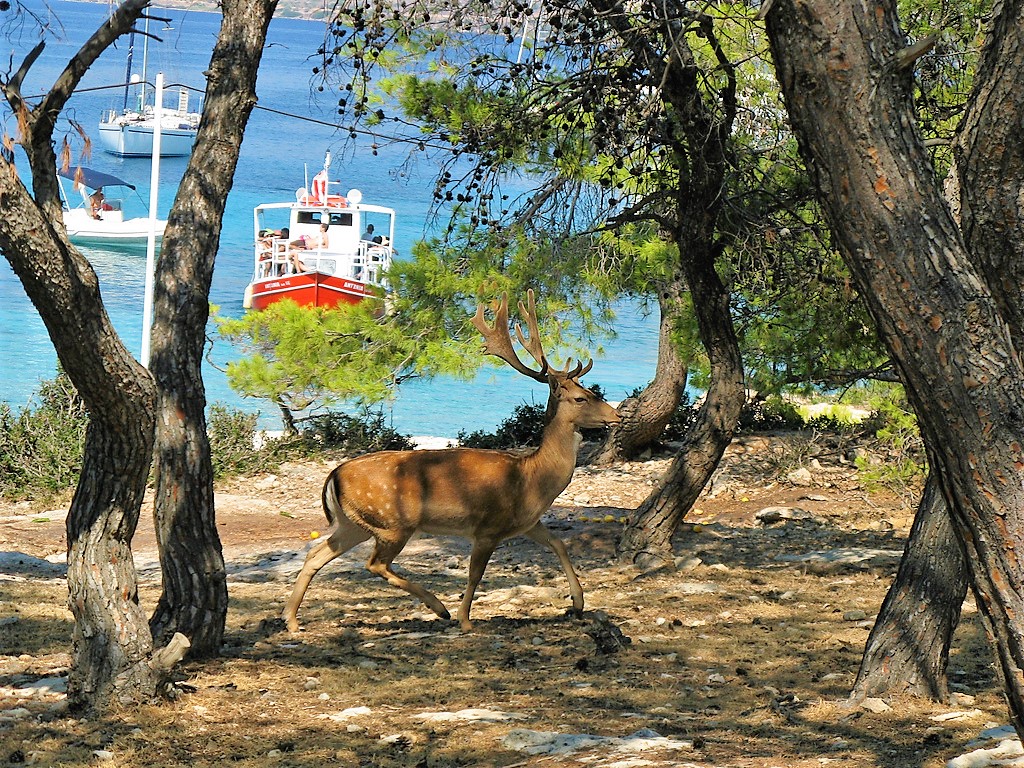
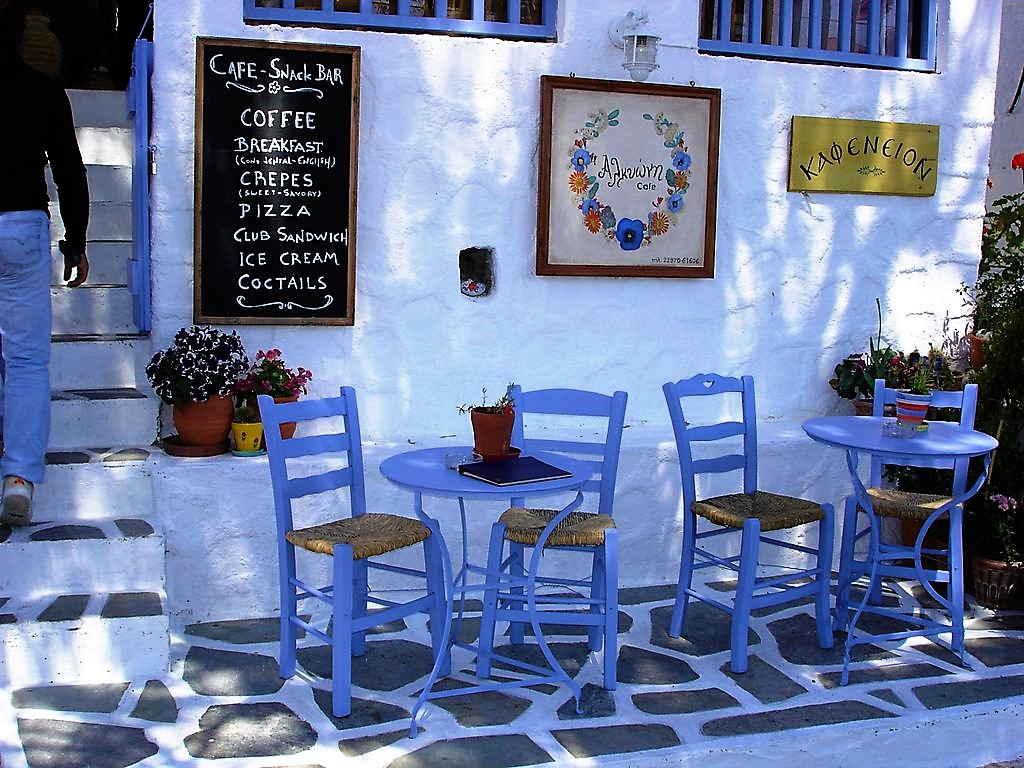
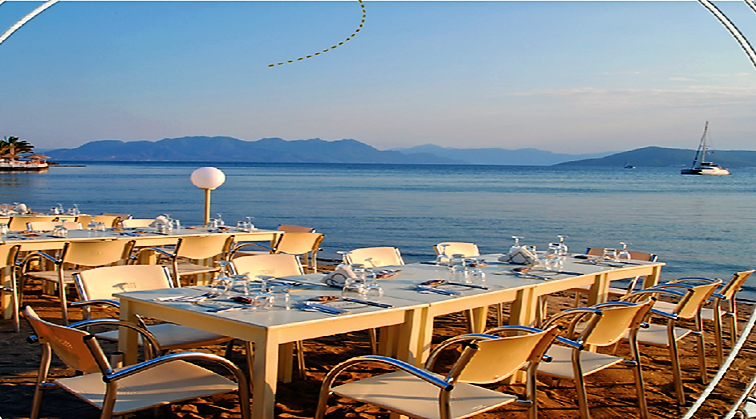
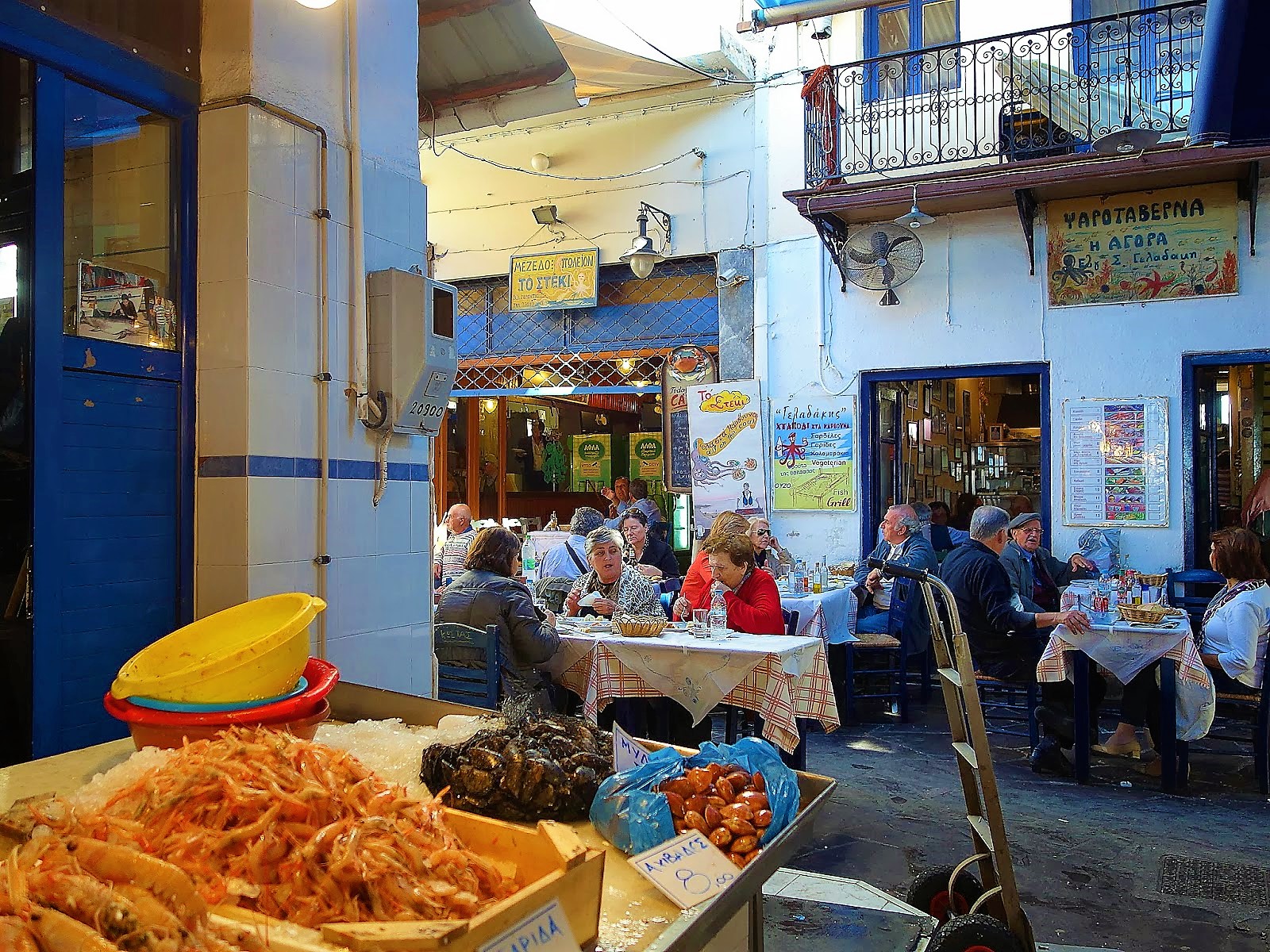
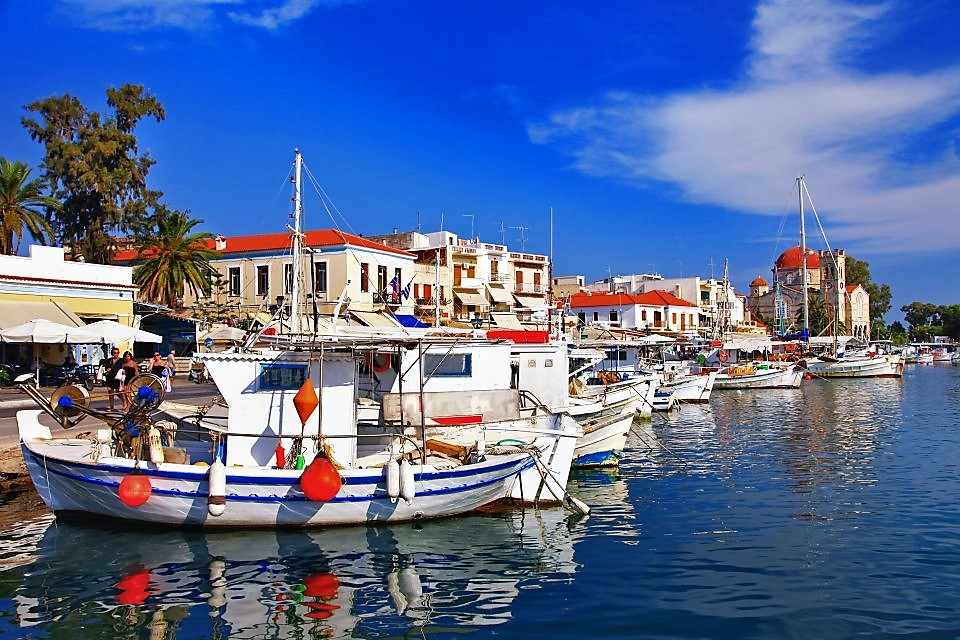
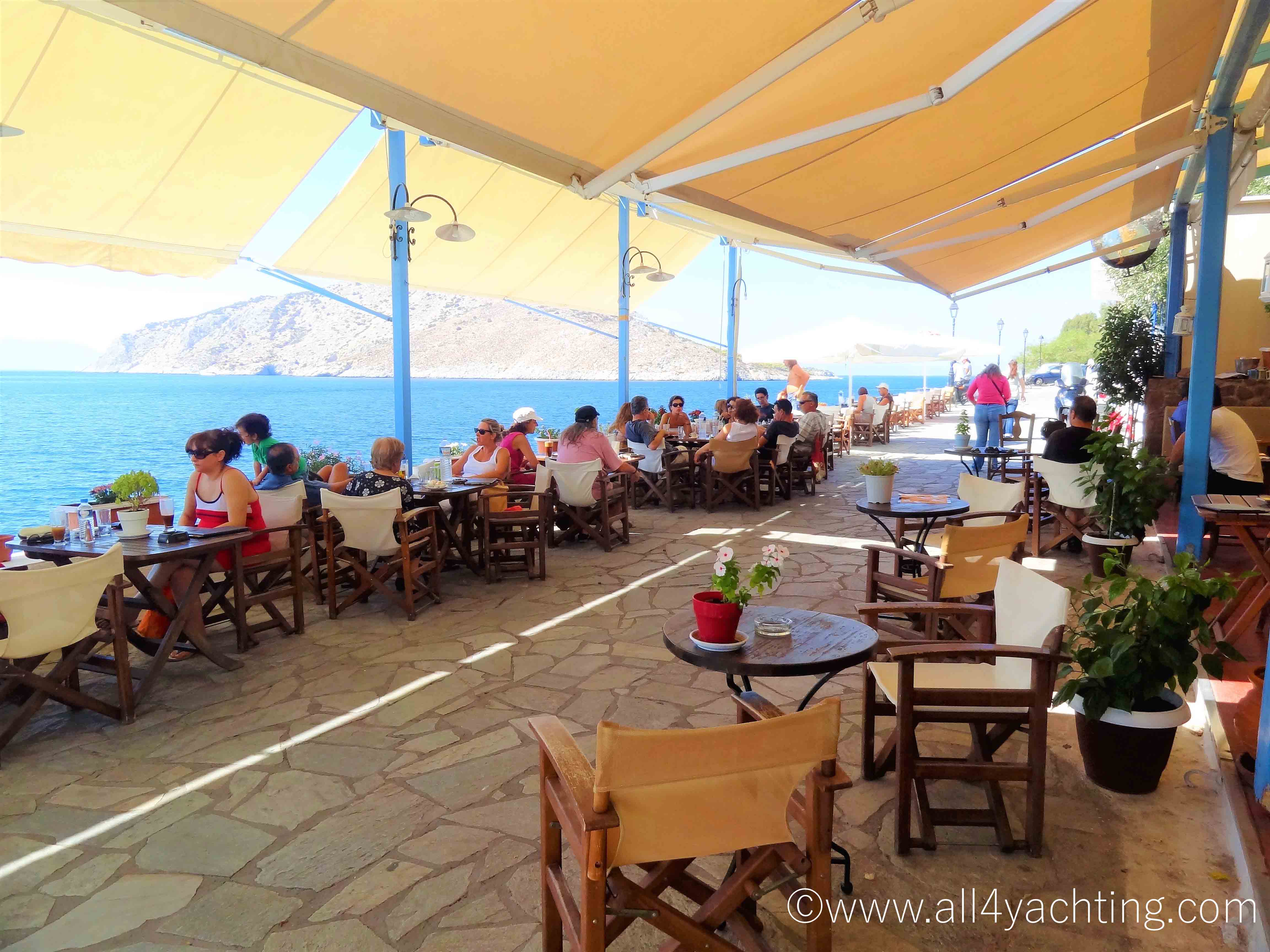
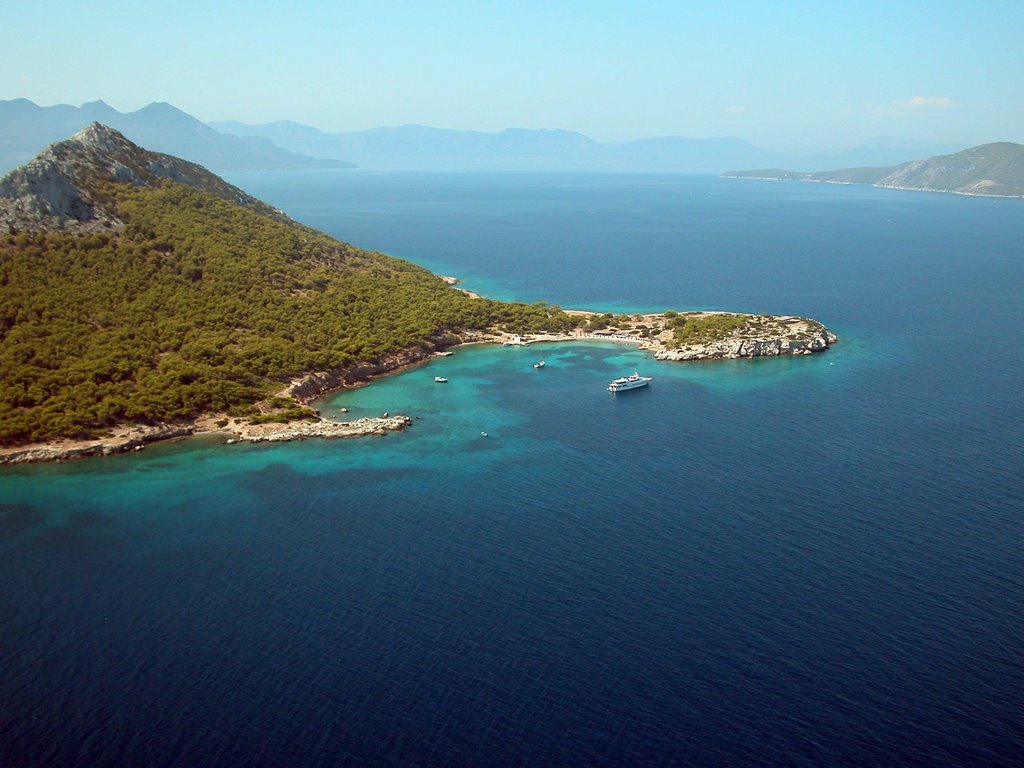
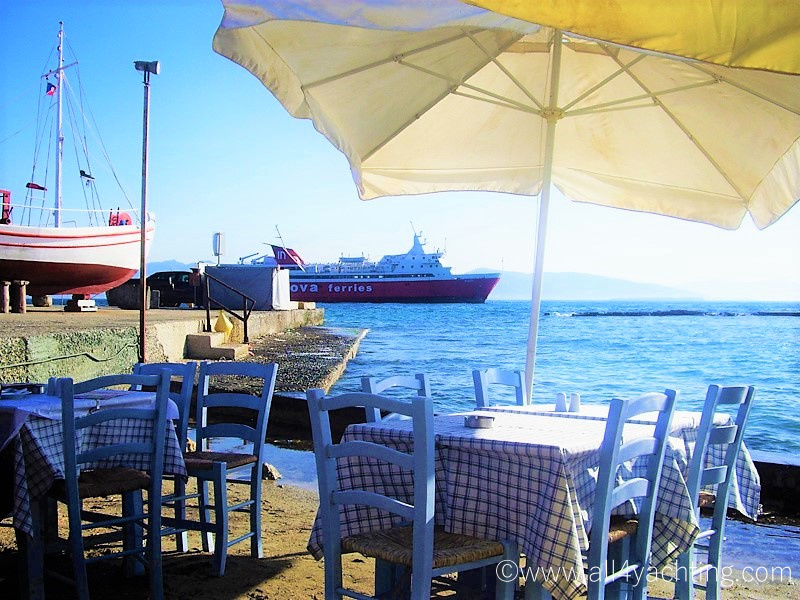
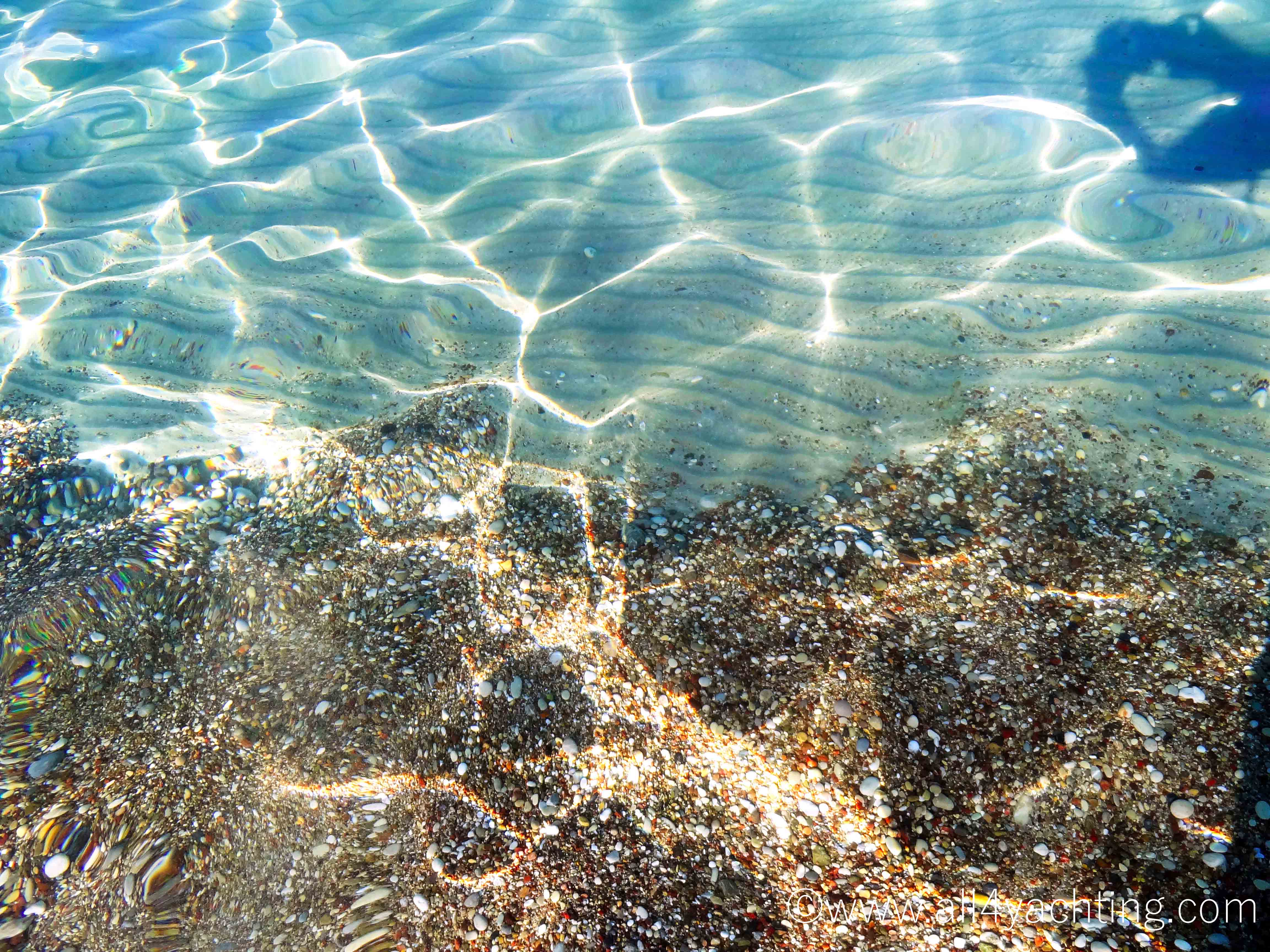
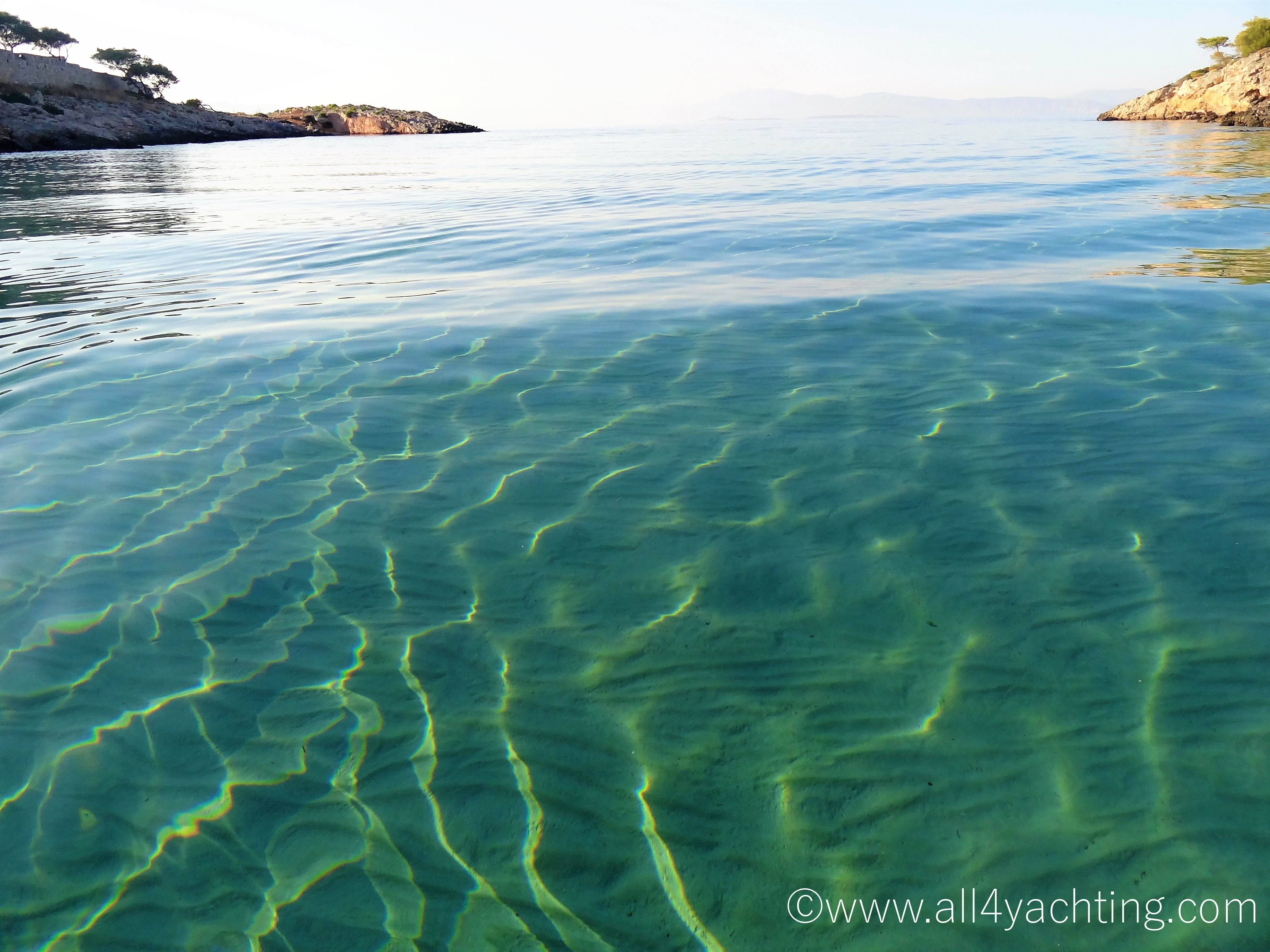
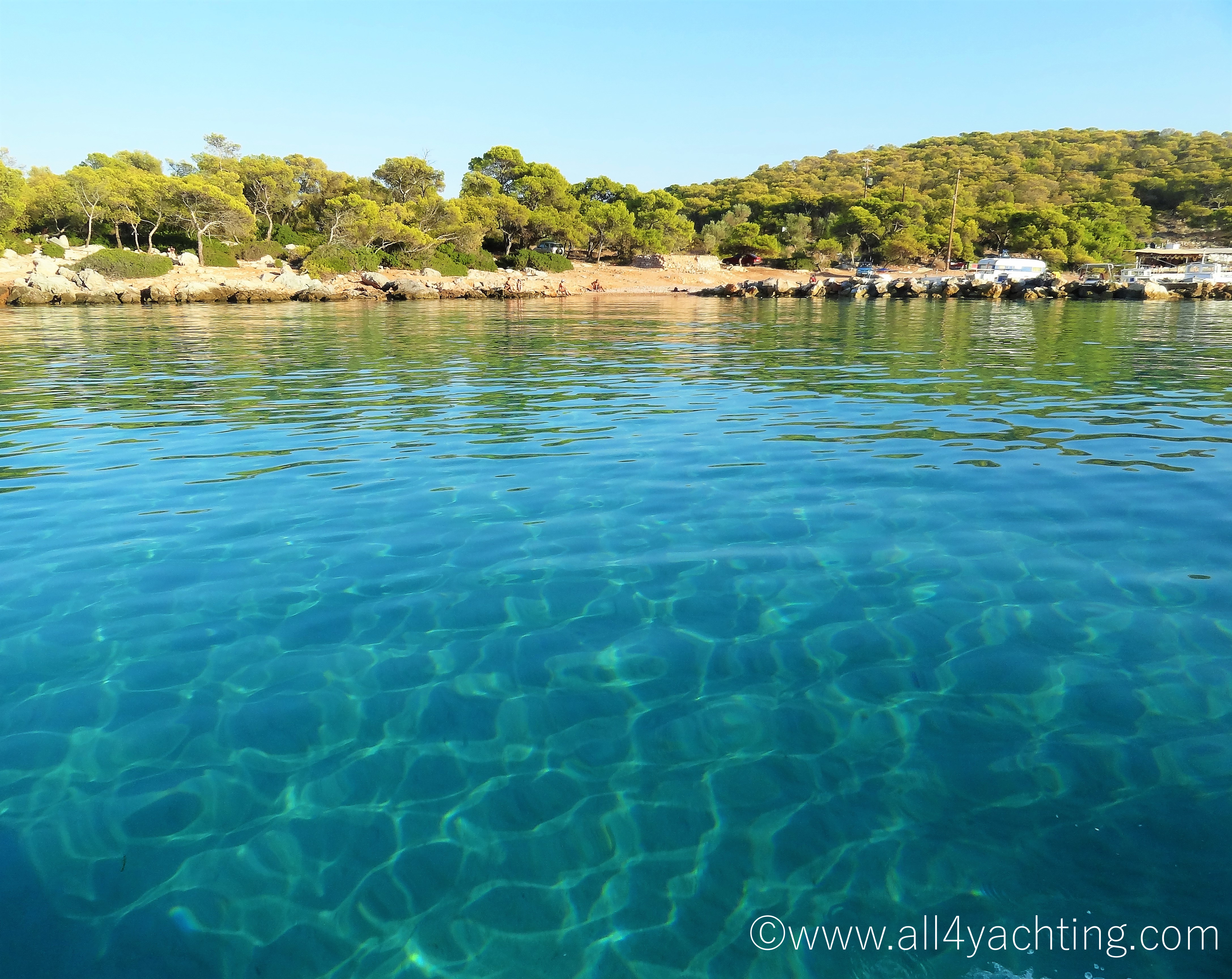
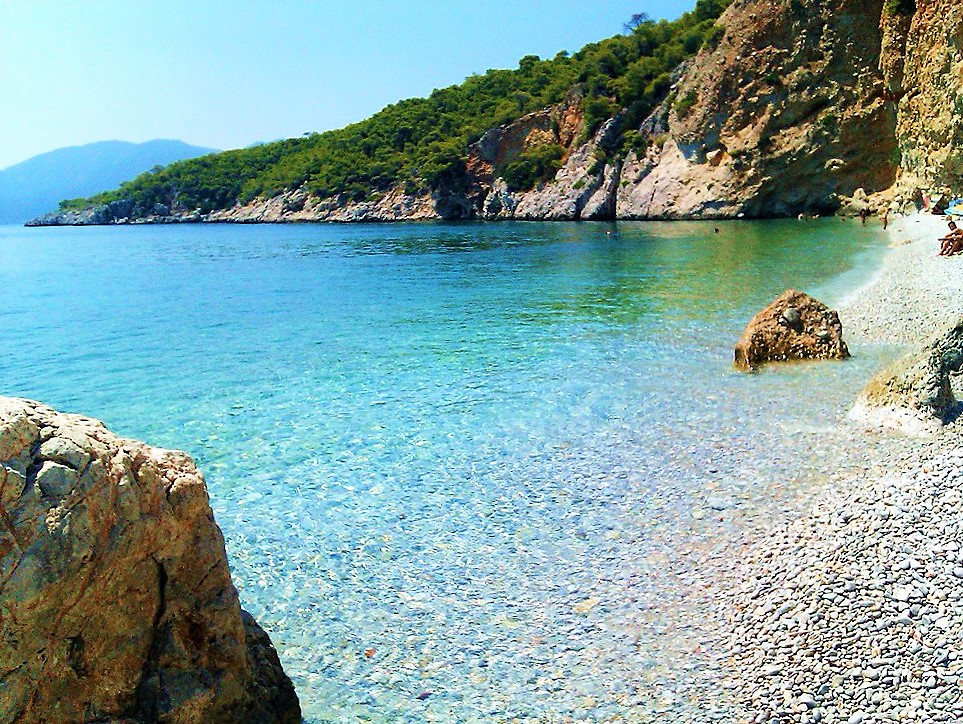
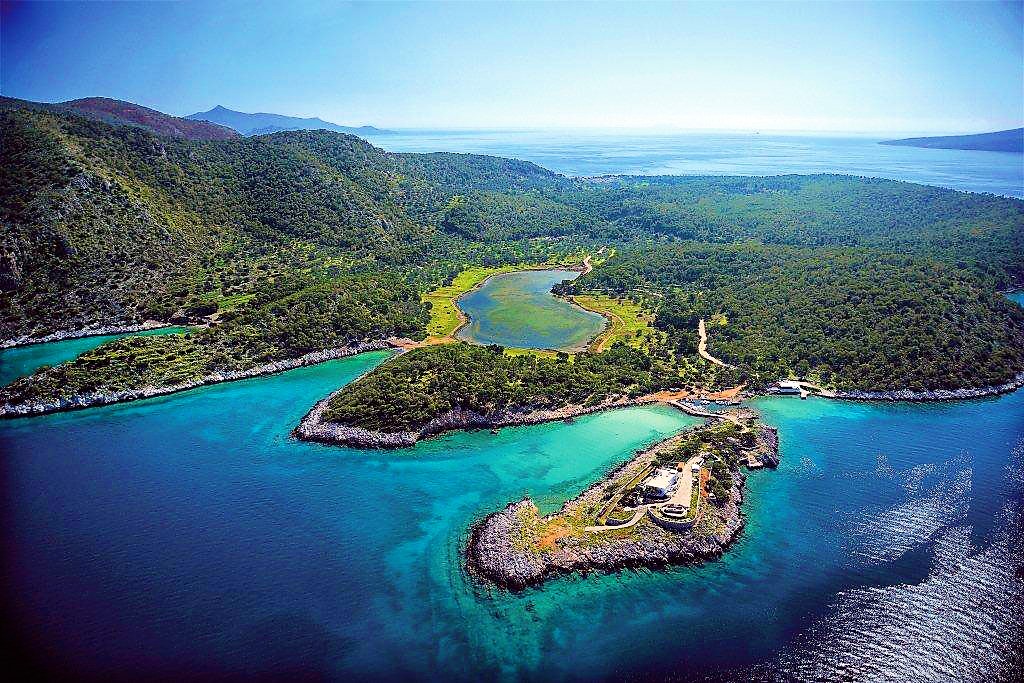
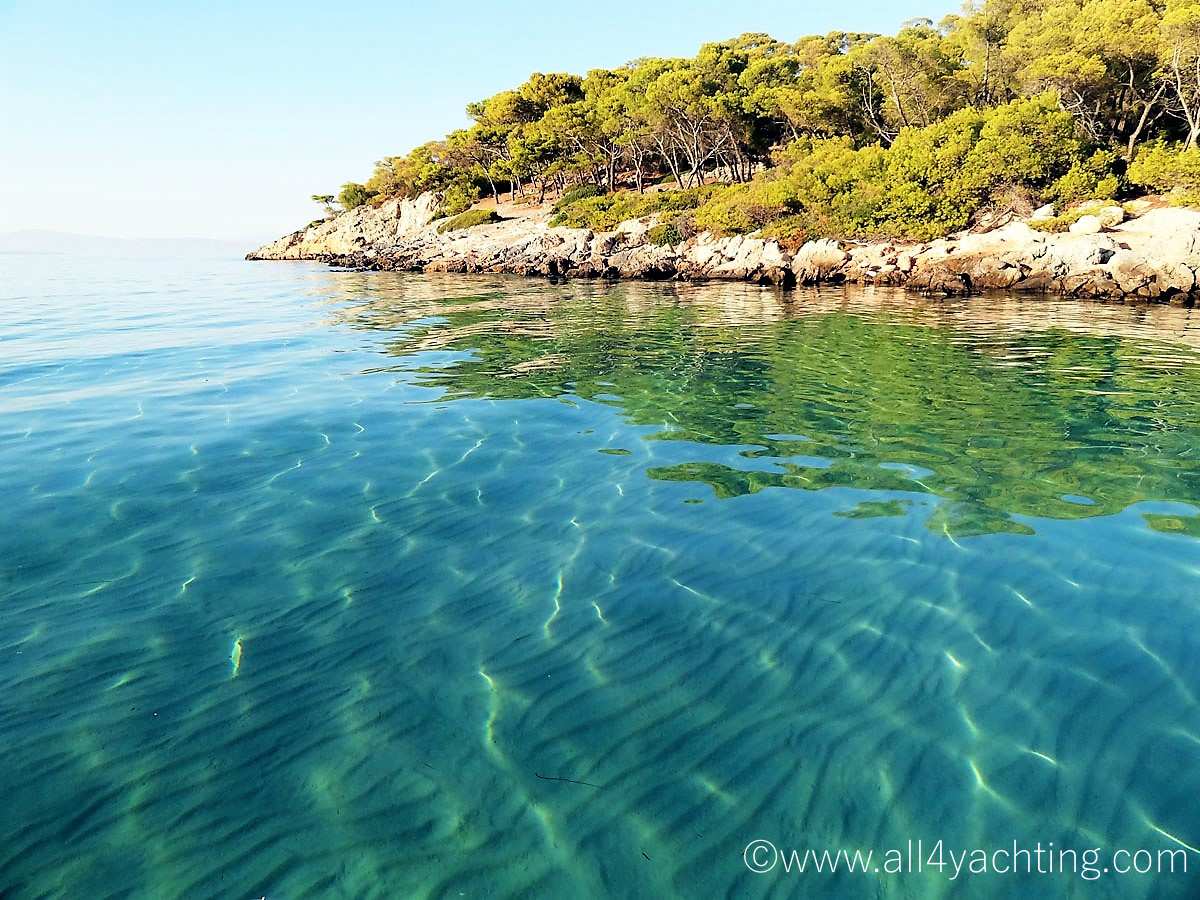
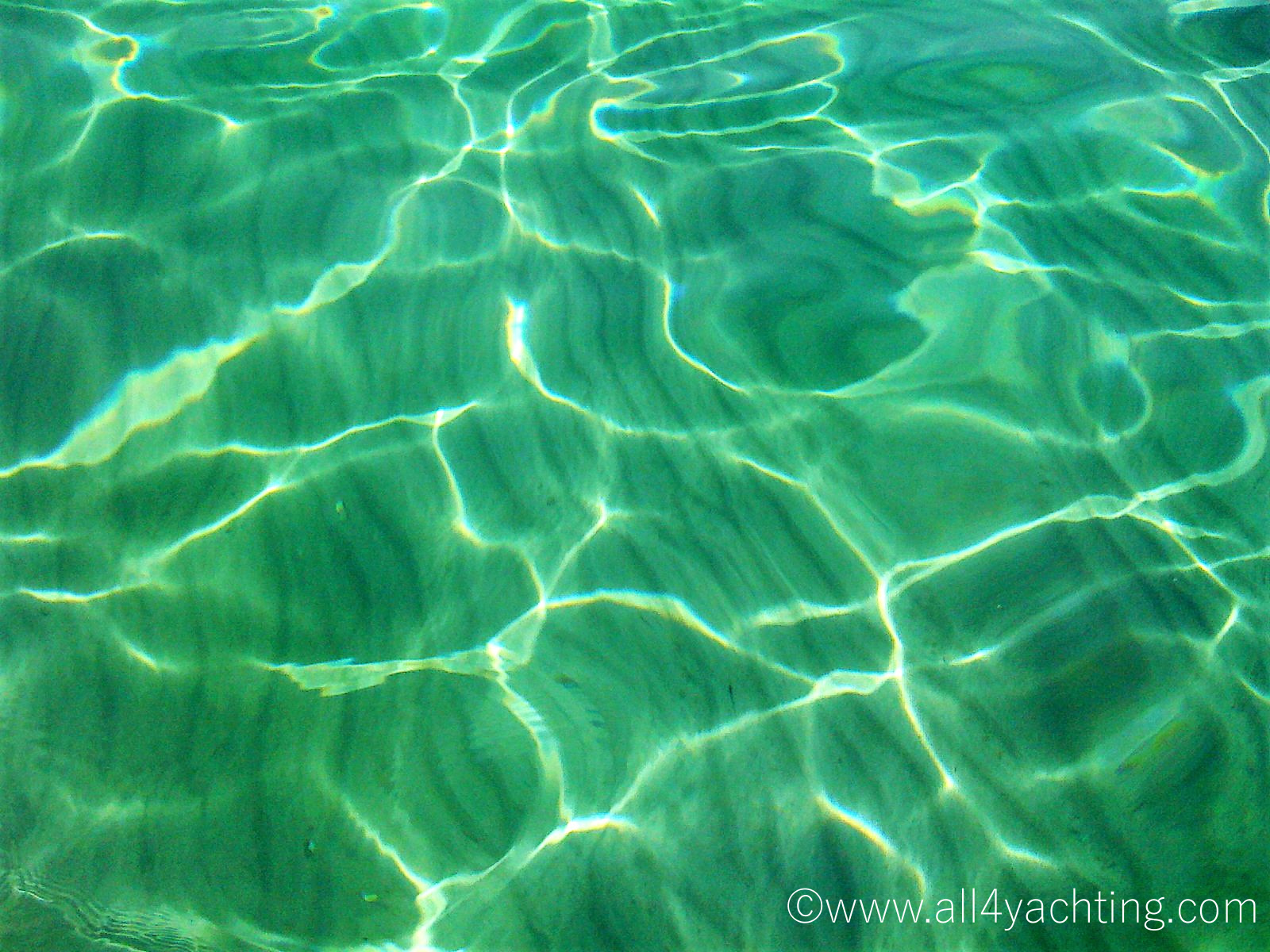
.jpg)
